Hello, fellow flight-reporters!
After some wonderful days in the sunny north of Chile, I'm flying back to Santiago for the second part of my winter holidays.
This time we will look more closely at Desierto de Atacama airport, which serves Copiapó and some other nicer places nearby.
As for the town itself, you will see in the pre-flight bonus why you can perfectly skip this destination whenever you visit Chile.
This is leg 3 of 8 of this trip.
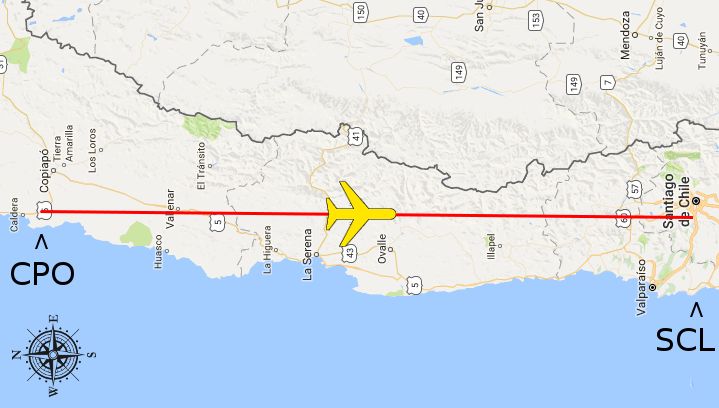
You can also read the reports for legs 1, 2, 4, 5, 6, 7, and 8.
Pre-flight bonus: Cough-piapó
I wonder if the origins of mankind were in Copiapó. Some people say we were made from dust, and dust is abundant in, on, under and all around this town.
The ONLY relatively clean place in the town is its Plaza de Armas (the little park traditionally placed in the middle of each town founded by Spanish conquistadors)
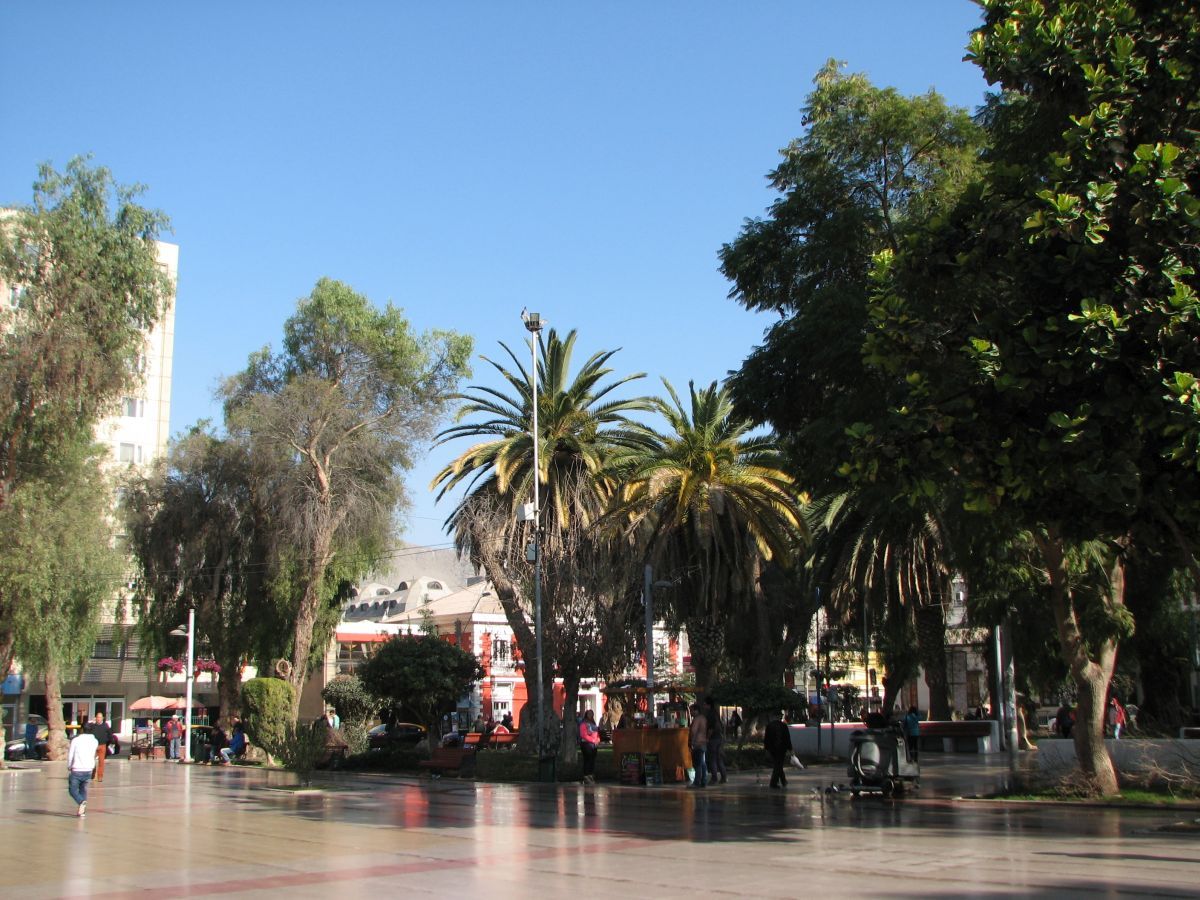
Old trees, shade…
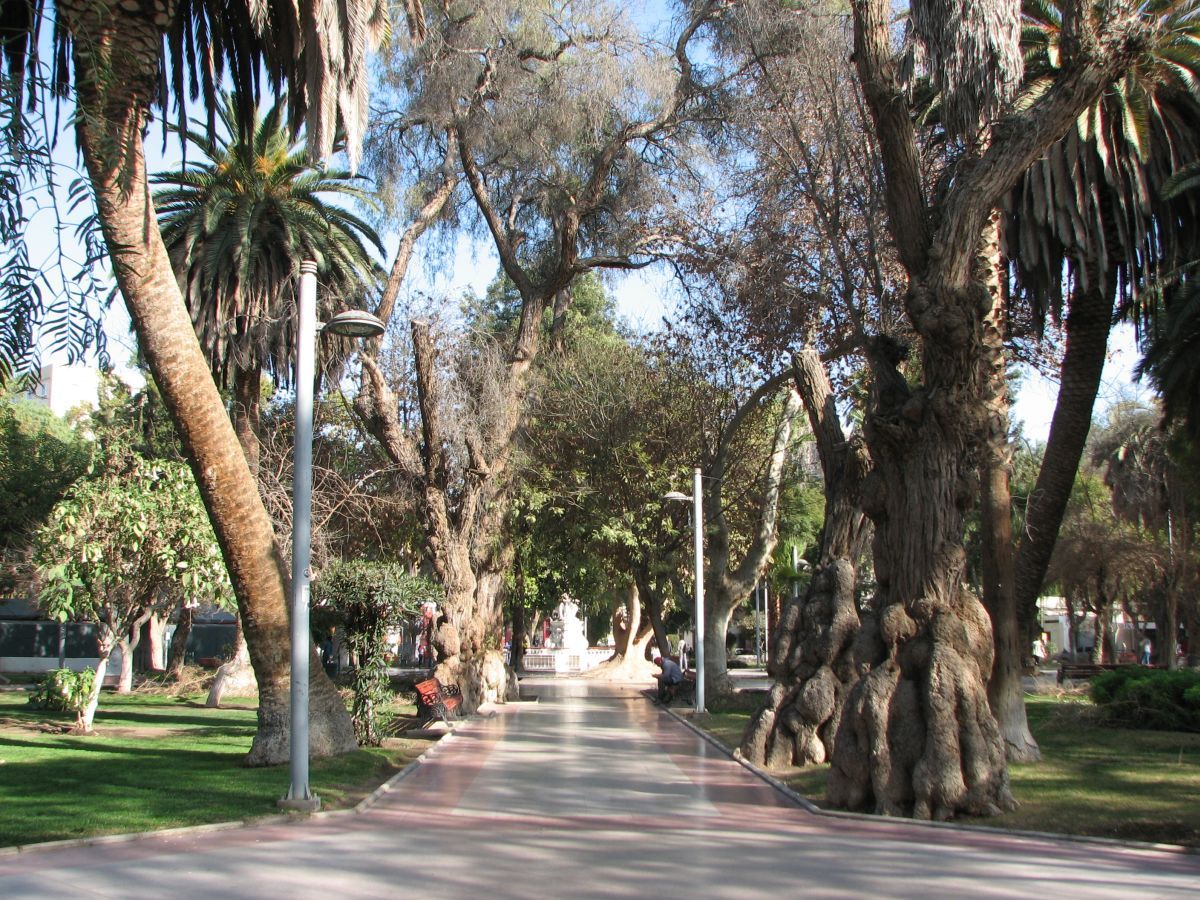
…a quiet place to relax..
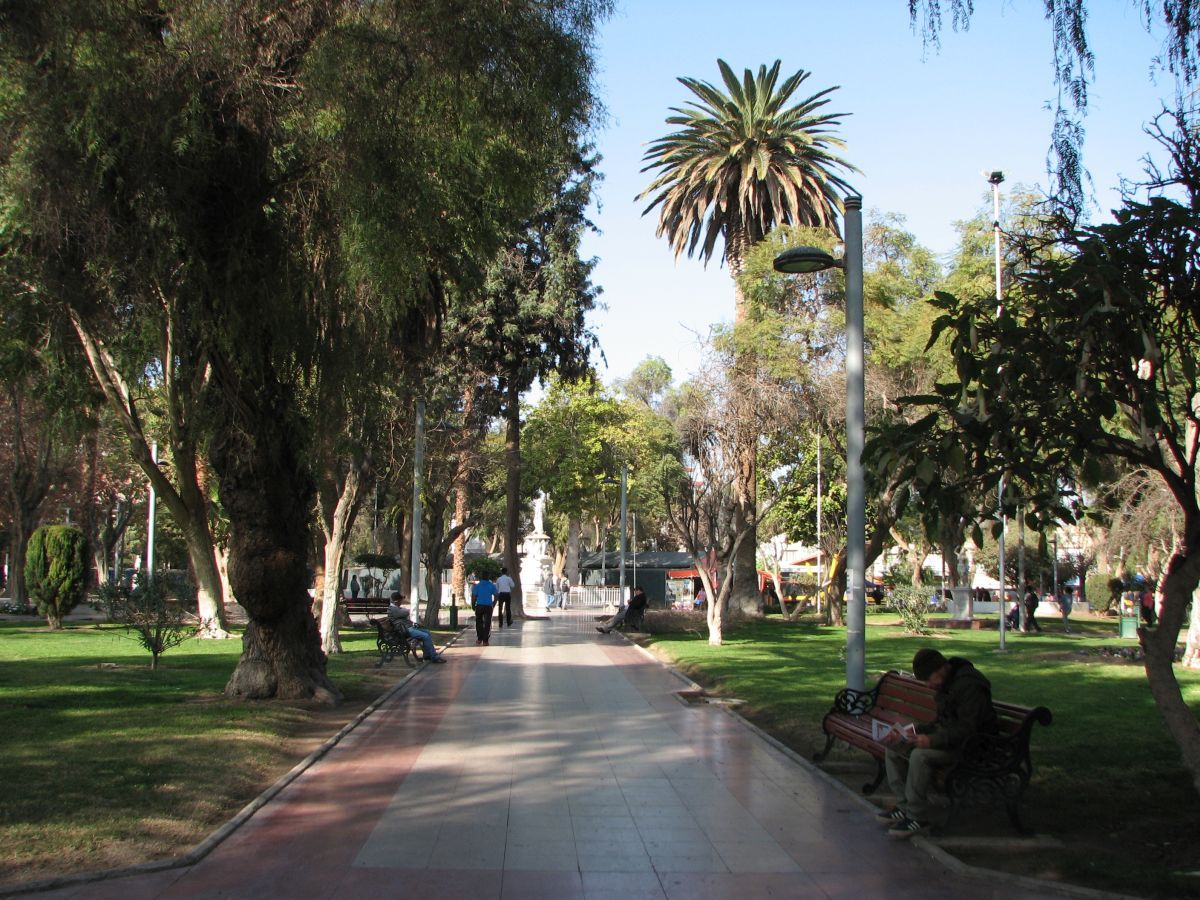
And that would be all there is to see. The rest is…
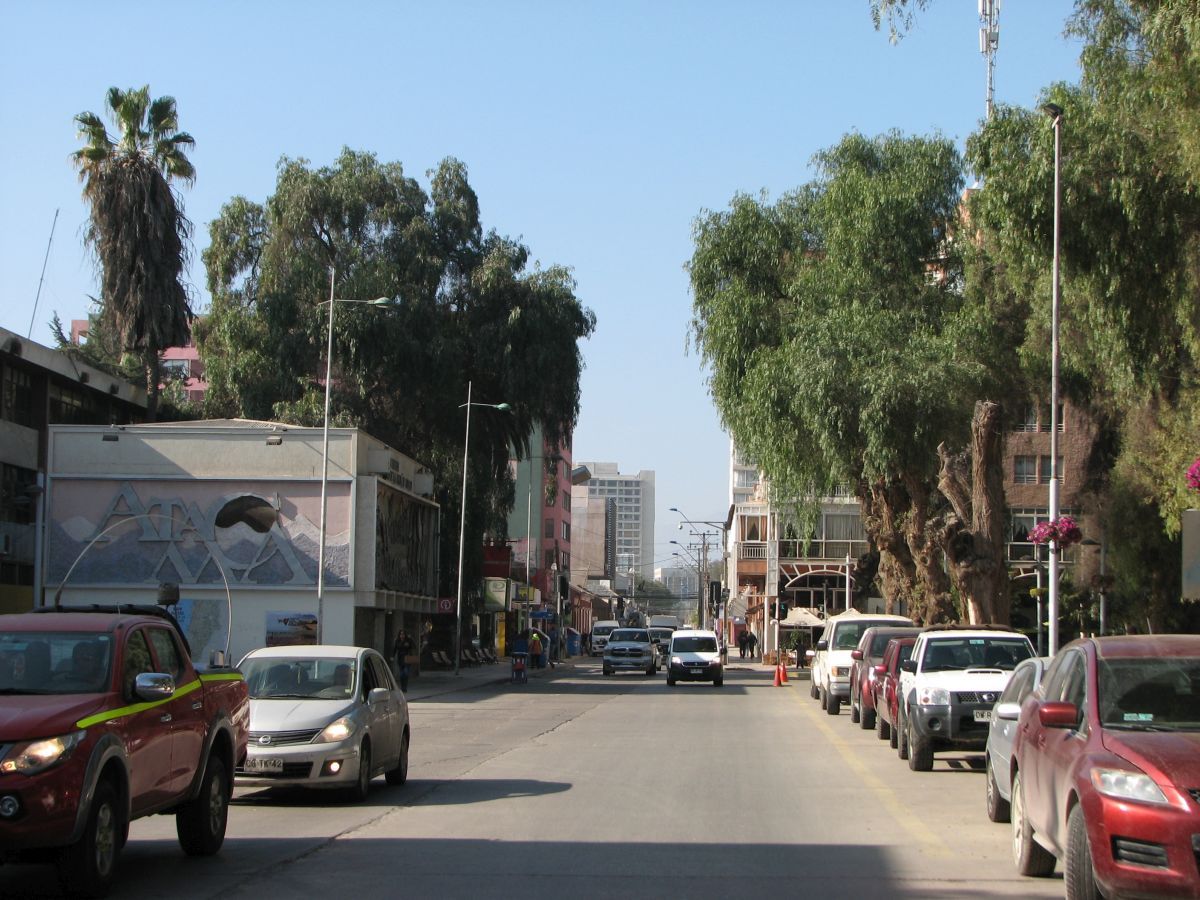
…close to the definition of a "shanty town".
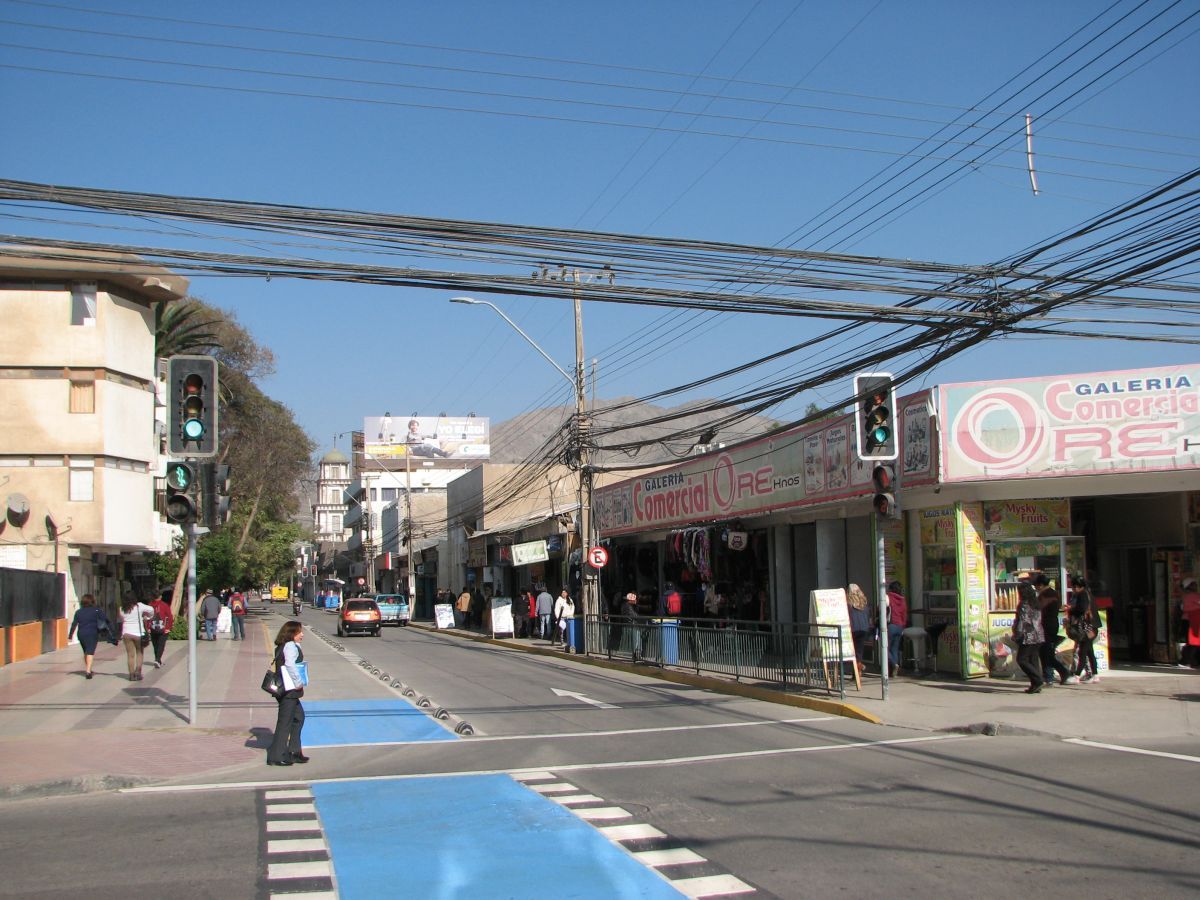
99% of the town looks like the street below these lines. Crumbling adobe houses, dirty streets…
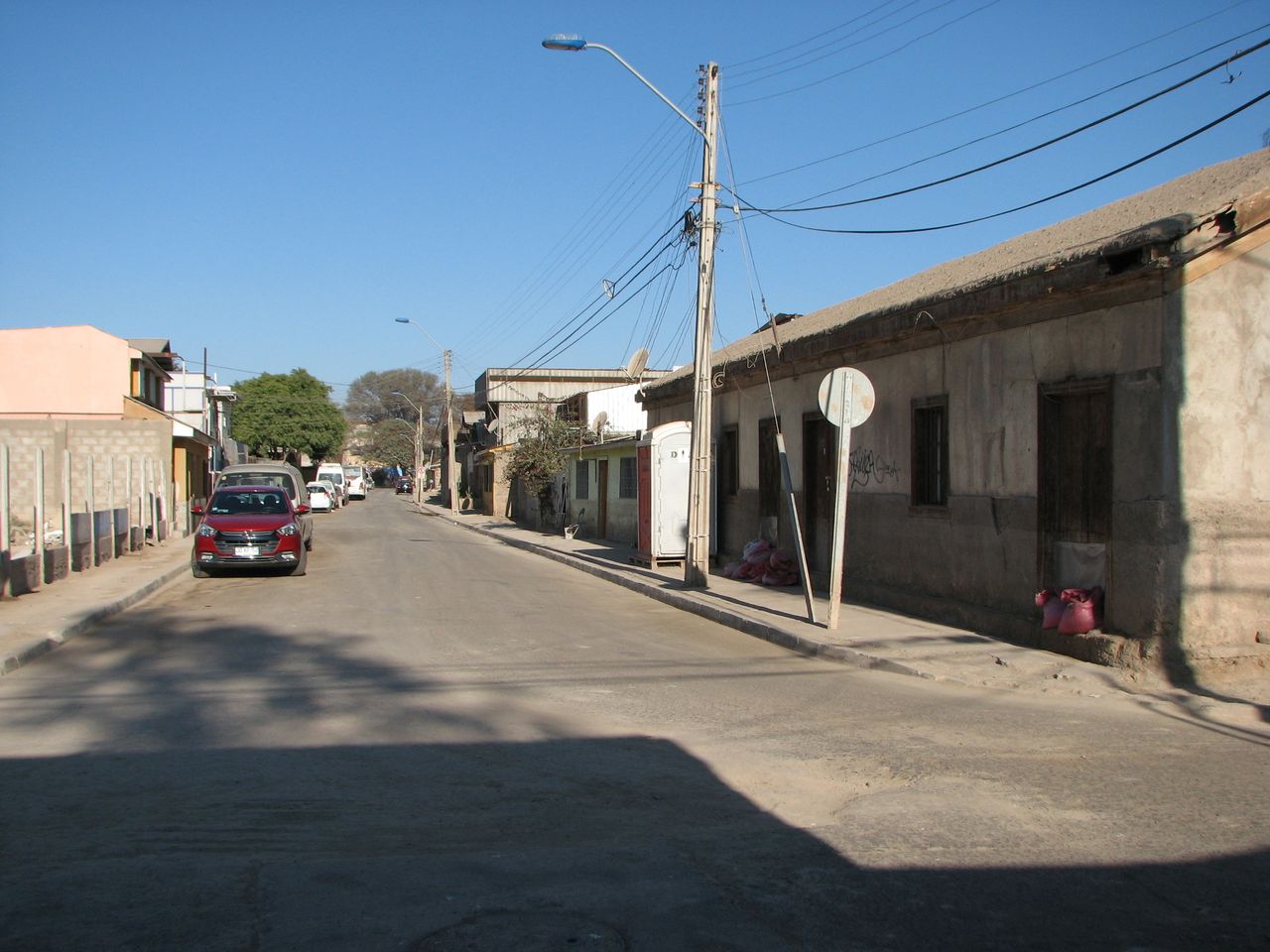
…and dust. Walls, cars, roofs, streets, everything is covered with dust. It was so bad, that I had red eyes and a runny nose all the time. I only felt better when I was back in the smog of Santiago!
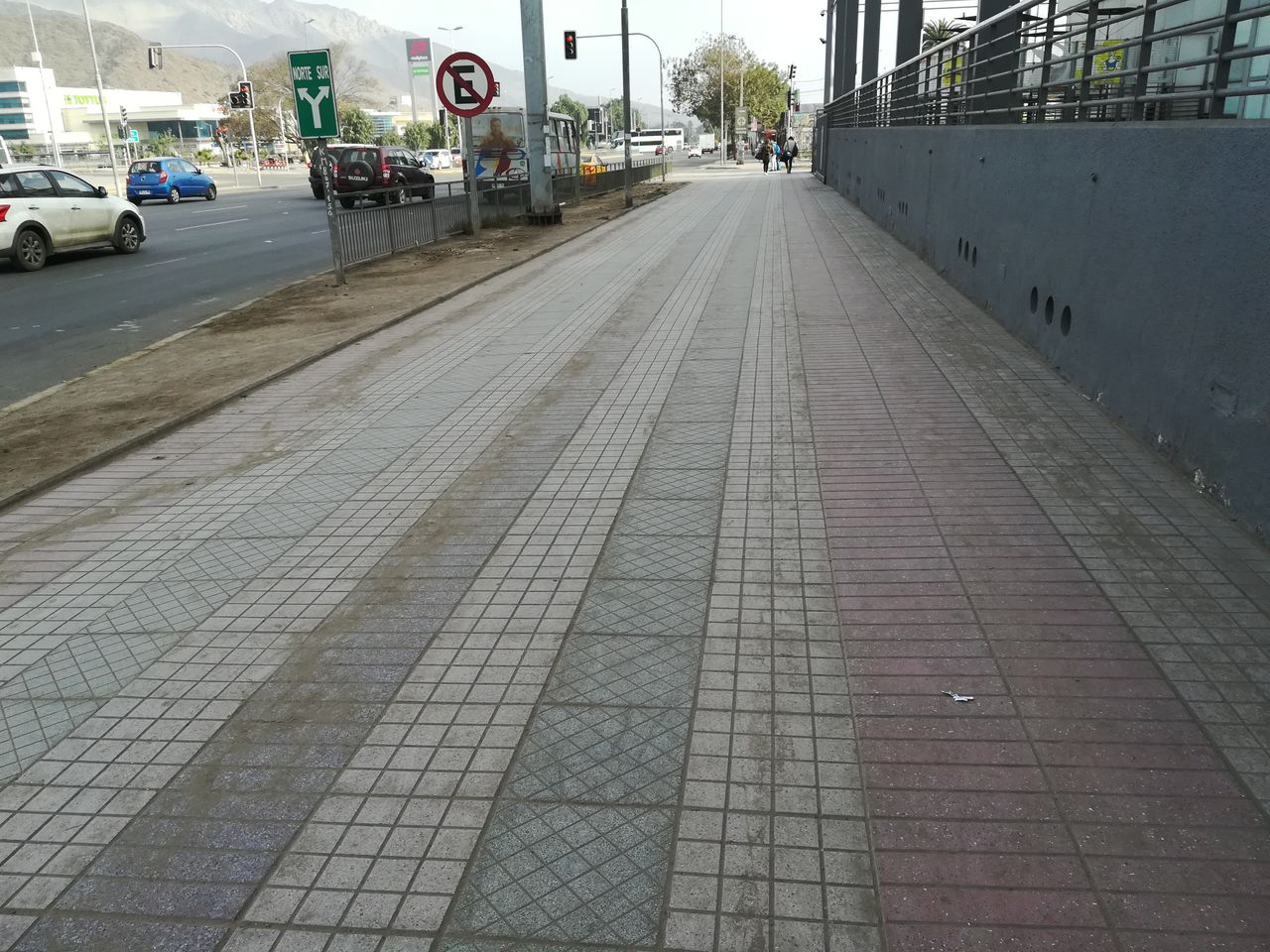
Much of the dust originates here, the bed of river Copiapó.
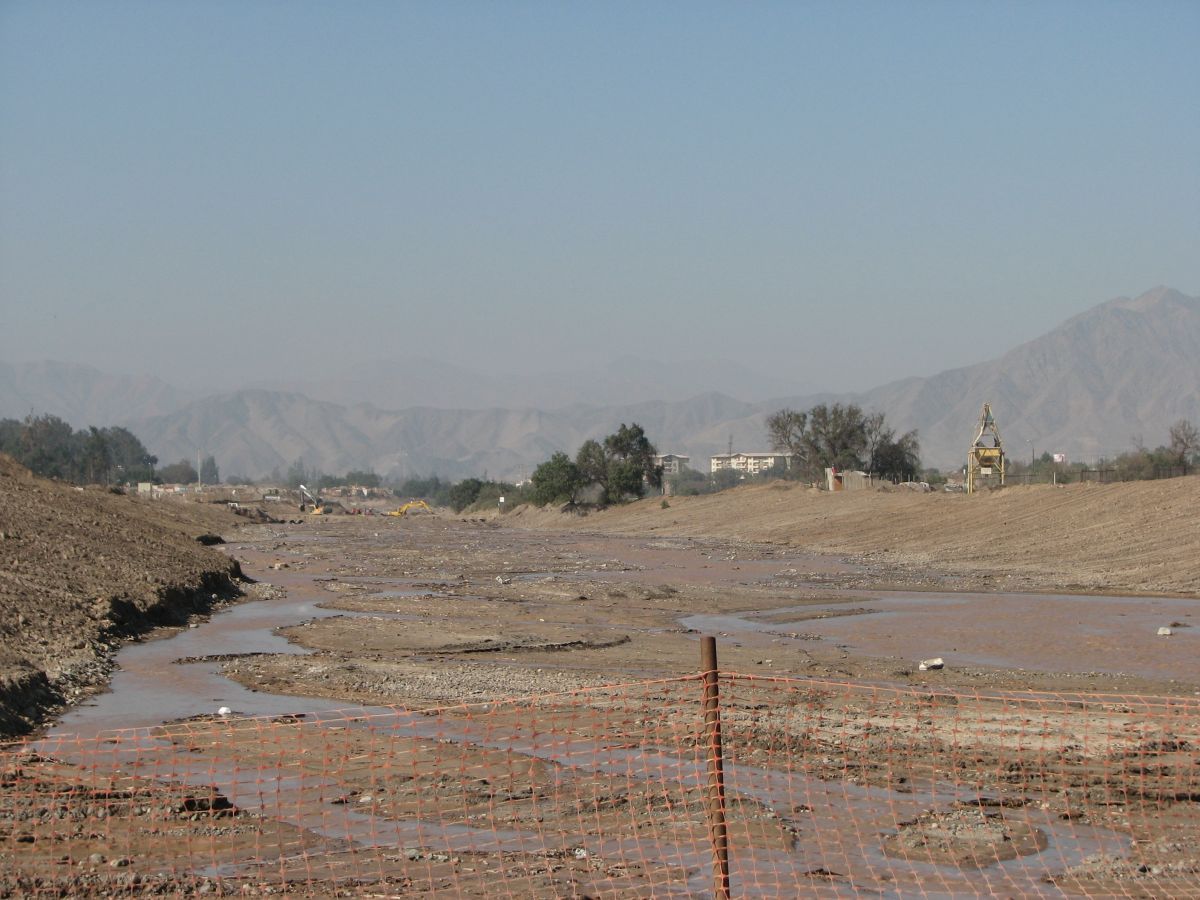
All the work you see here is an effort to control its flow, and recover parks and infrastructure along the river, destroyed after raising temperatures caused rains at altitudes higher than usual (where it only used to snow) on the mountains east of Copiapó in 2015, melting more snow than usual and causing a huge mudslide that covered the city.
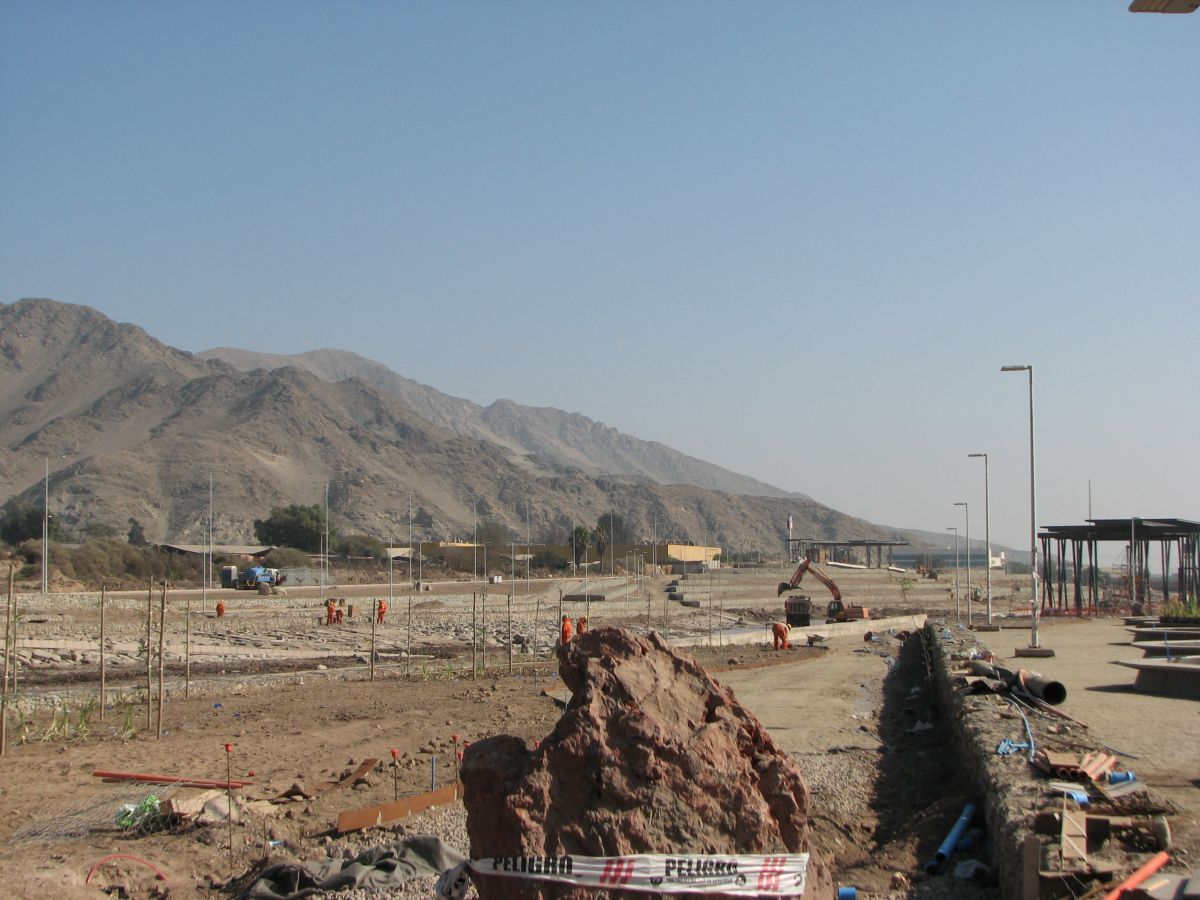
When the mud dried off, Copiapó was covered in a thick layer of dirt. And when everything was finally clean, disaster struck again in April this year. A new mudslide covered the city again and destroyed what had been built by the river. So this is the second time they are cleaning and building.
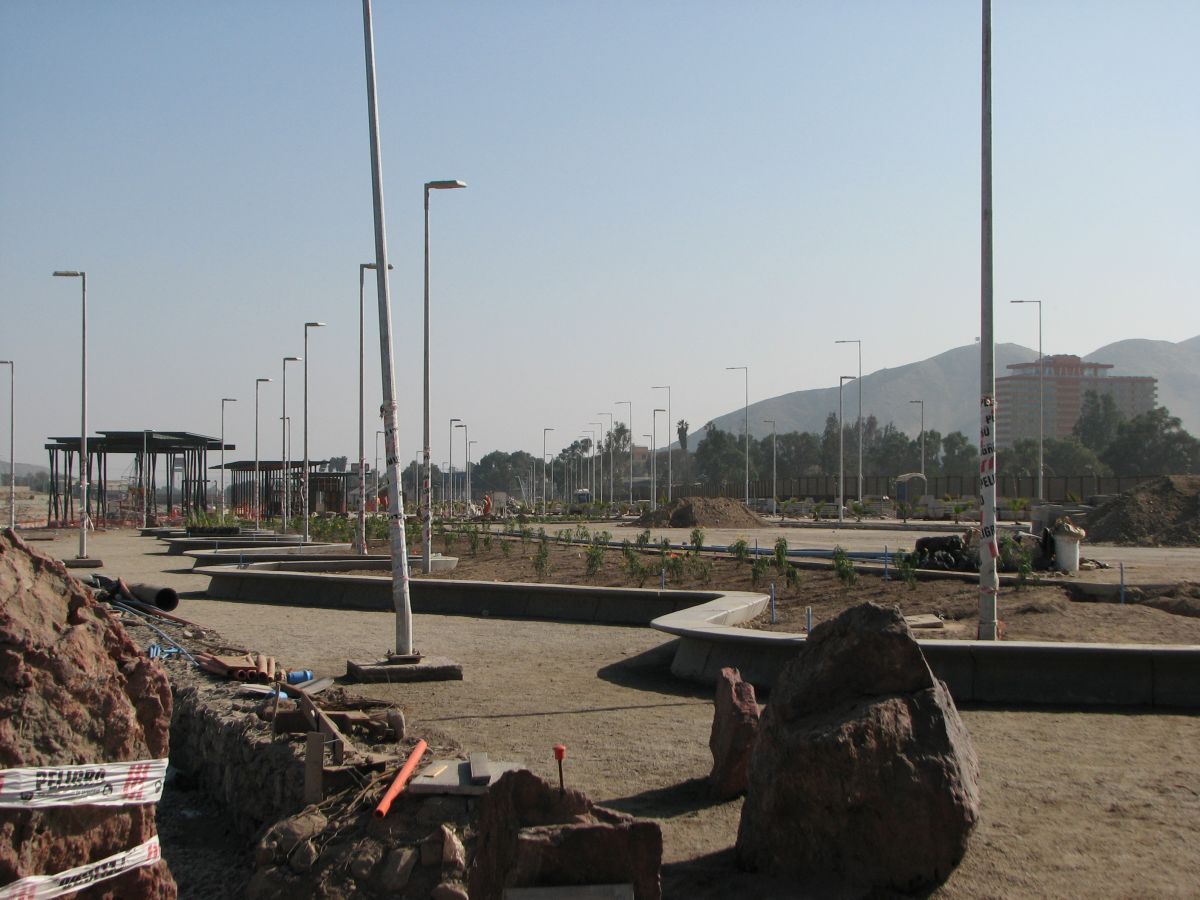
More info here.
This statue was a gift "in the name of the Chinese people". It's so shiny and ethereal that it looks out of place in the midst of all this dust and ruins.
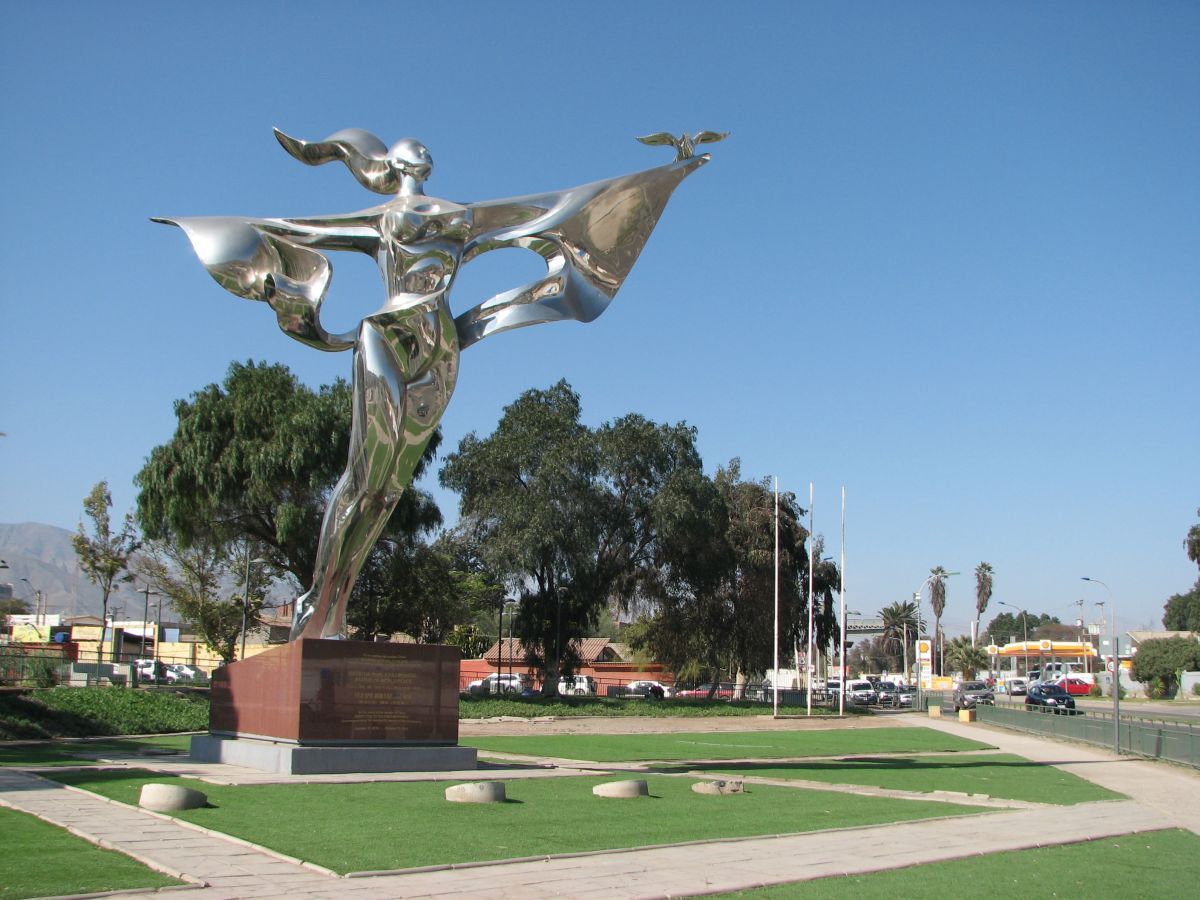
It's called "Statue of World Peace", though it commemorates the rescue of the 33 miners trapped in 2010. Miners. <=> world peace?? Well, there must be a link.

I wonder if the Chinese could give this city a giant, 10km-wide feather duster that could clean everyhting in one swipe.
Talking about trapped miners, I walked to this house: the Regional Museum of Atacama, which holds objetcs related to the town's mining history. However, most of that is overshadowed by its most cherished possesion…

Fénix 2, one of the capsules built to rescue the 33 miners.
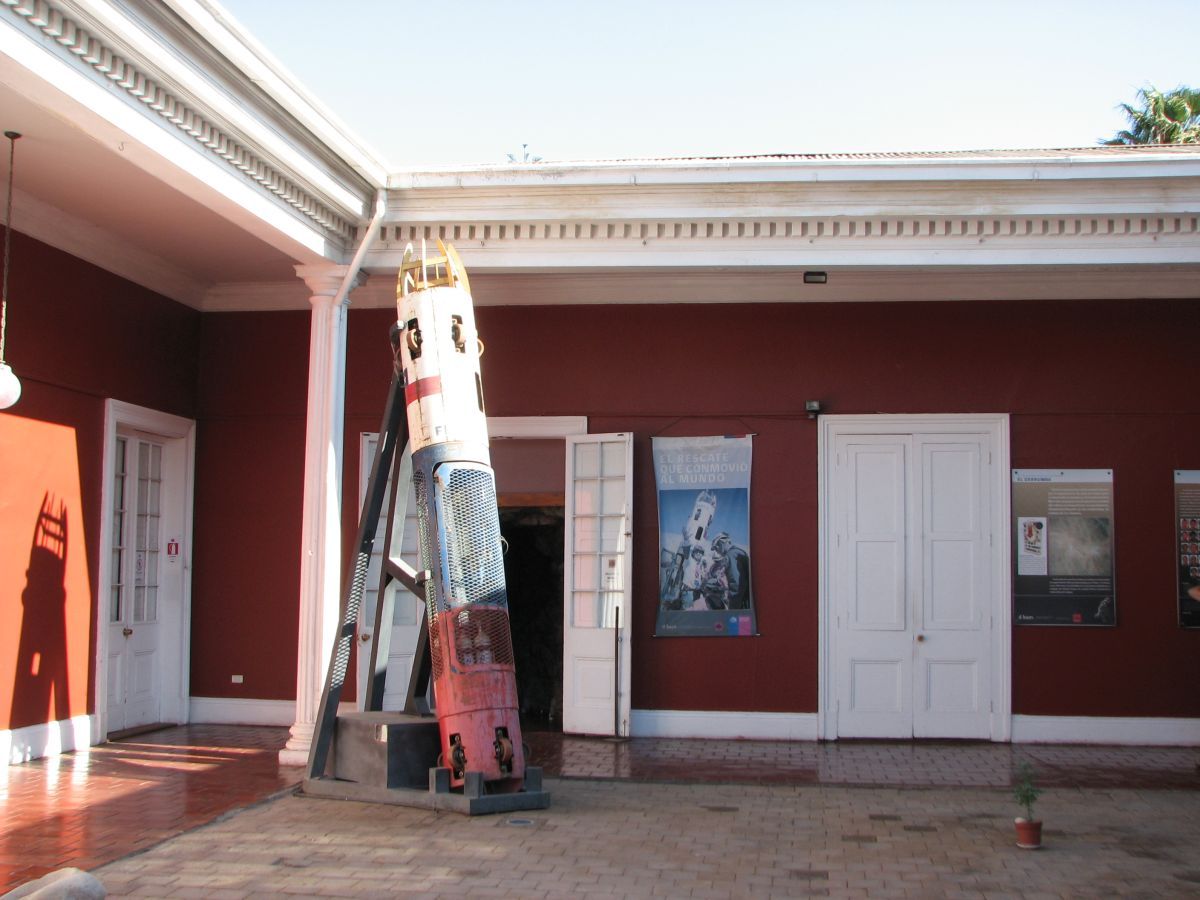
Fénix 2 was the capsule…

…used to raise the miners….

…to the surface.

Fénix 1 was used for testing purposes, and Fénix 3 was never used.
I'm shocked to see that Fénix 2 is displayed in the open air, rusting and (of course) gathering dust! Couldn't they build some special case or something?

Inside, oxygen tanks…

…and a mask.
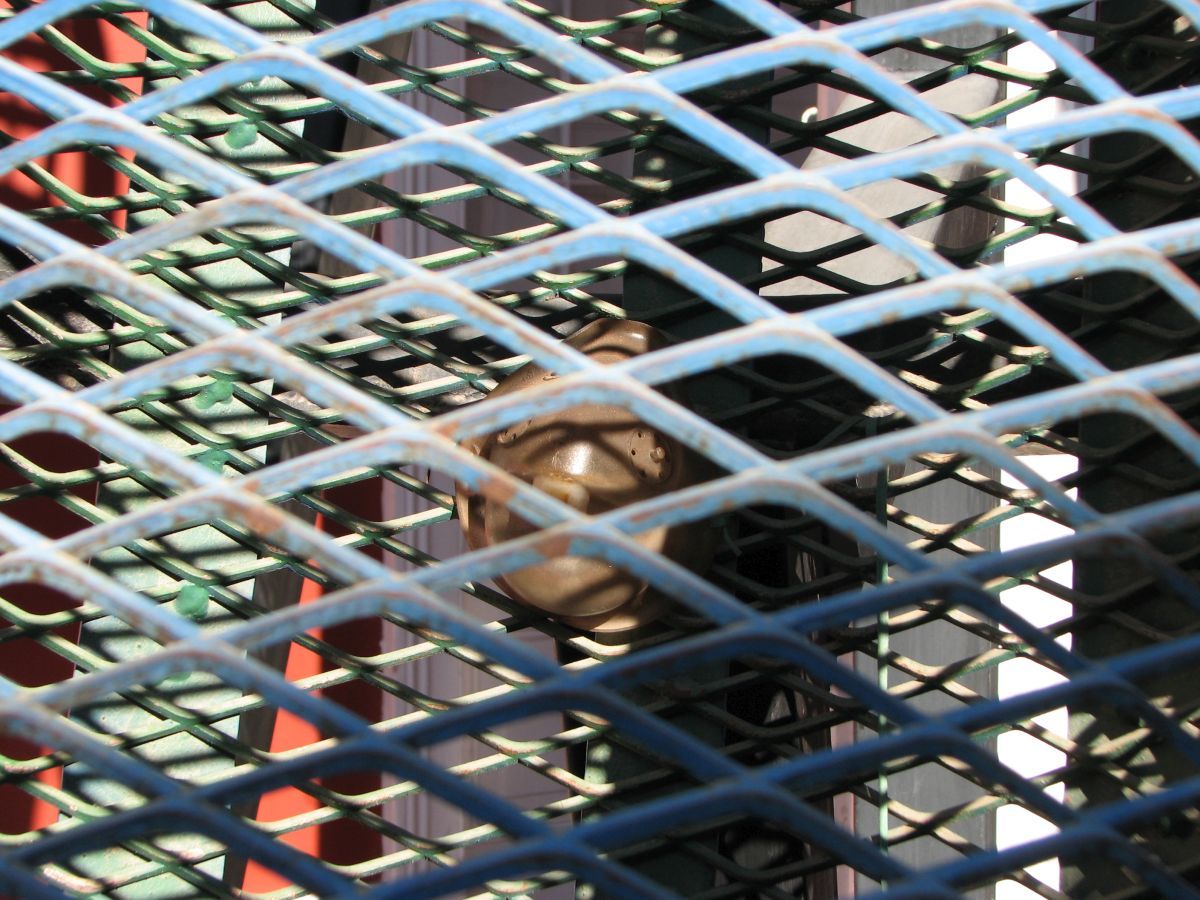
These are all the information posters from the exhibition. I had to rotate the images so they fit in the slideshow. If you're interested, you can download the photographs in their original, larger size (and not rotated) from here.
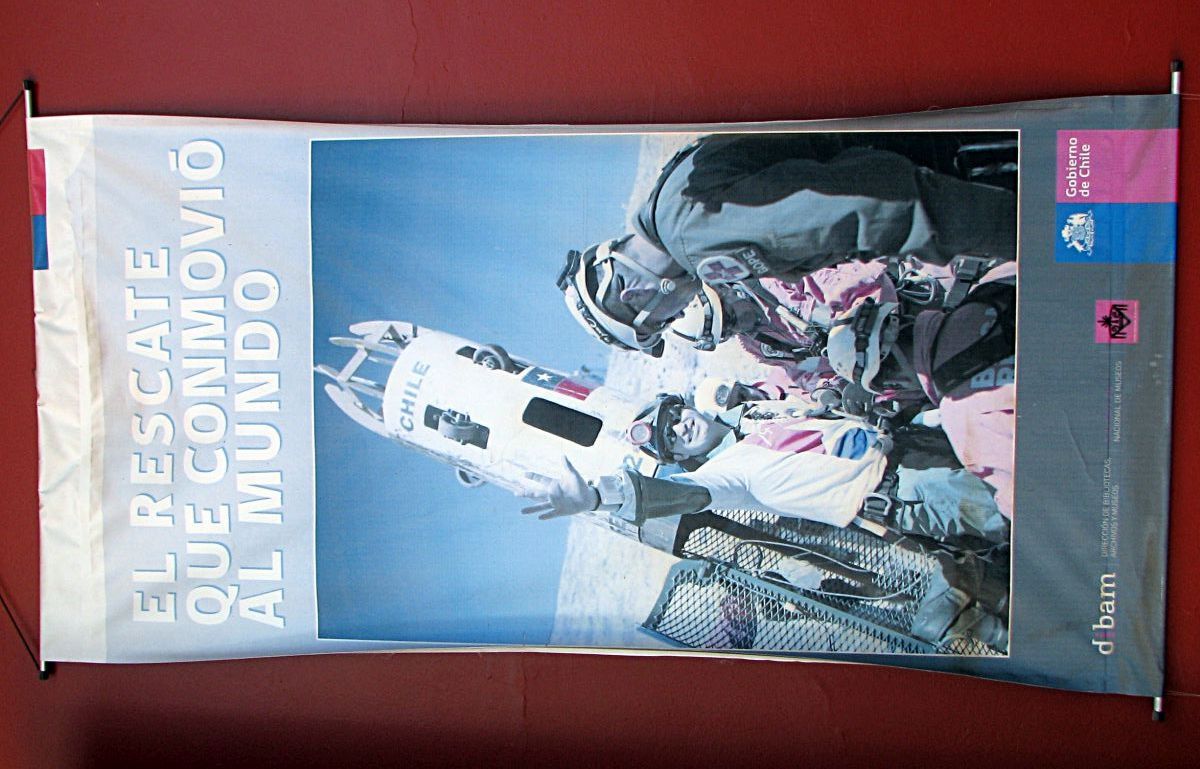
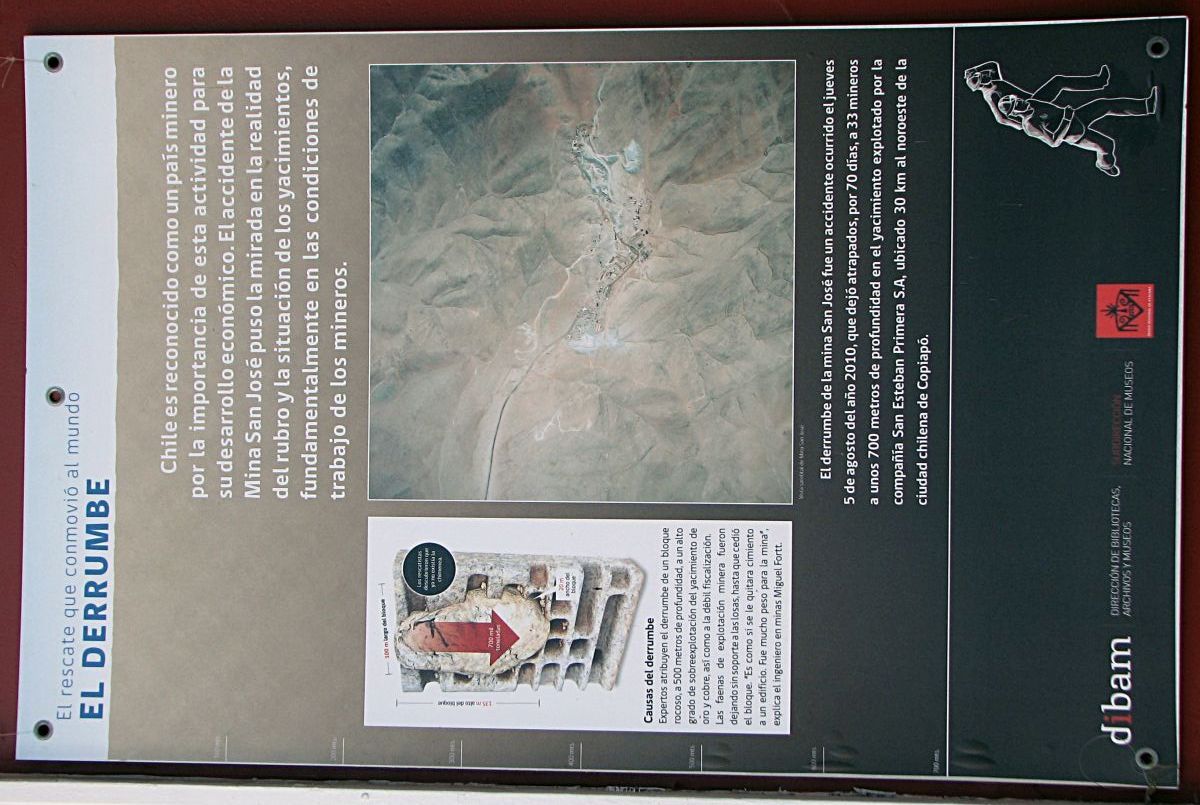
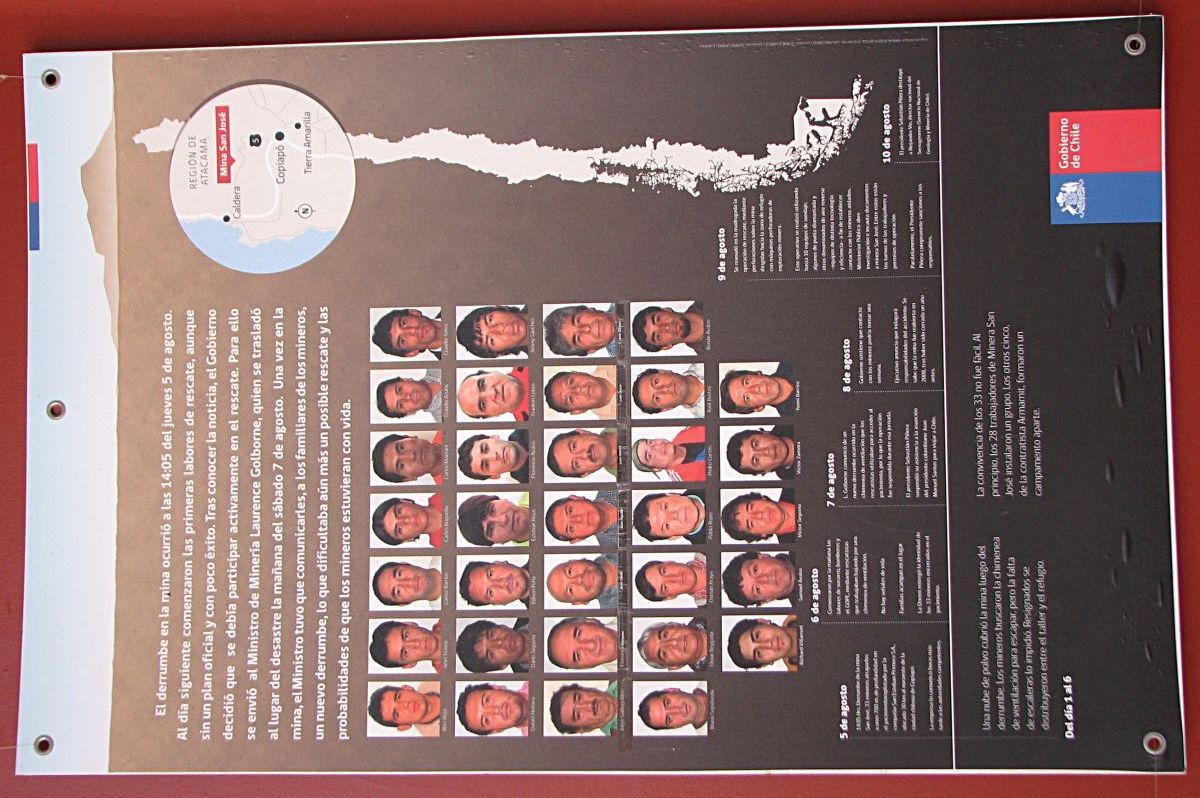
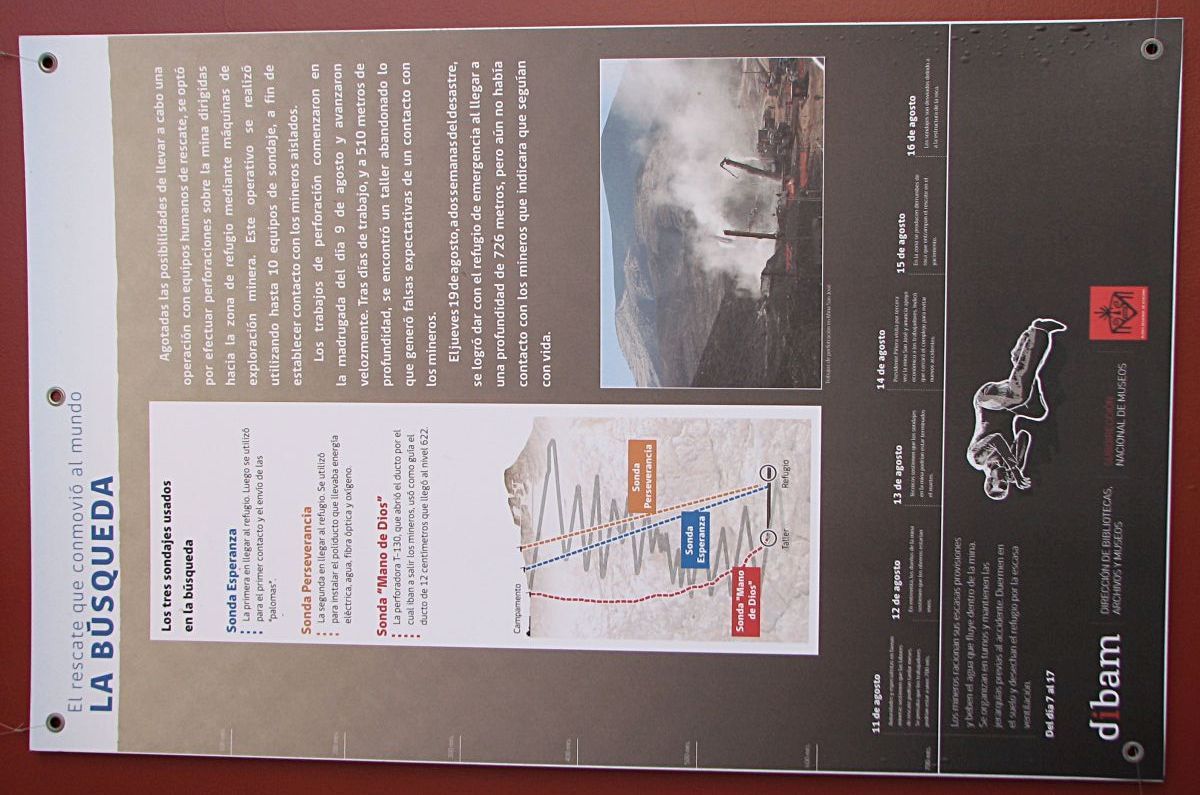
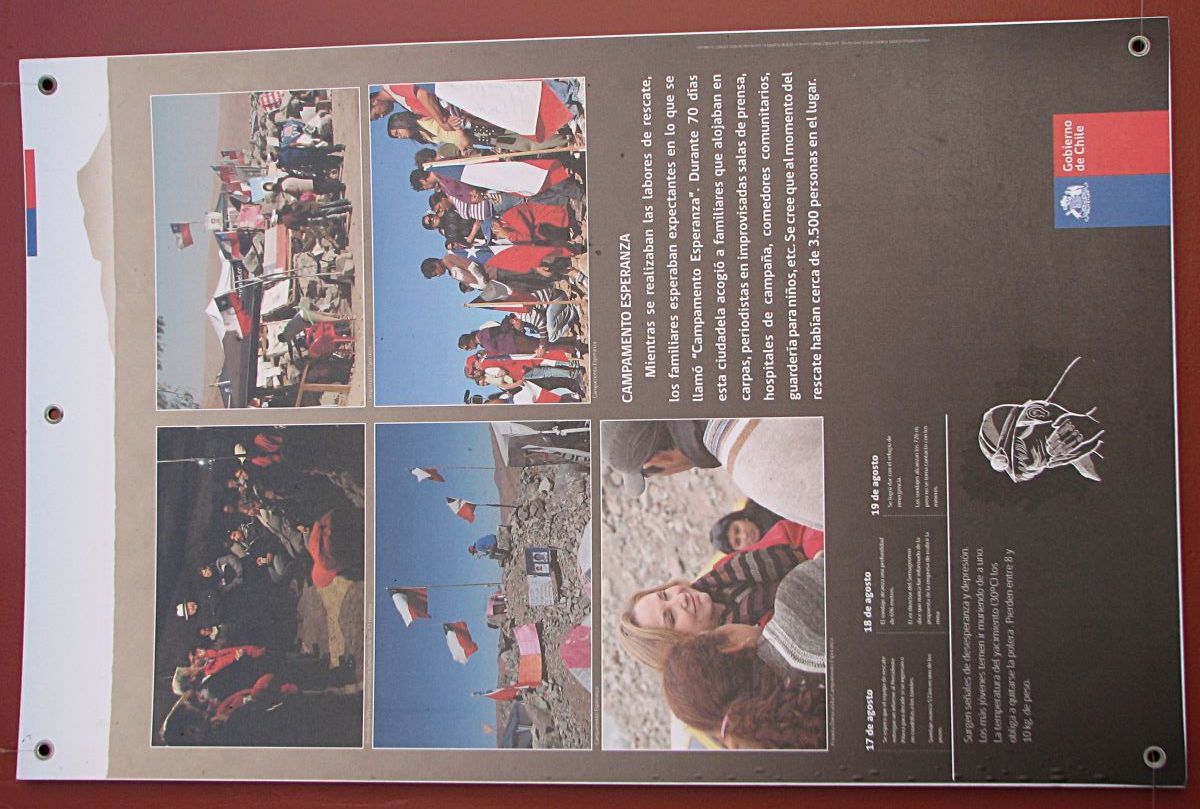
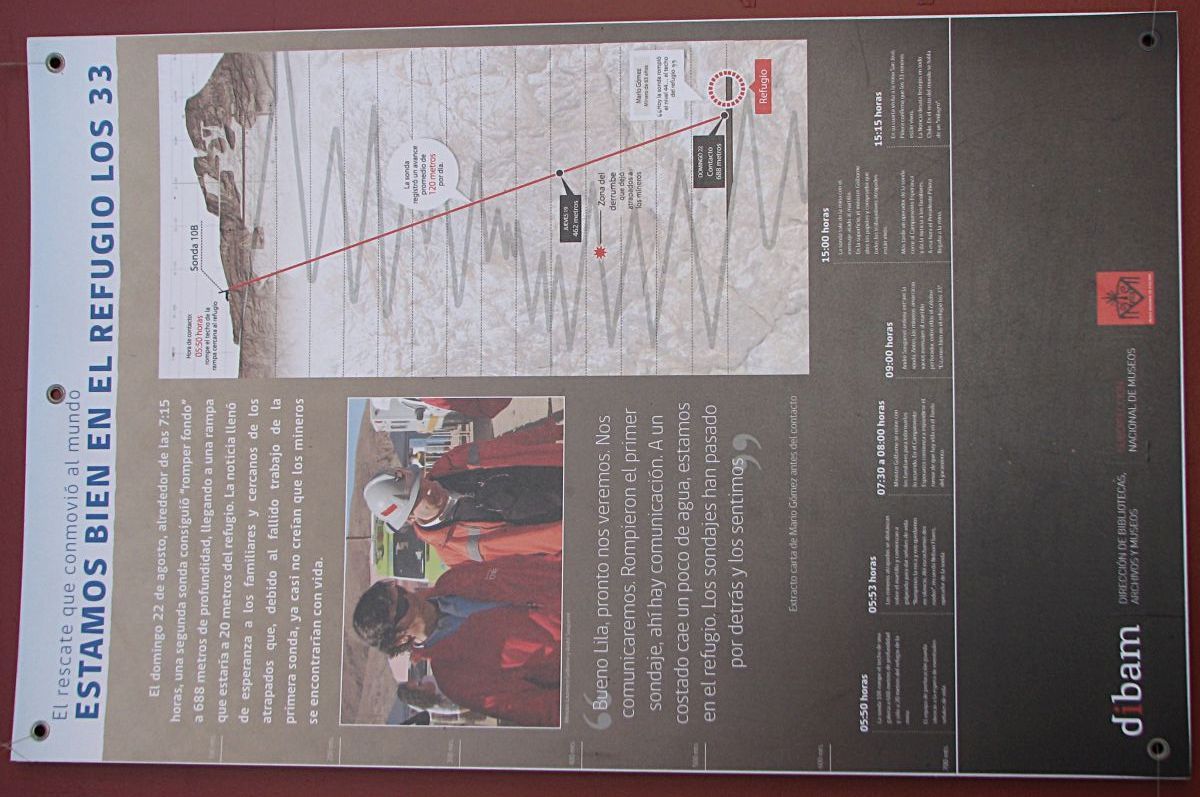
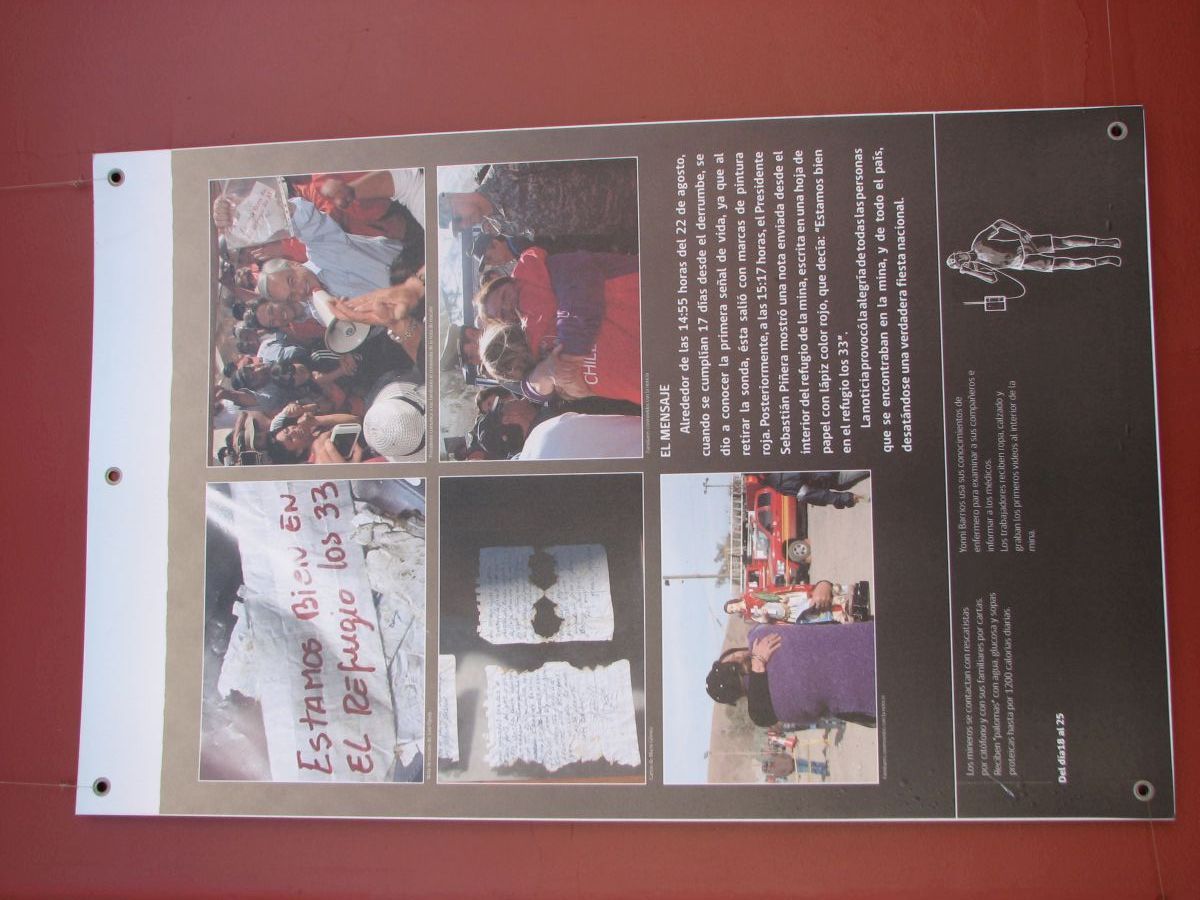
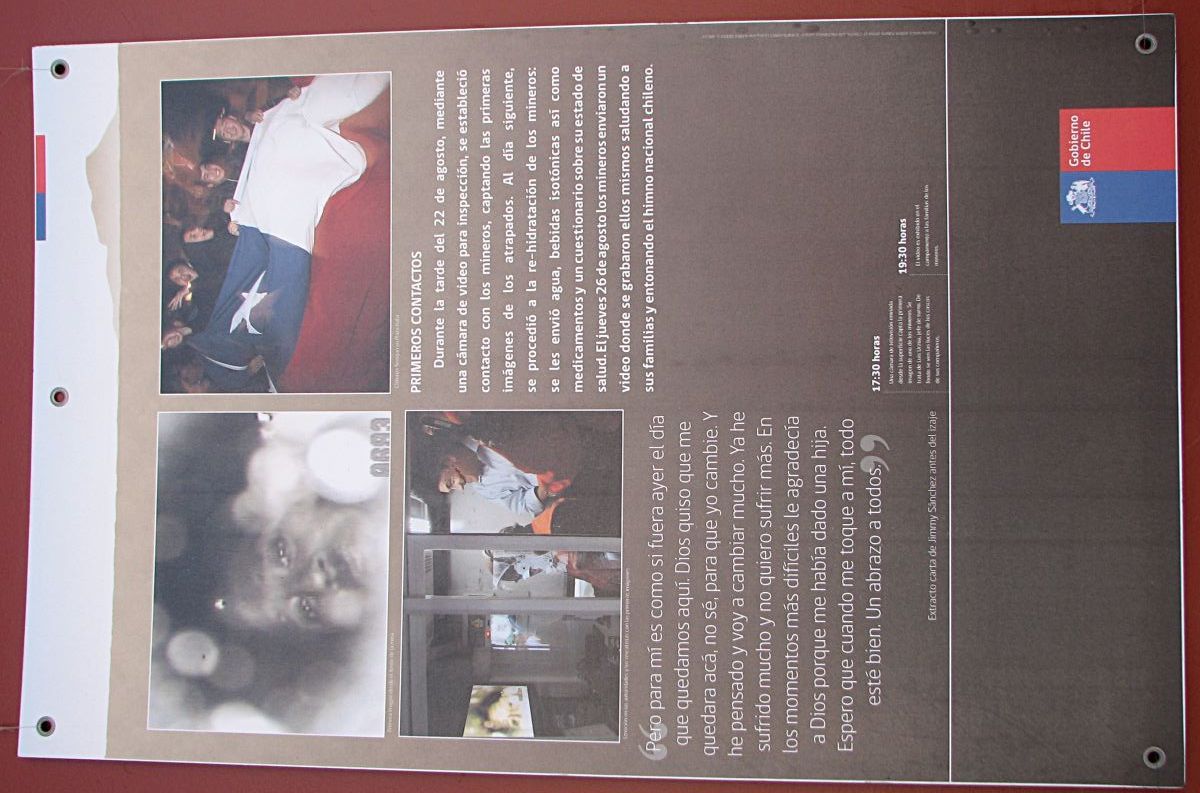

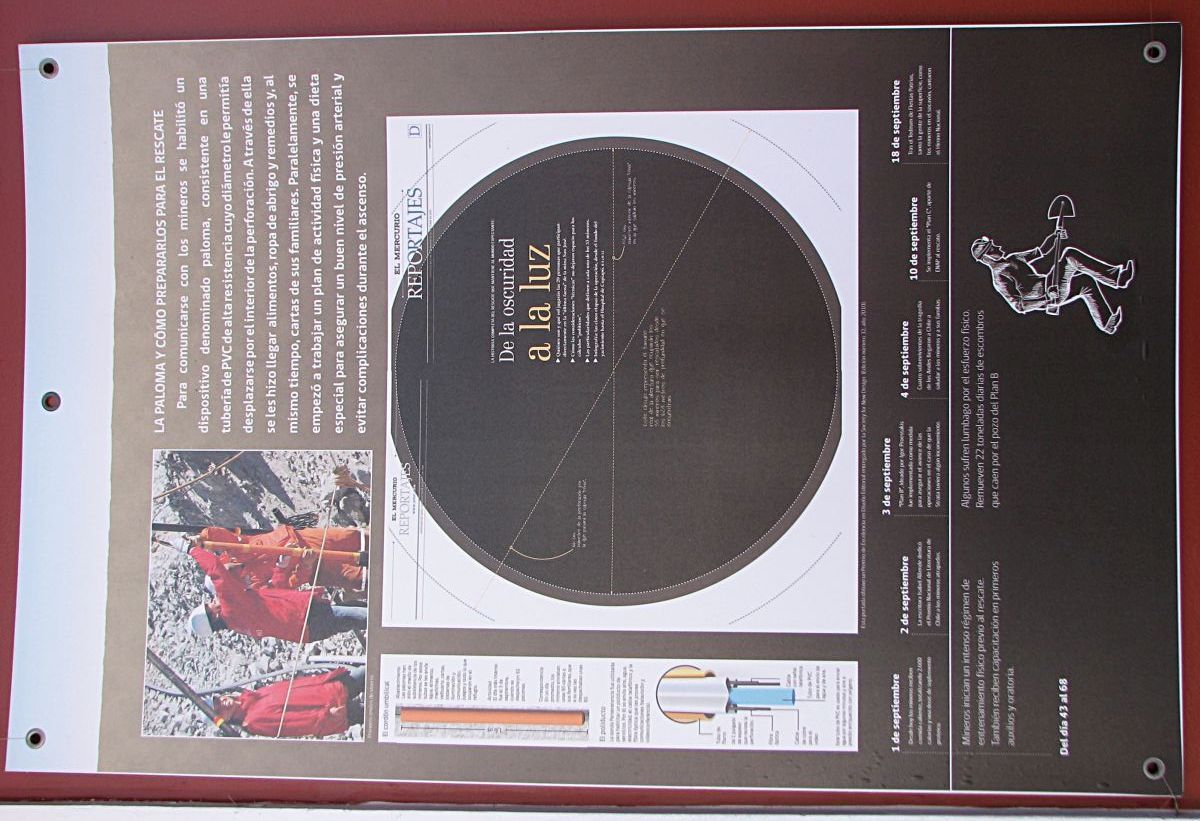
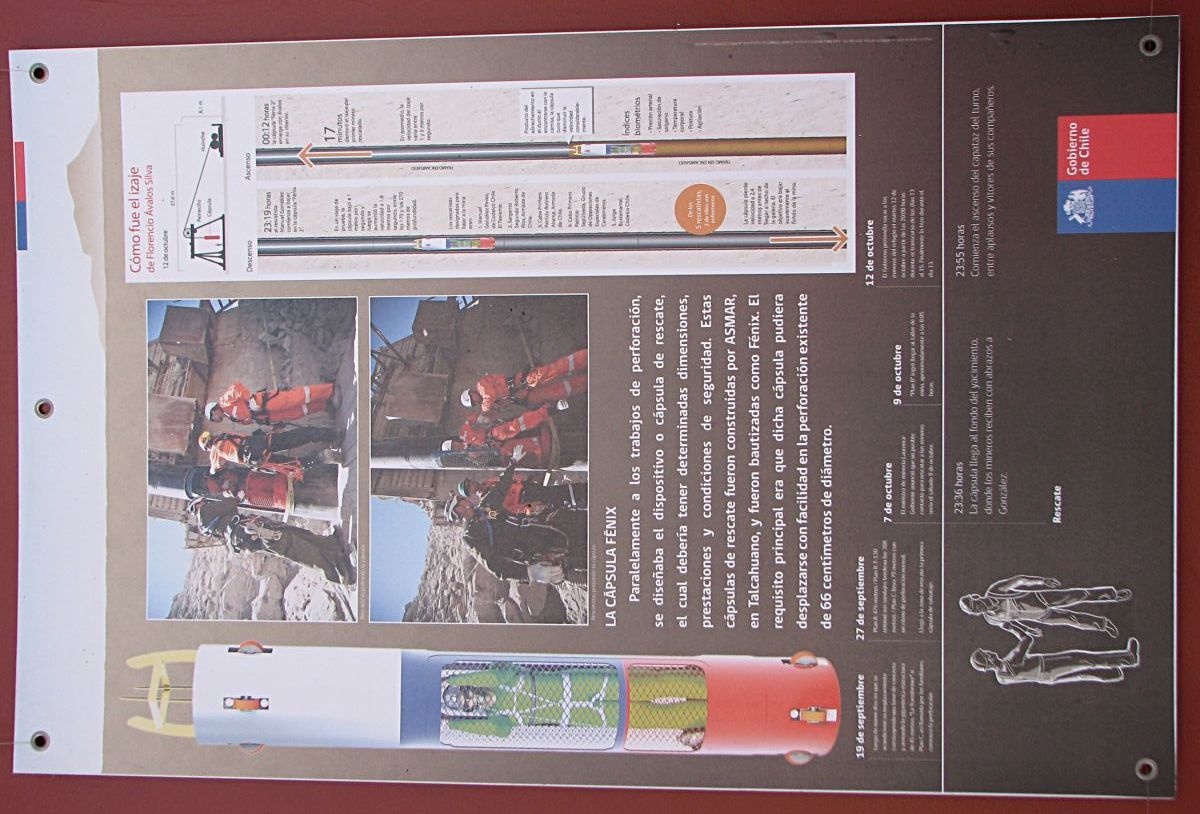
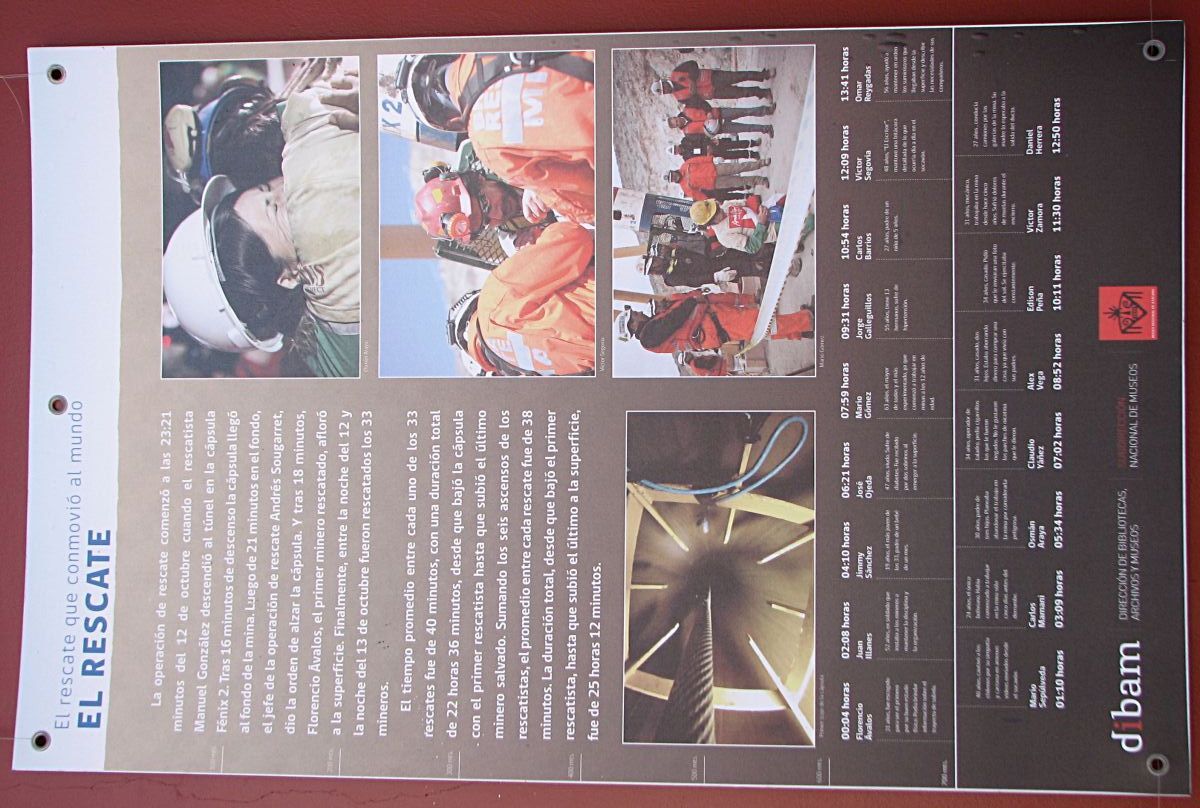
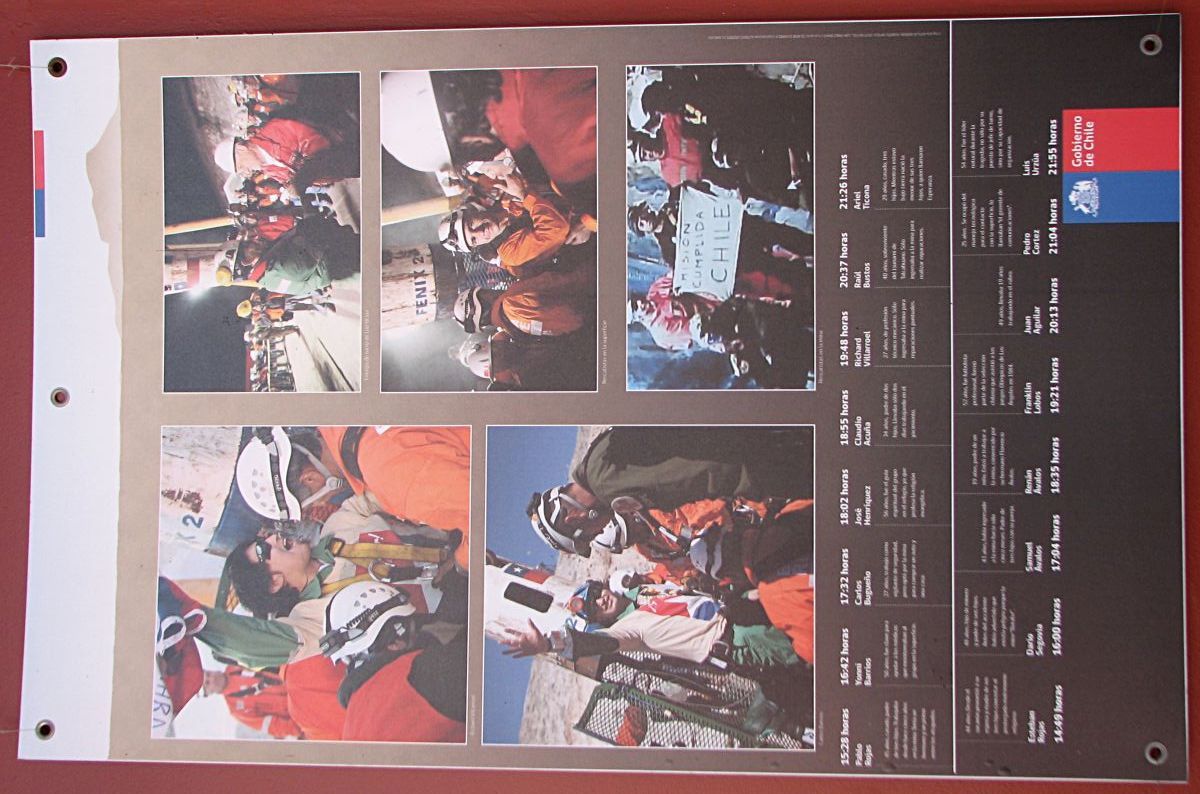
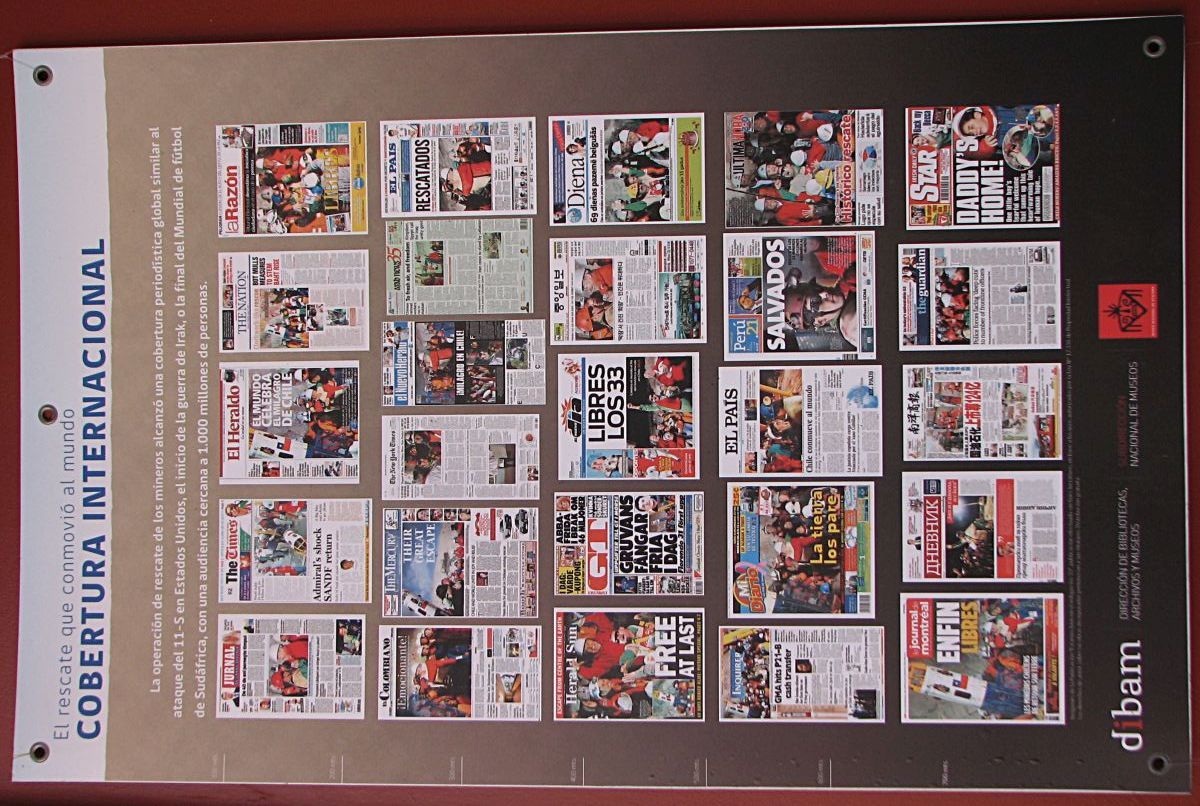
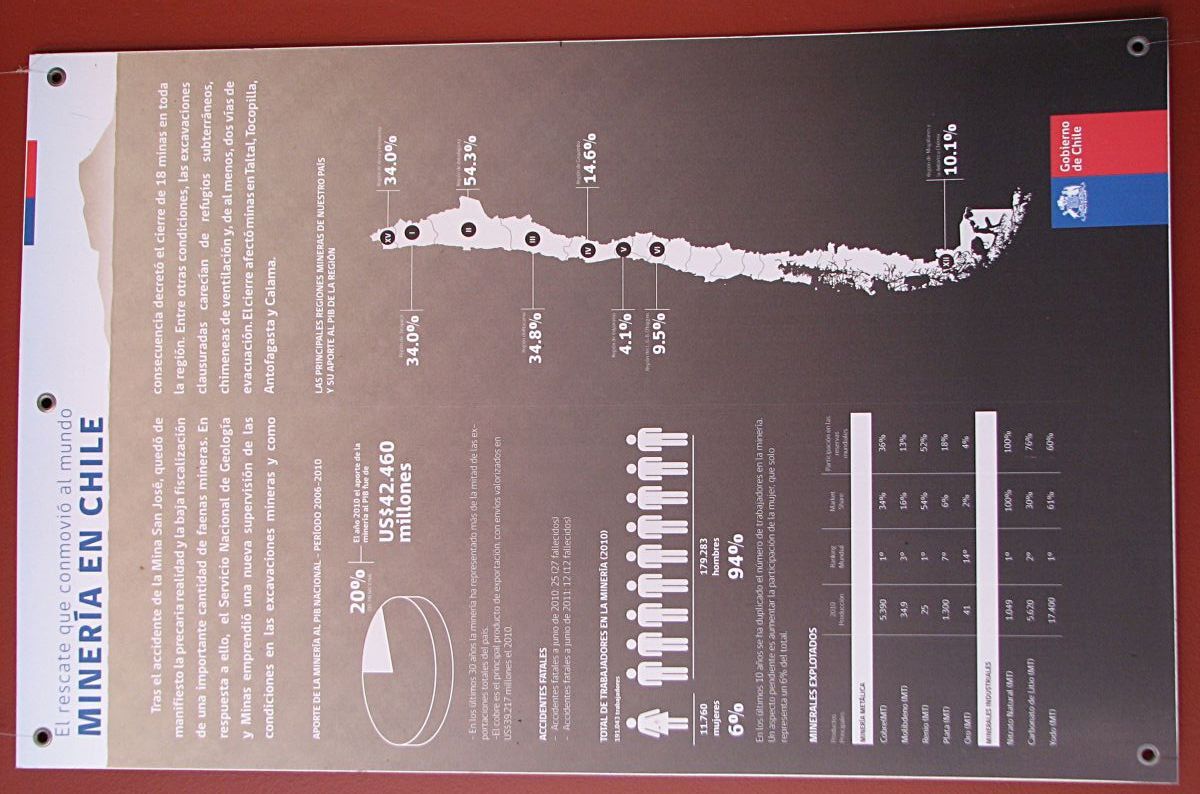
Checking-in
24 hours before STD I can check-in from my cellphone. It's very easy since Sky implemented its cellphone-friendly website some months ago. If you are registered, you only need to confirm your gender (in case it has changed, I suppose) and voila.
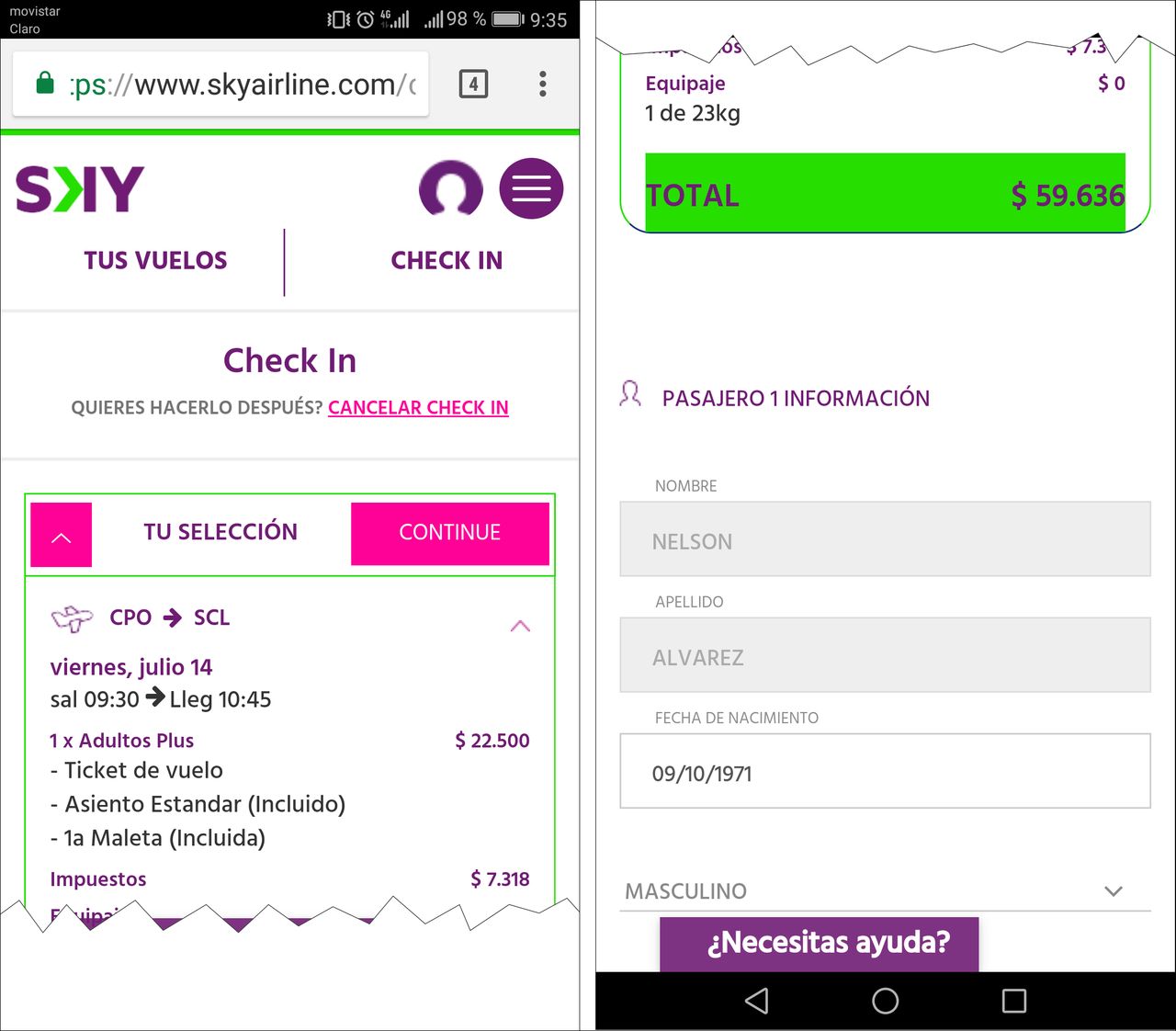
You receive two versions of your boarding pass on your email: the standard and the mobile versions, though both will work on your cellphone because what you need is just the QR code.


CPO
As I usually do (with the excuse of "enriching" my travelling experience, but mainly as a money-saving strategy) I use the public transport to reach the airport. This morning (7 a.m., to be exact) all passengers are male. I presume they are fishers going to Caldera.
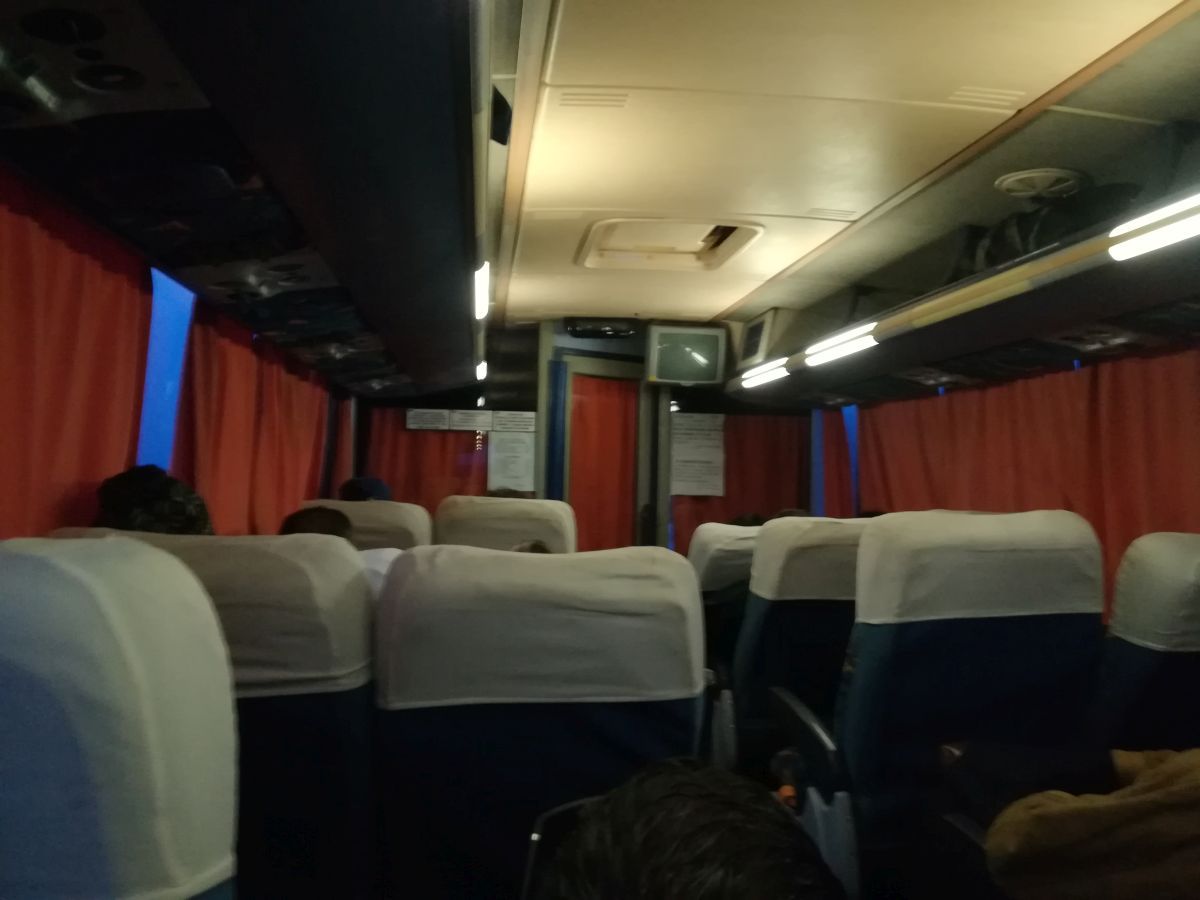
The airport terminal is only meters from the highway, some 20 minutes before Caldera. Any buses heading north from Copiapó will drop you at this overpass leading to the airport.

You can't just walk across the highway. It's fenced.

Let's walk along the overpass.

Oh, by the way! Here and there you'll see these flowers growing from the bone-dry, stony ground. Once in a while it rains over Atacama, and the desert gets covered with colorful flowers like these. Learn more about the "desierto florido" here.
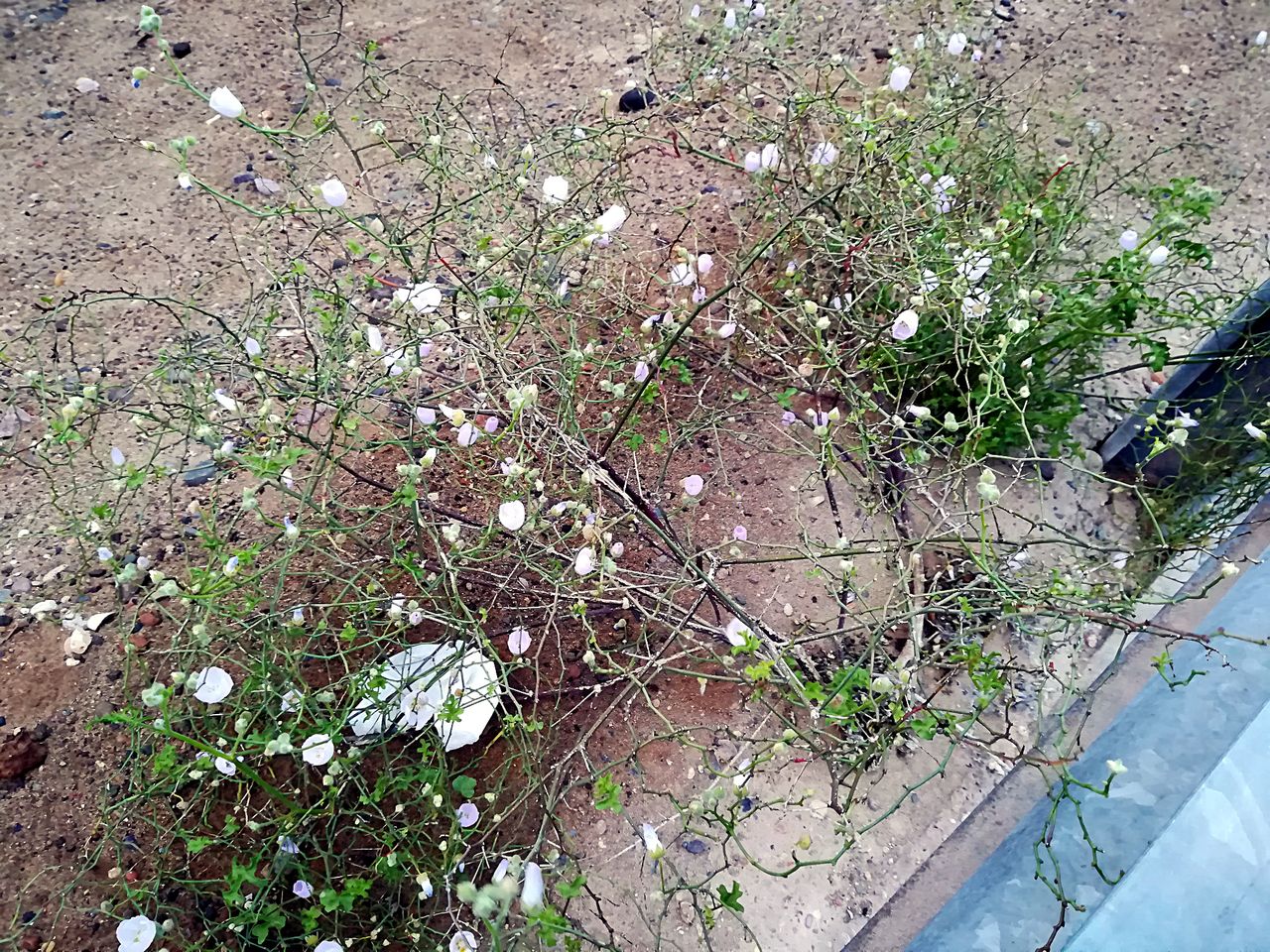
This one was near Caldera.
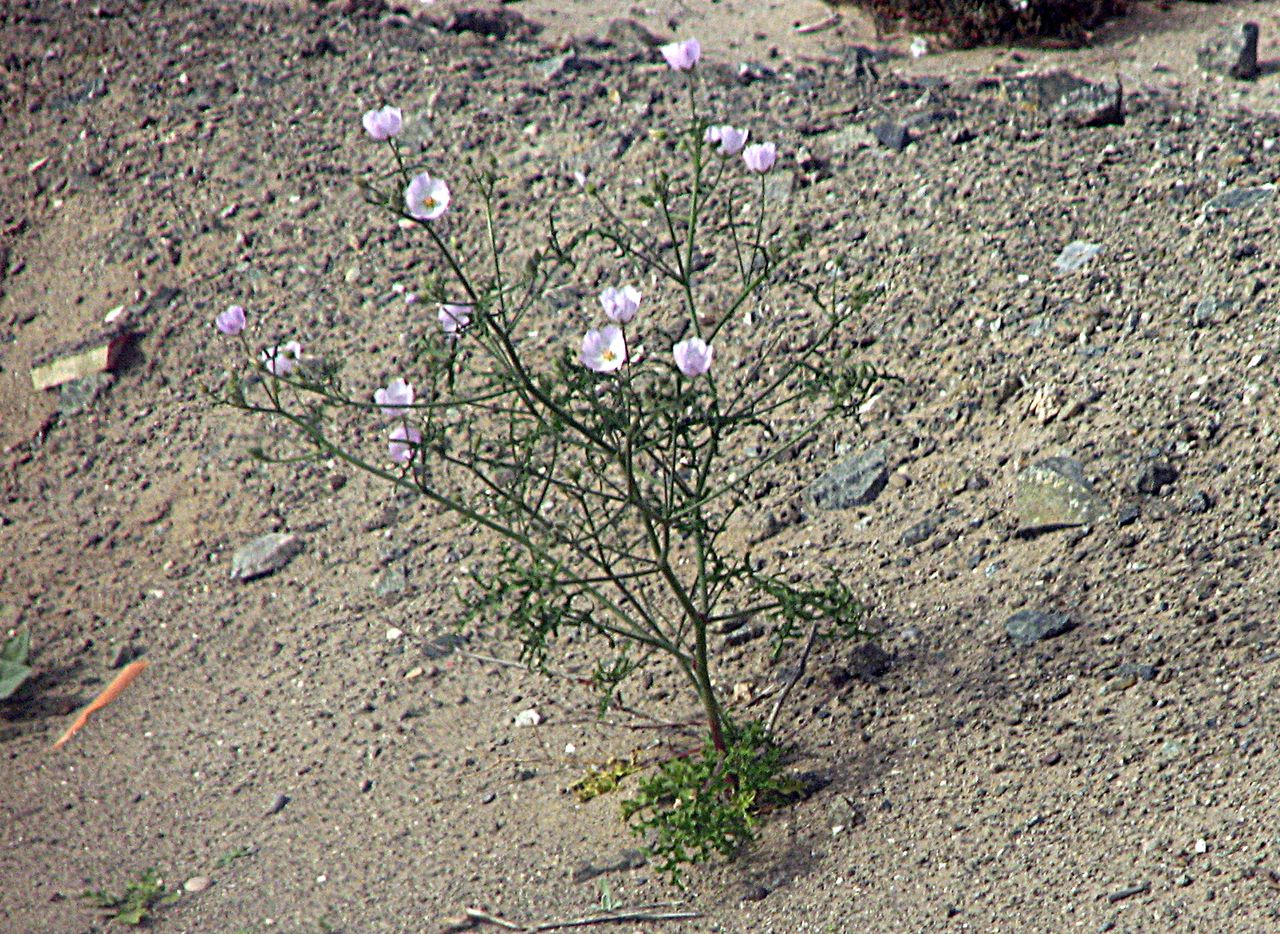
Not much traffic this time of year and at this early time of day. This is the Panamerican Highway, locally known as Ruta 5.

The terminal has a nice design, but I'd dare say it has some flaws.
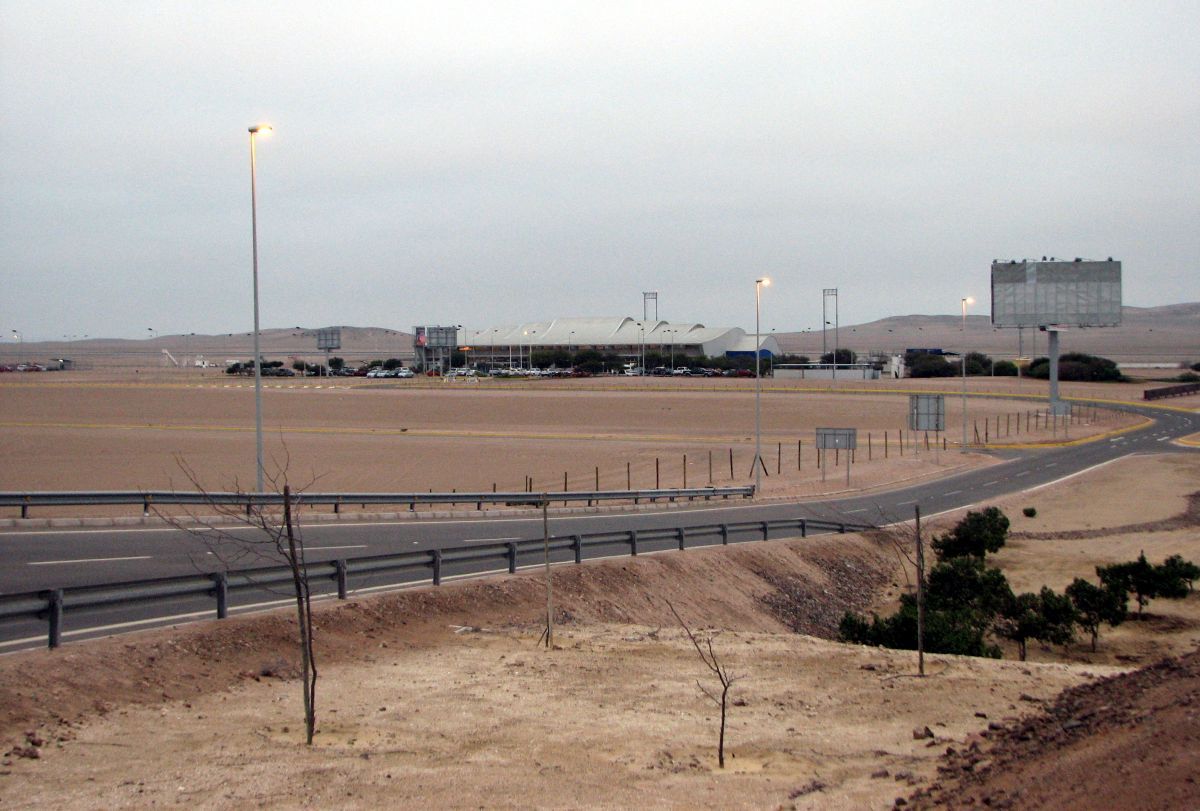
Well, I'm just a school teacher, not an architect. But you might agree with me later that some things could have been done differently.
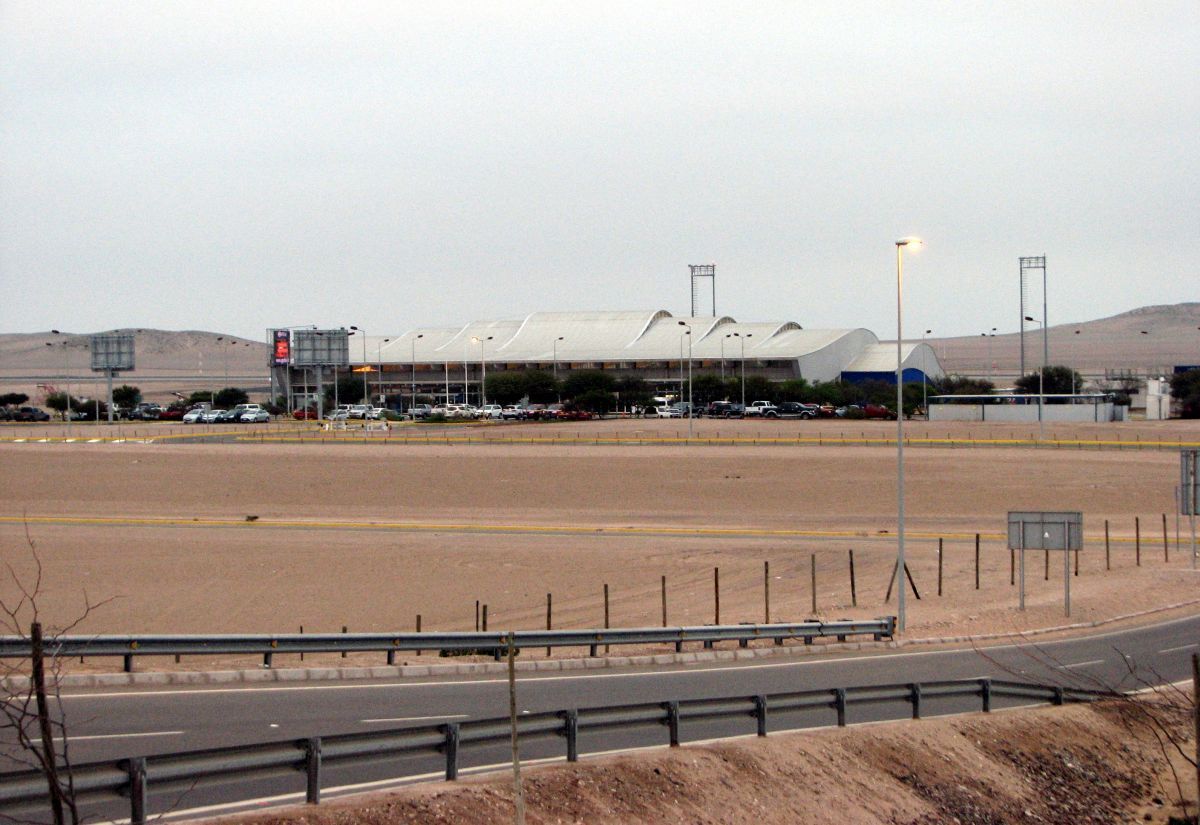
The control tower stands some meters aside.
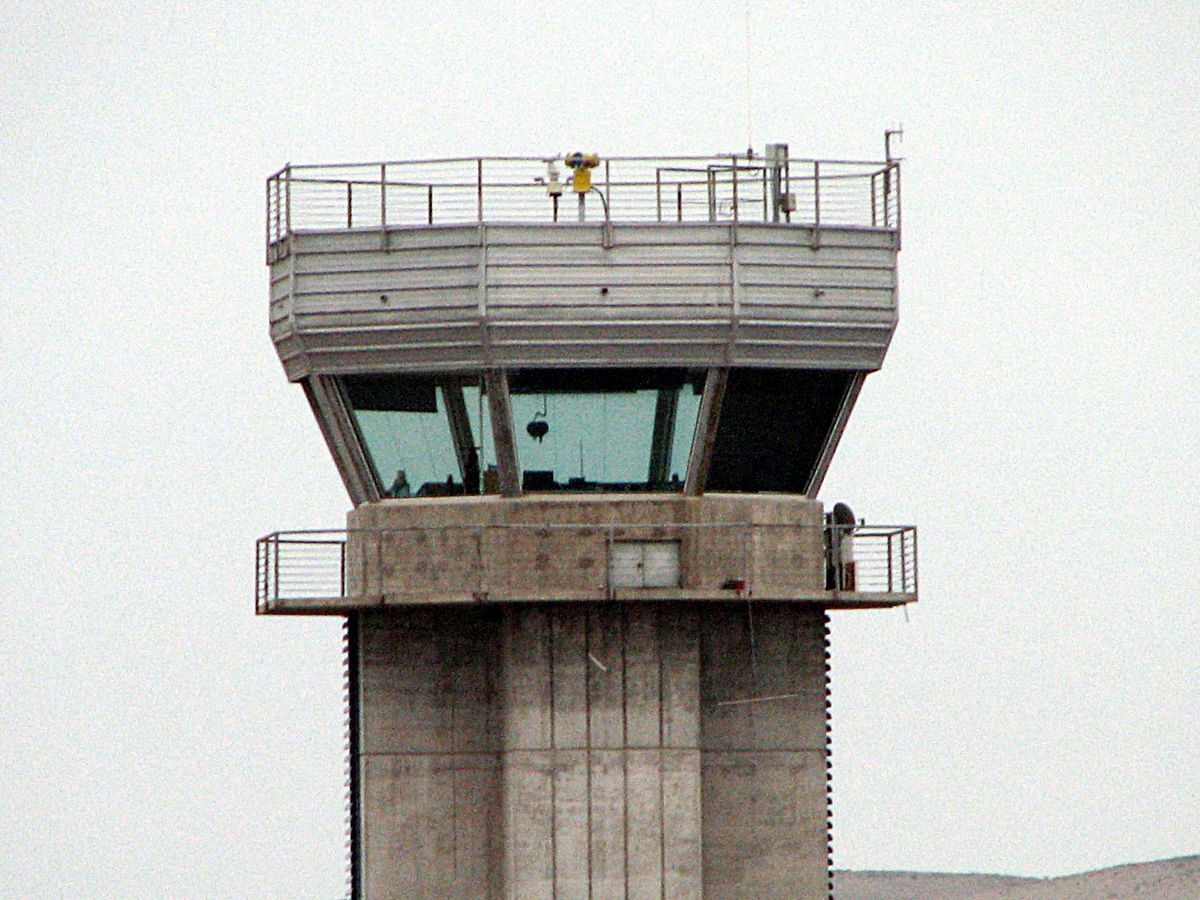
I am getting to the parking lot when something weird catches my eye. Words! And not any words, but words that will make you open a dictionary! (Or at least google them!) Meet sinécdoque (synecdoche) and énfasis (emphasis)…
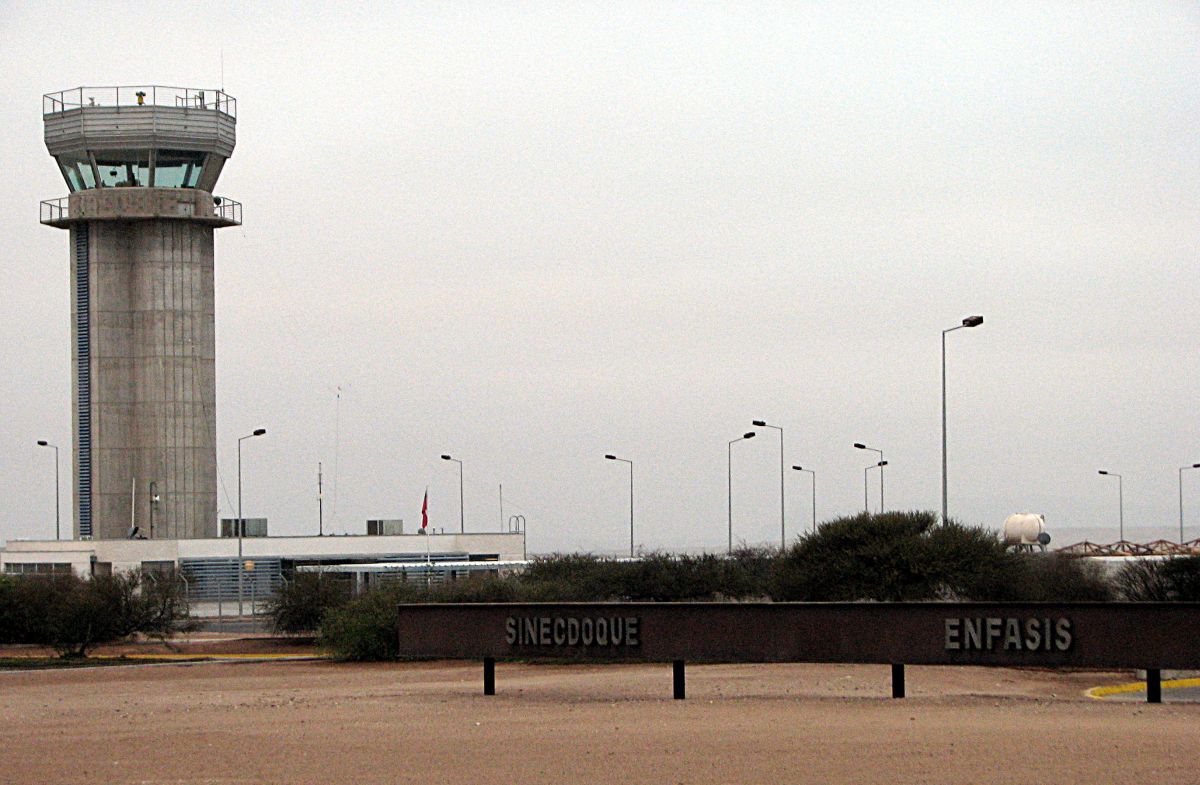
…followed by catacresis (catachresis) and antonomasia …
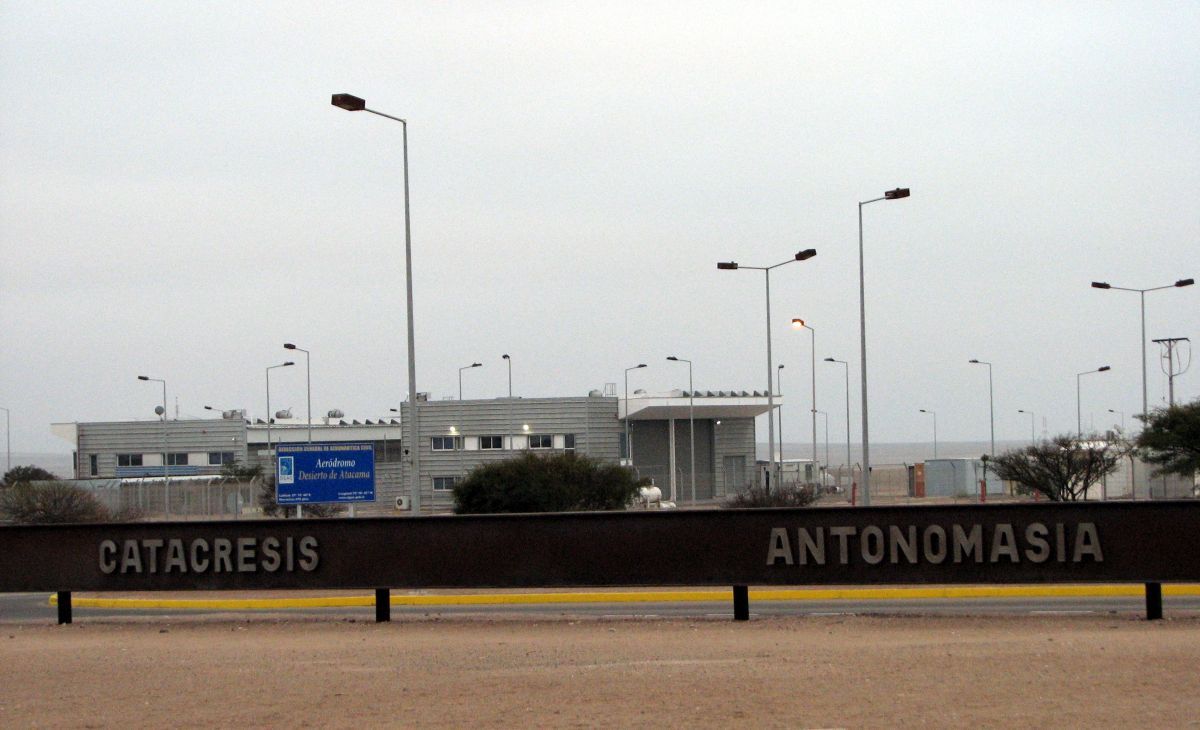
…and finally metáfora! (metaphor)
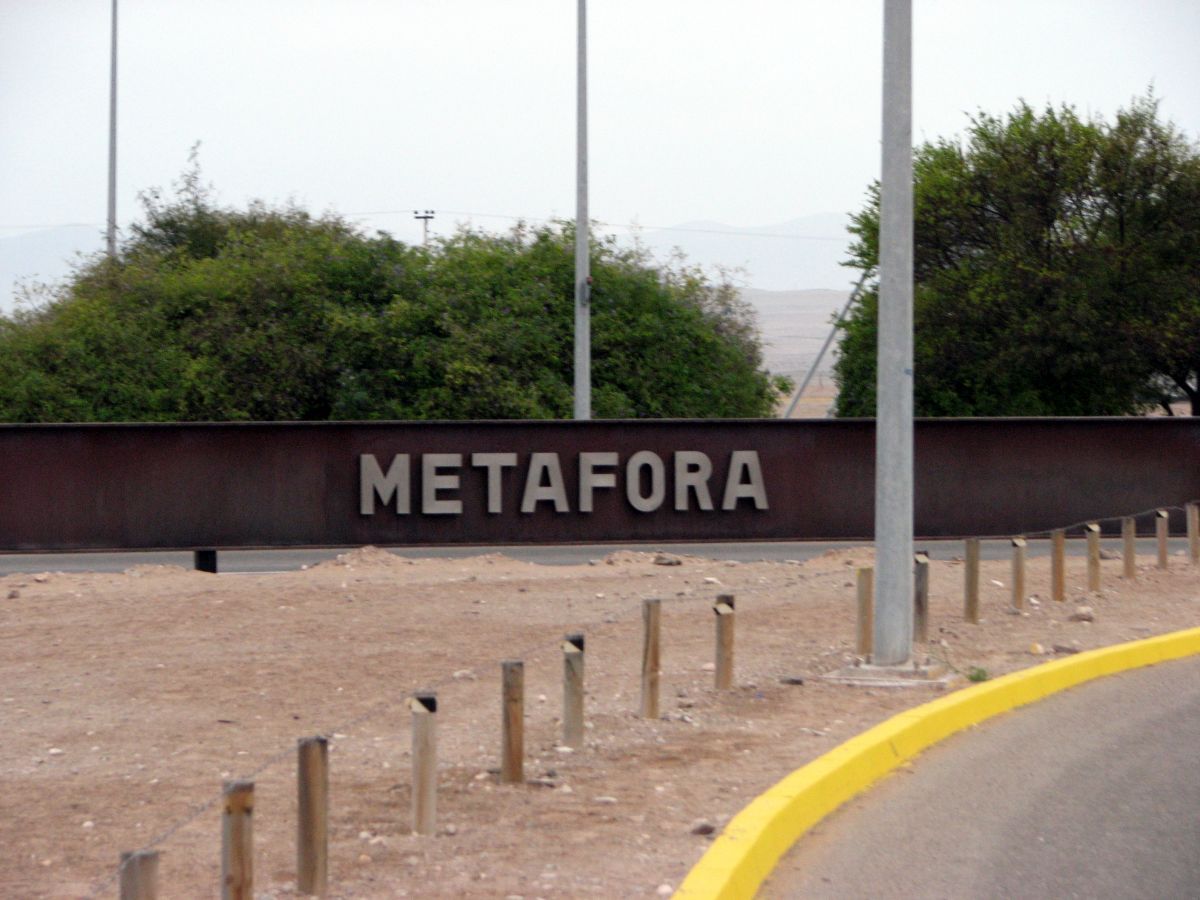
Dizzy after this shower of figures of speech, I keep walking towards the terminal, trying to figure out what those words are doing there, fixed on a giant iron rail… in an airport!
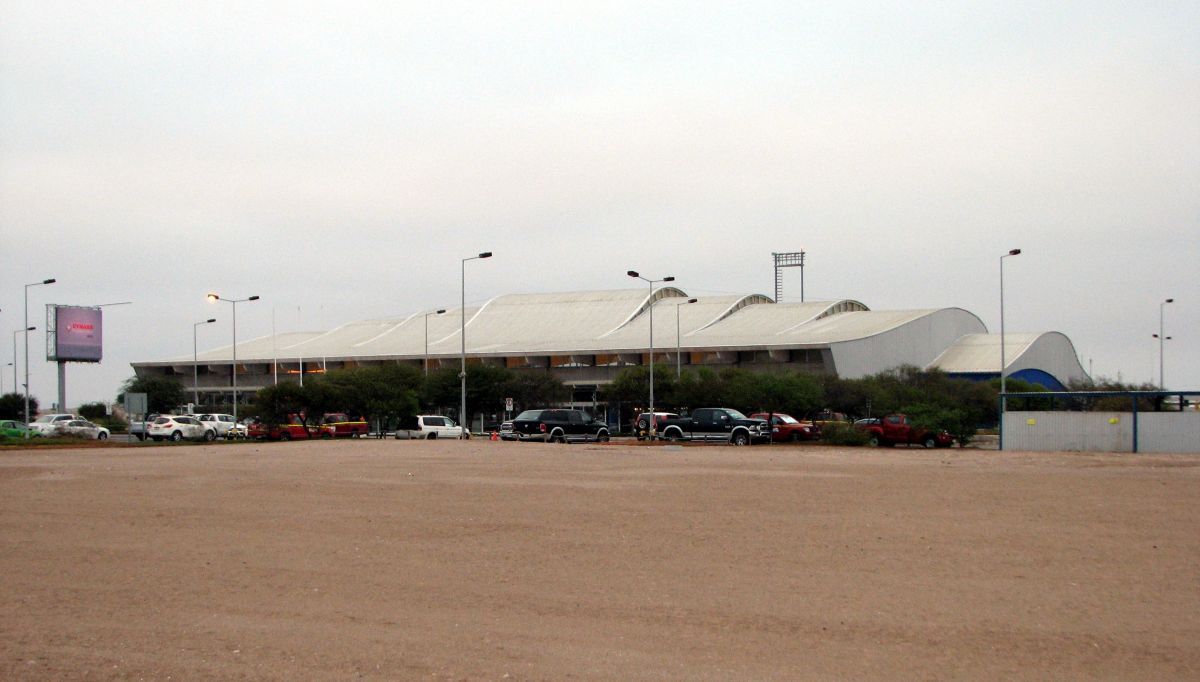
After some Internet research I find this page, explaining that this is artifact is intended to evoke the itinerary of a trip. Hence the long rail. No explanation is given for the words. Only that they are on both sides of the rail, and that the letters are made of polished iron so that they will "complete their surrounding landscape by day, and reflect light at night." Sure, the desert was not depressing enough. They needed something getting rusty there, too. All this for 73 million Chilean pesos. Don't worry. Our currency is terribly devaluated, but I get even dizzier when I think that my mother is selling her house for 50 million. That's one expensive rail.
According to this little plate in the terminal, this "work of art" has a name, Translatio, and artist Gonzalo Díaz is to be blamed thanked for it.
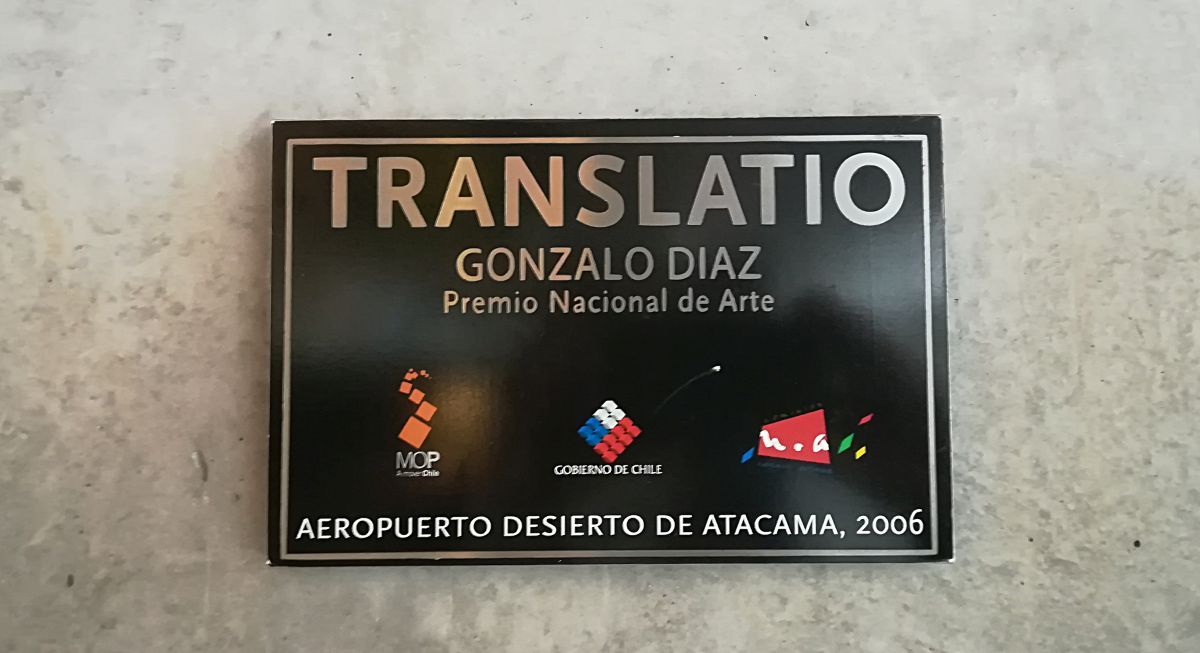
I can't decide if the Weirdest Airport Contraption Award will go to this rail, or to the disturbing set of shapes outside Concepción airport.
Whatever. I am finally here.
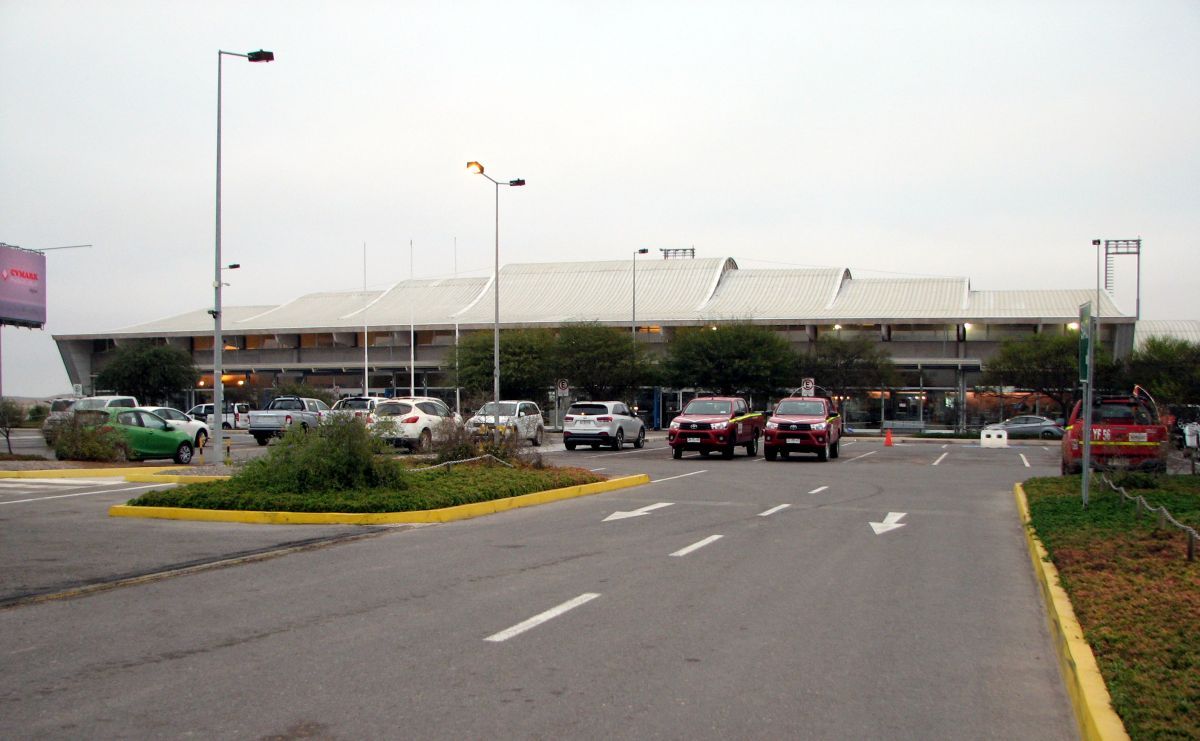
This is an interesting design. Unusual, at least.
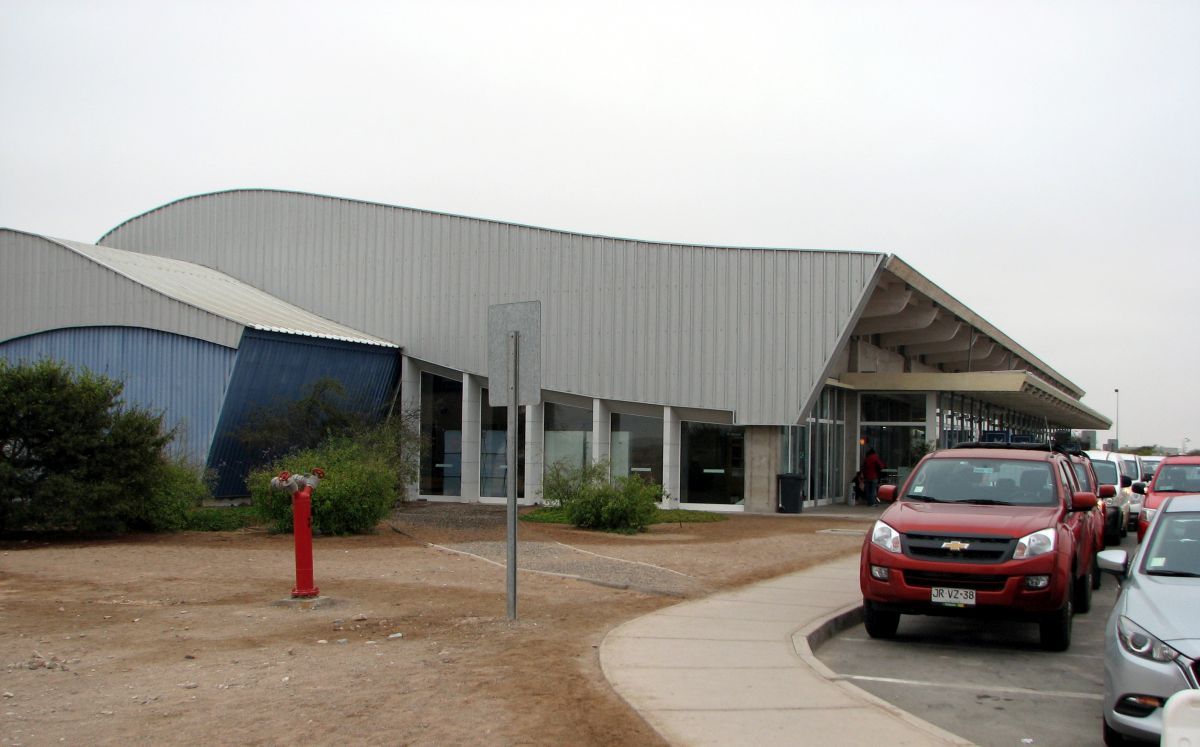
I wonder what the architect had in mind when he designed the curvy lines of the roof.

To my untrained eye, they could represent the way the wind blows over the sand and the rocks of the desert.
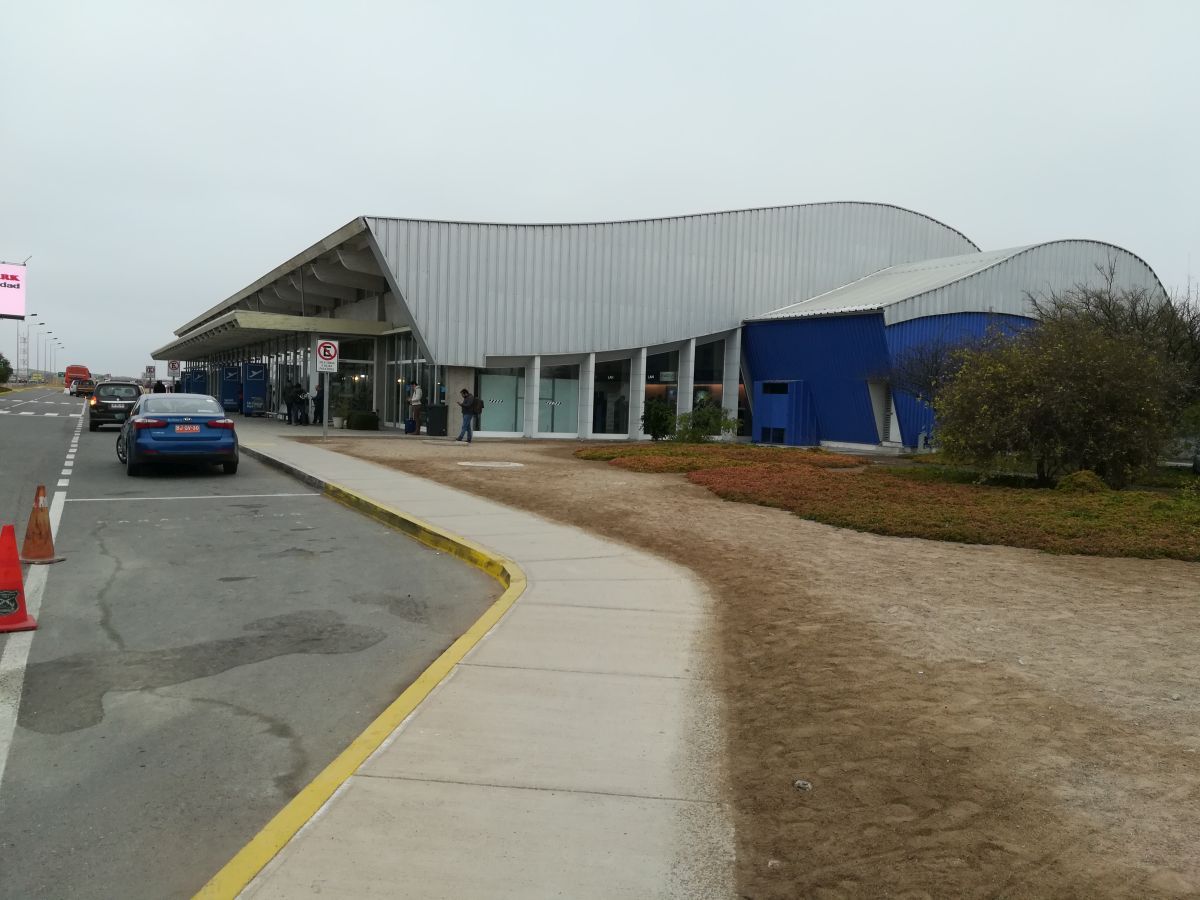
Who knows. I'm probably wrong.

I can't find the name of the architect anywhere. This plate only says that this airport is an "obra bicentenario", meaning that it was built as part of a program commemorating Chile's 200 years of independance from Spain.

No need to check-in because I'm carrying only my backpack. Thise are LATAM's passengers. Lots of space between us at the moment, but CPO is an airport that draws people together, as you will see later.
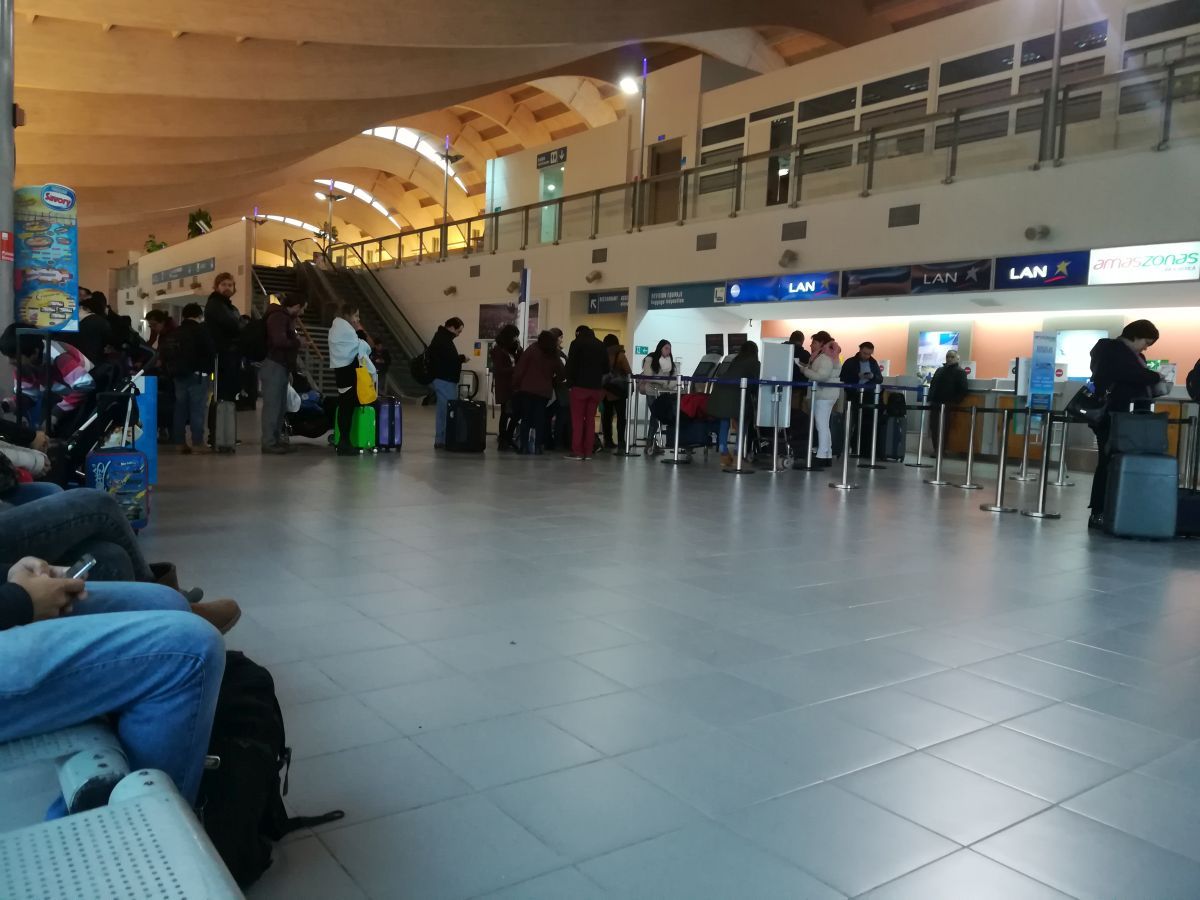
Here in my corner, a few Sky passengers are also checking-in.

The Bolivian Amaszonas started flying between some cities in the north of Chile this year… at very high prices! They don't fly to Santiago. They also connect Iquique and Asunción, Paraguay, with a direct flight. That's one trip I'd love to do.
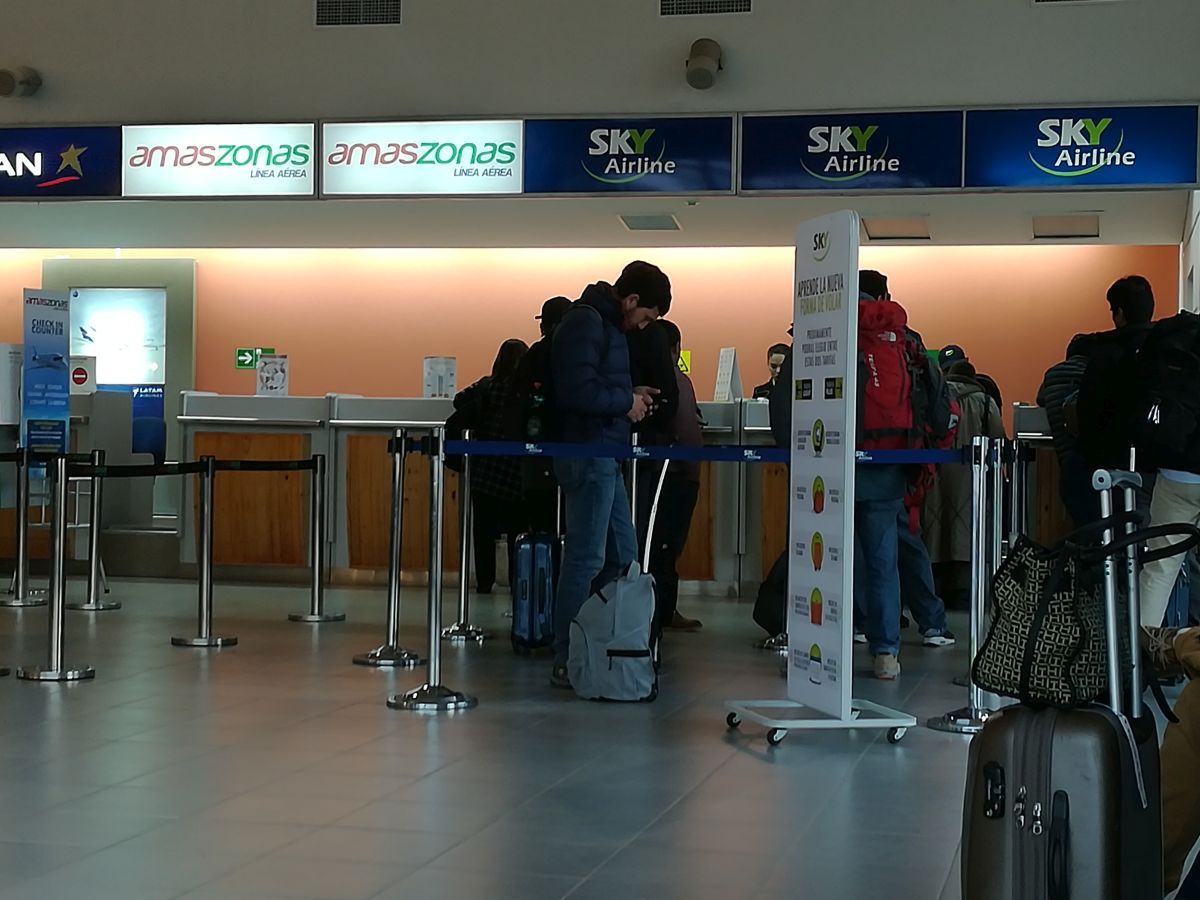
Let's go for a stroll around the premises. In the middle section is the FIDS and the access to safety check. That old-style FIDS calls my attention.
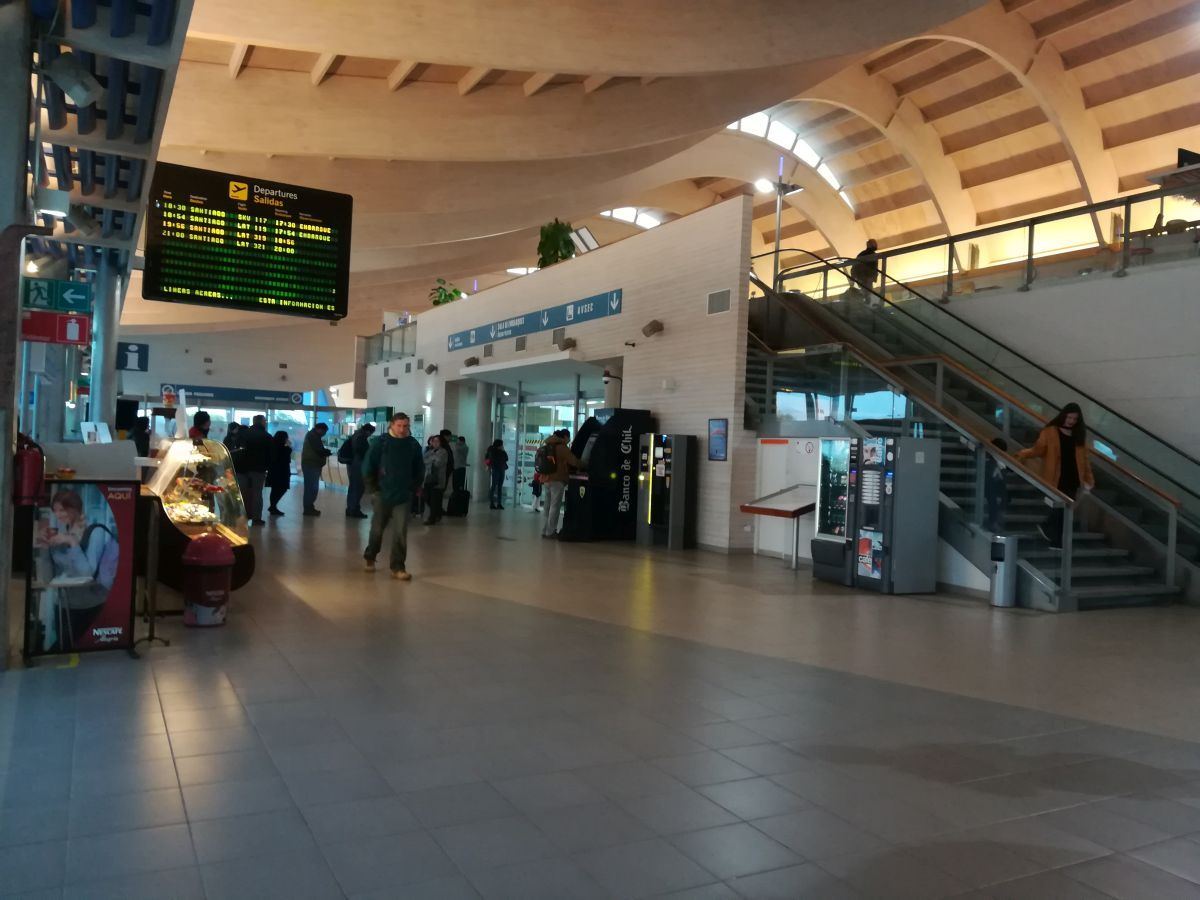
The flight information has not been updated sice the day before! And the 18:30 flight would be… boarding!!

More Sky passengers gathering.
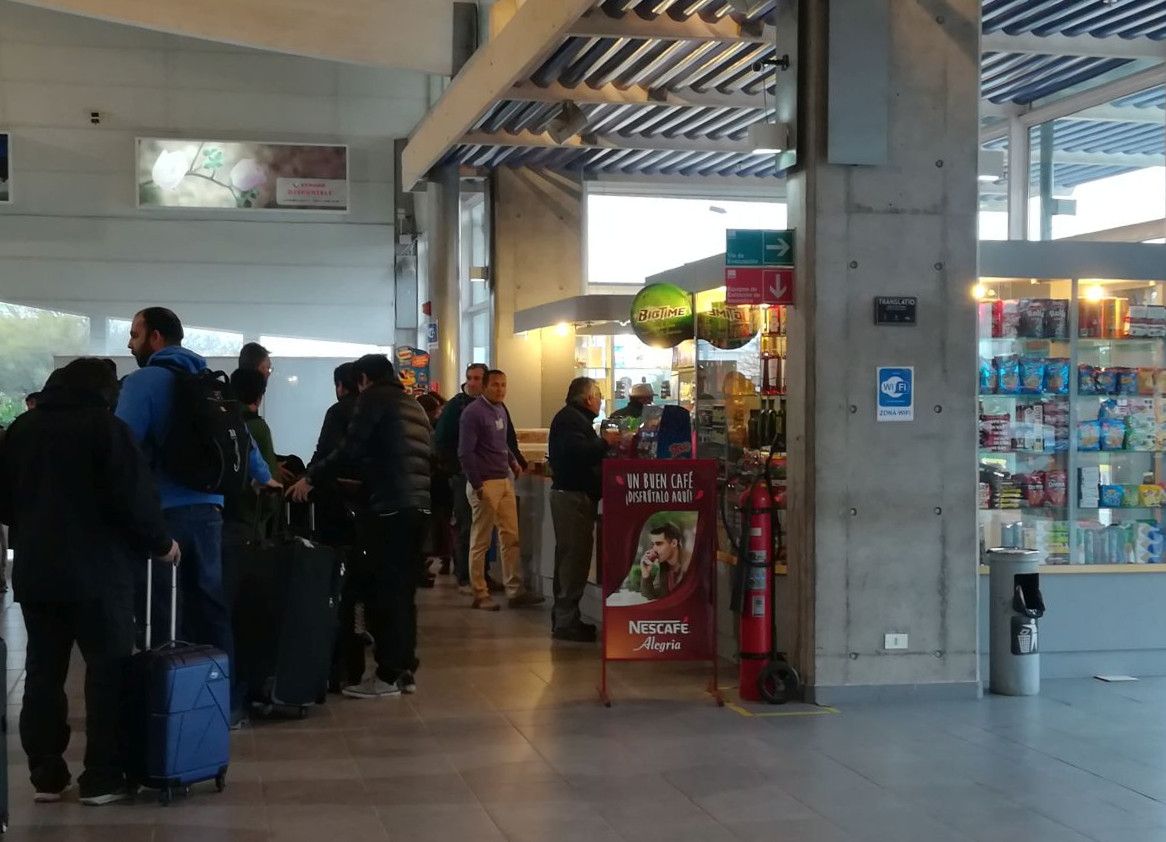
LATAM passengers are ready to board, but security check is still closed.
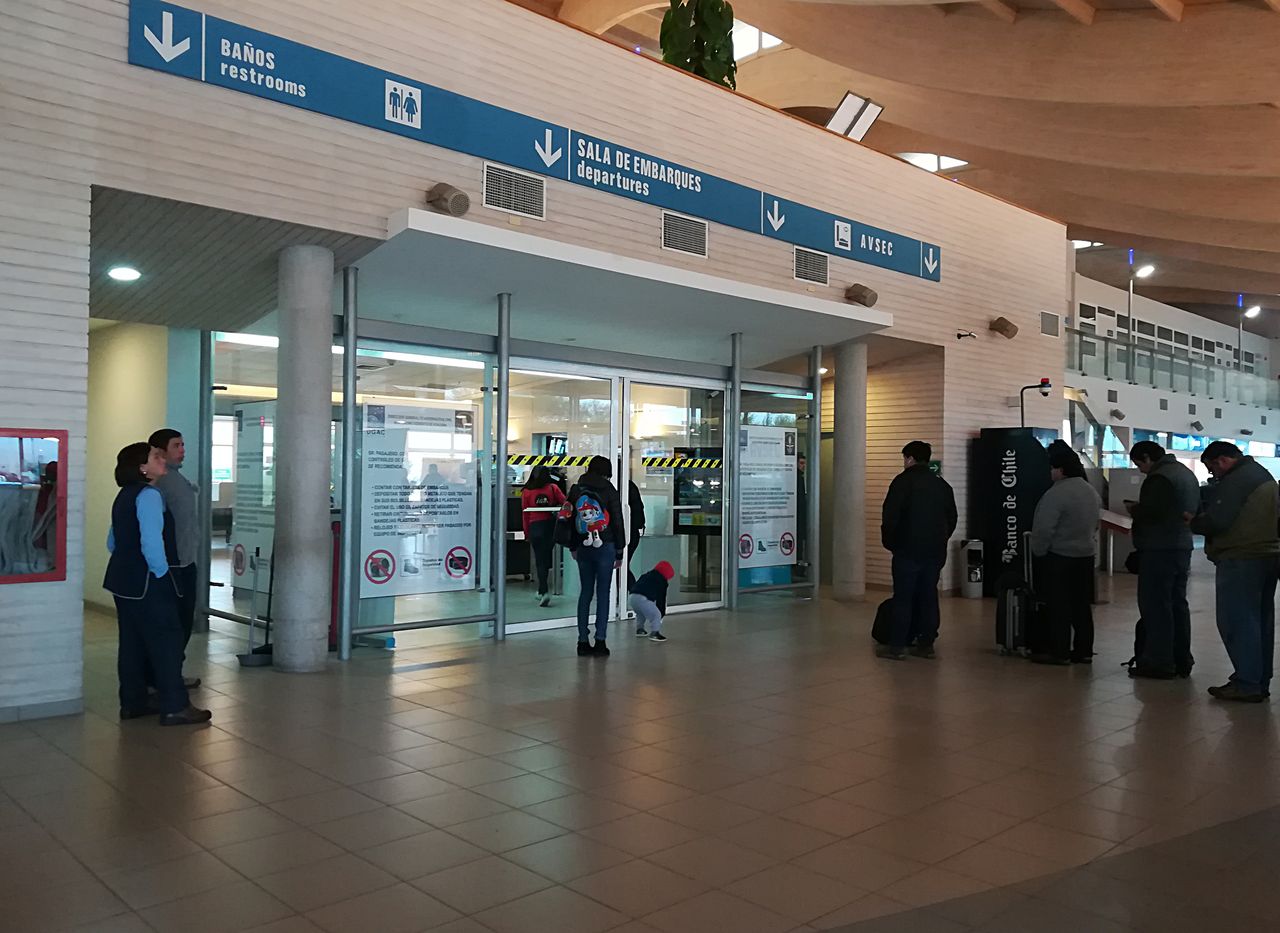
Good time for a visit to the restroom.
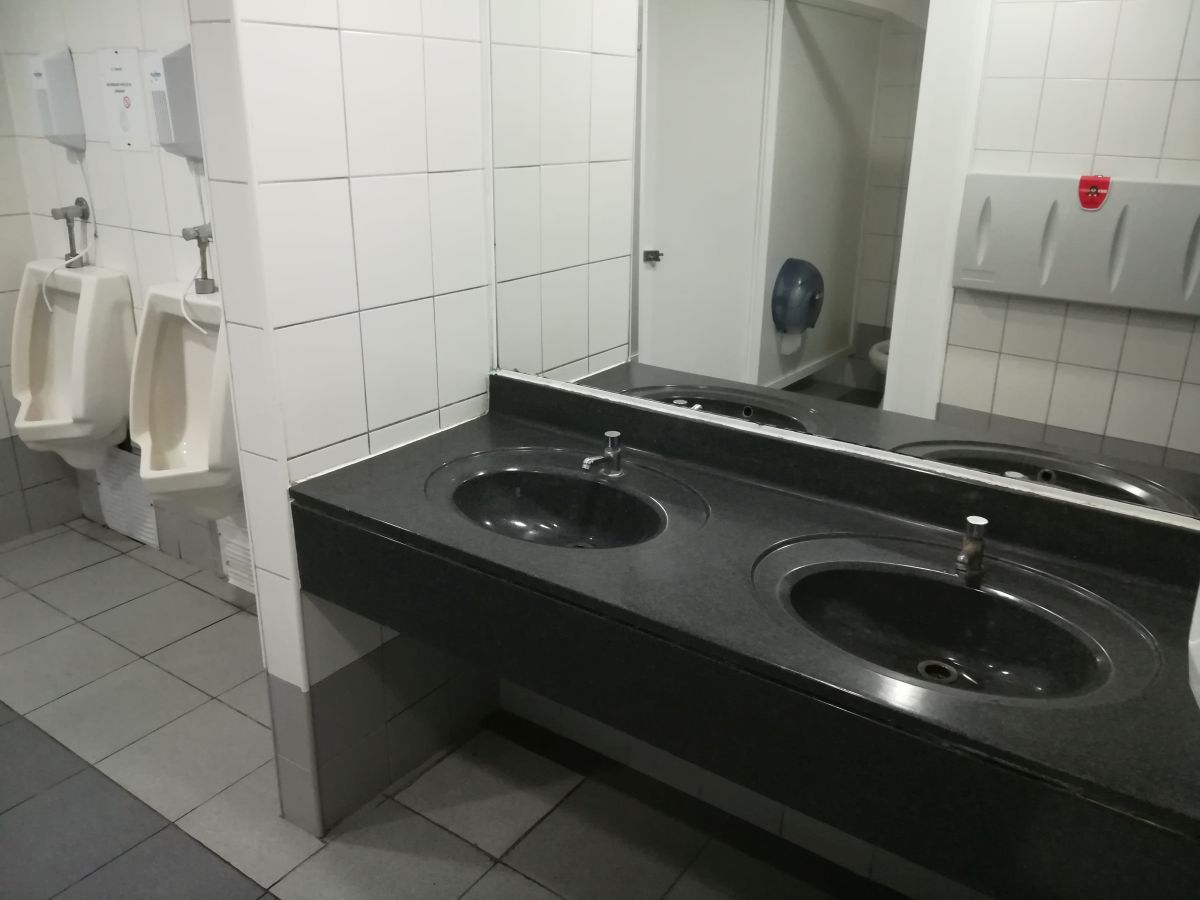
Clean…
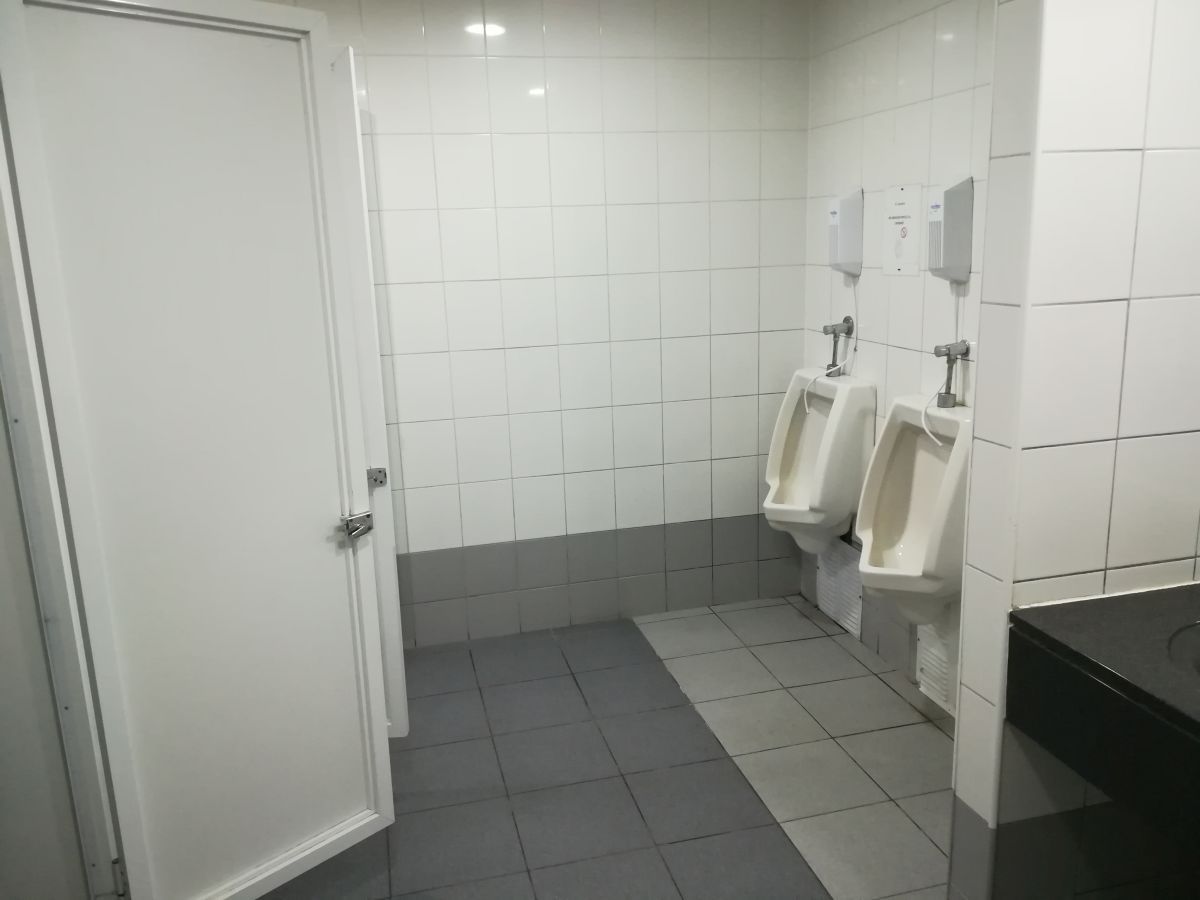
…shiny…

…and smells nice. Changing table in the men’s restroom.

On the other end of the hall is the arrivals area…
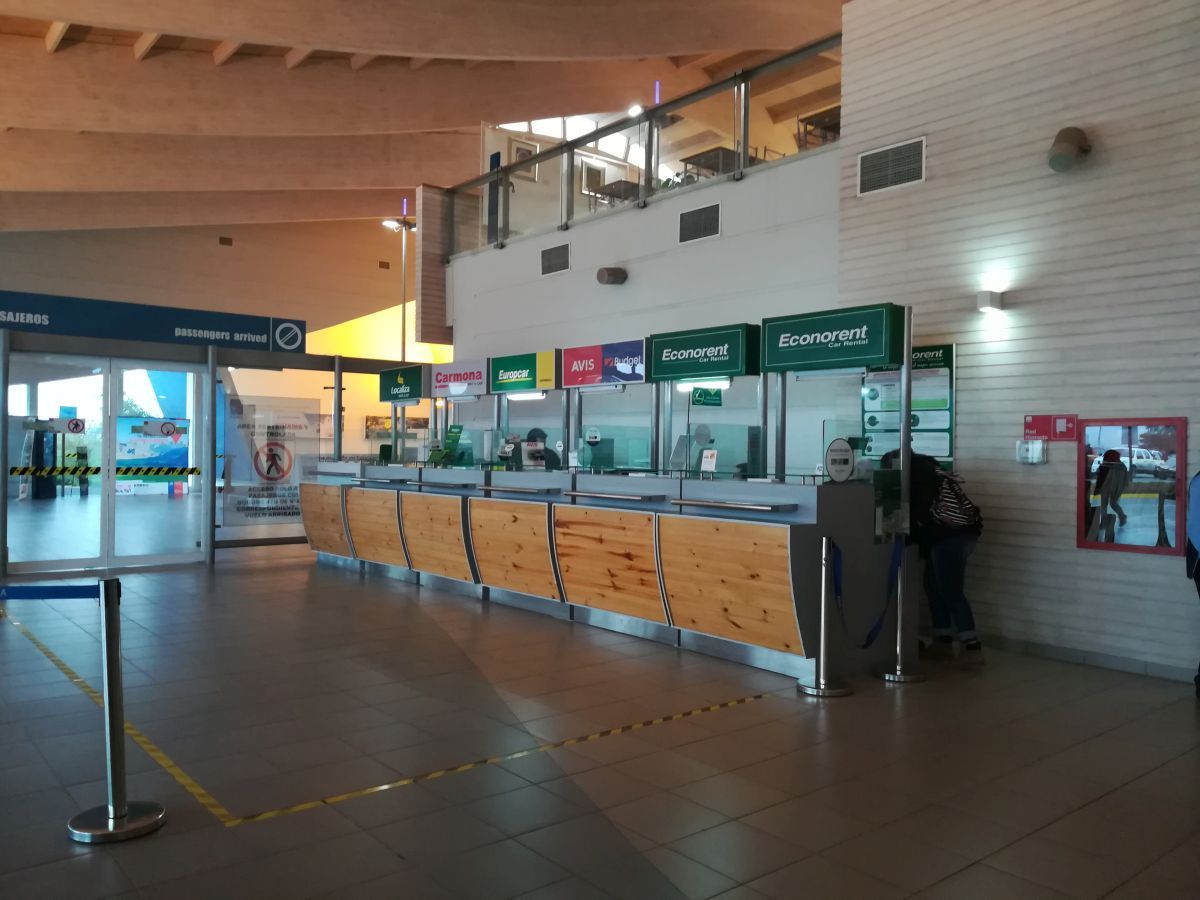
…and the only luggage belt here.

Let's turn around…
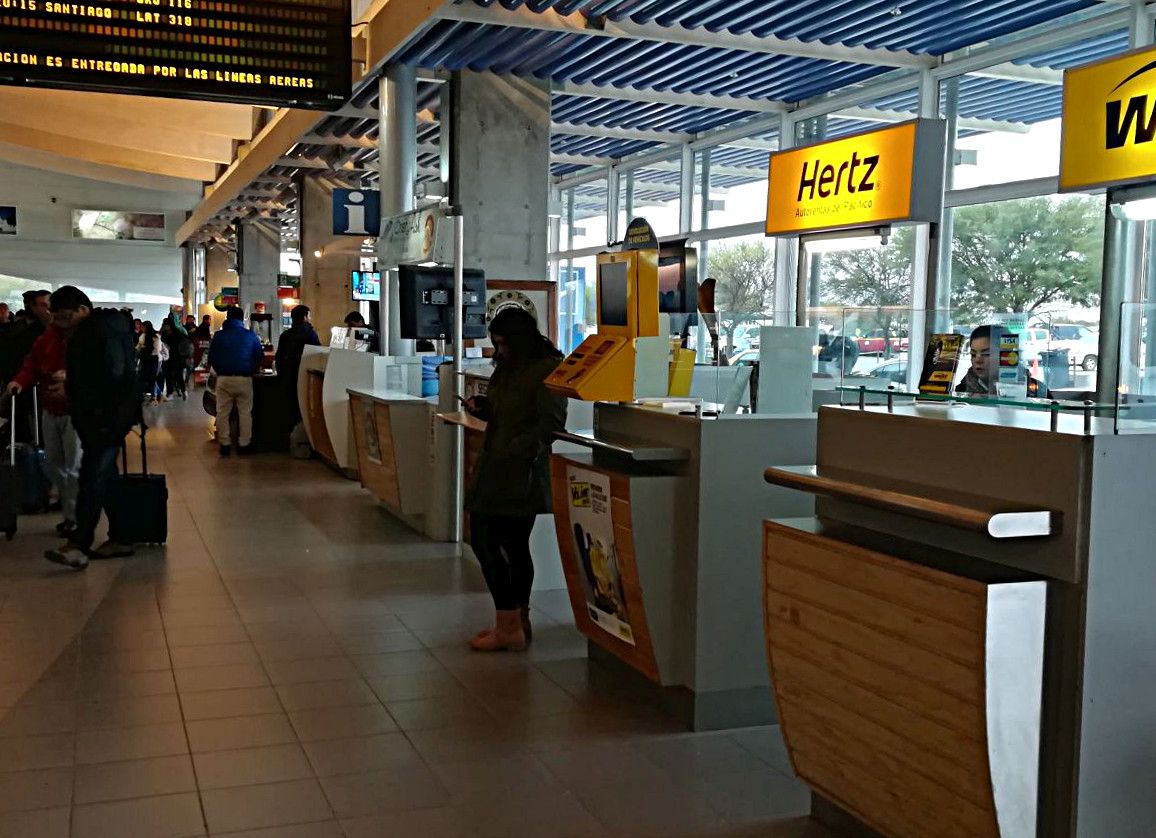
…and visit the second floor.
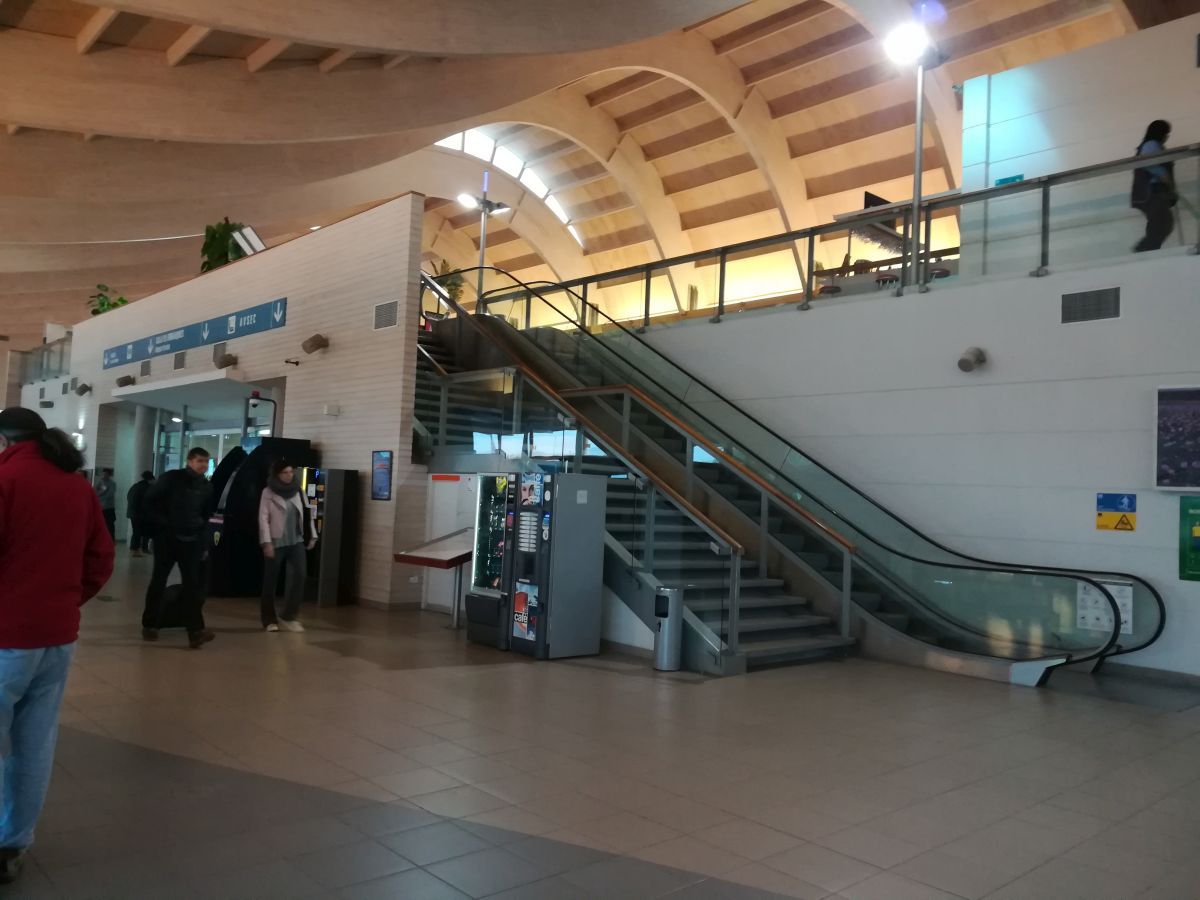
Upstairs, a cafeteria…
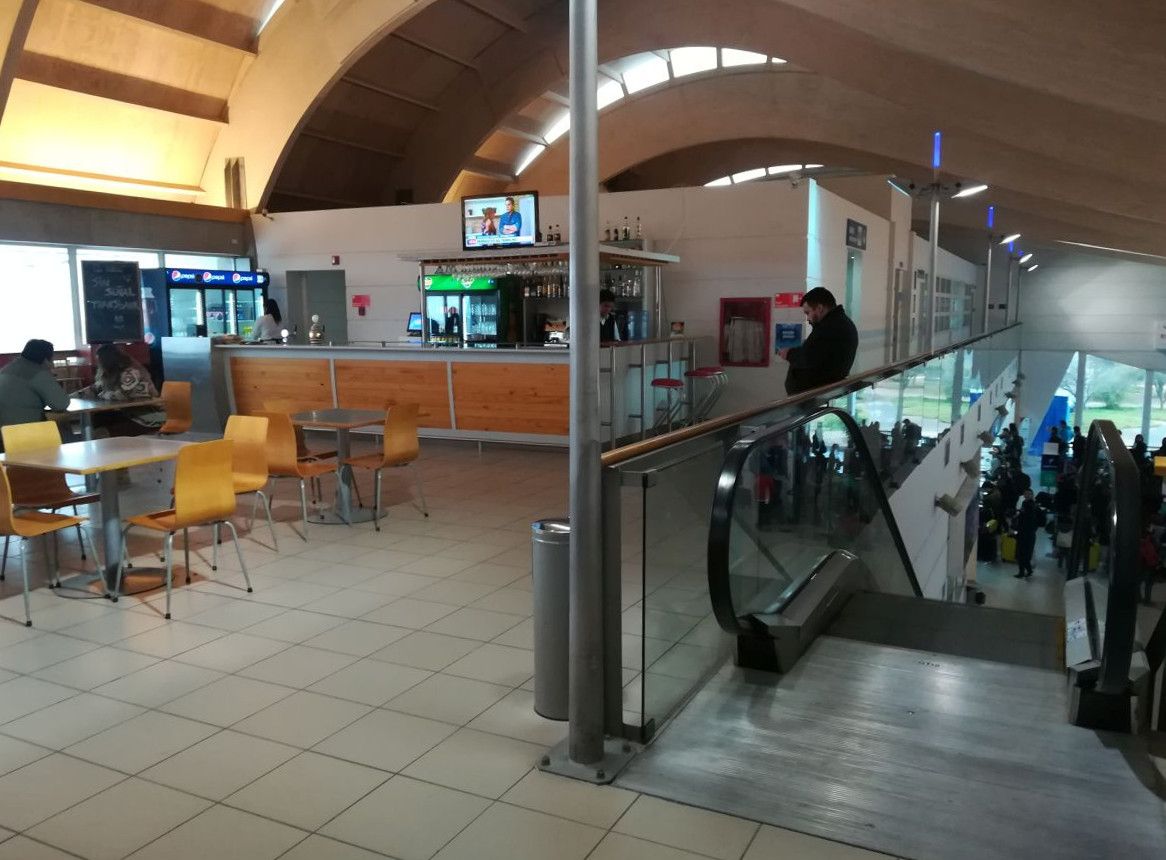
…with a nice view on the apron.
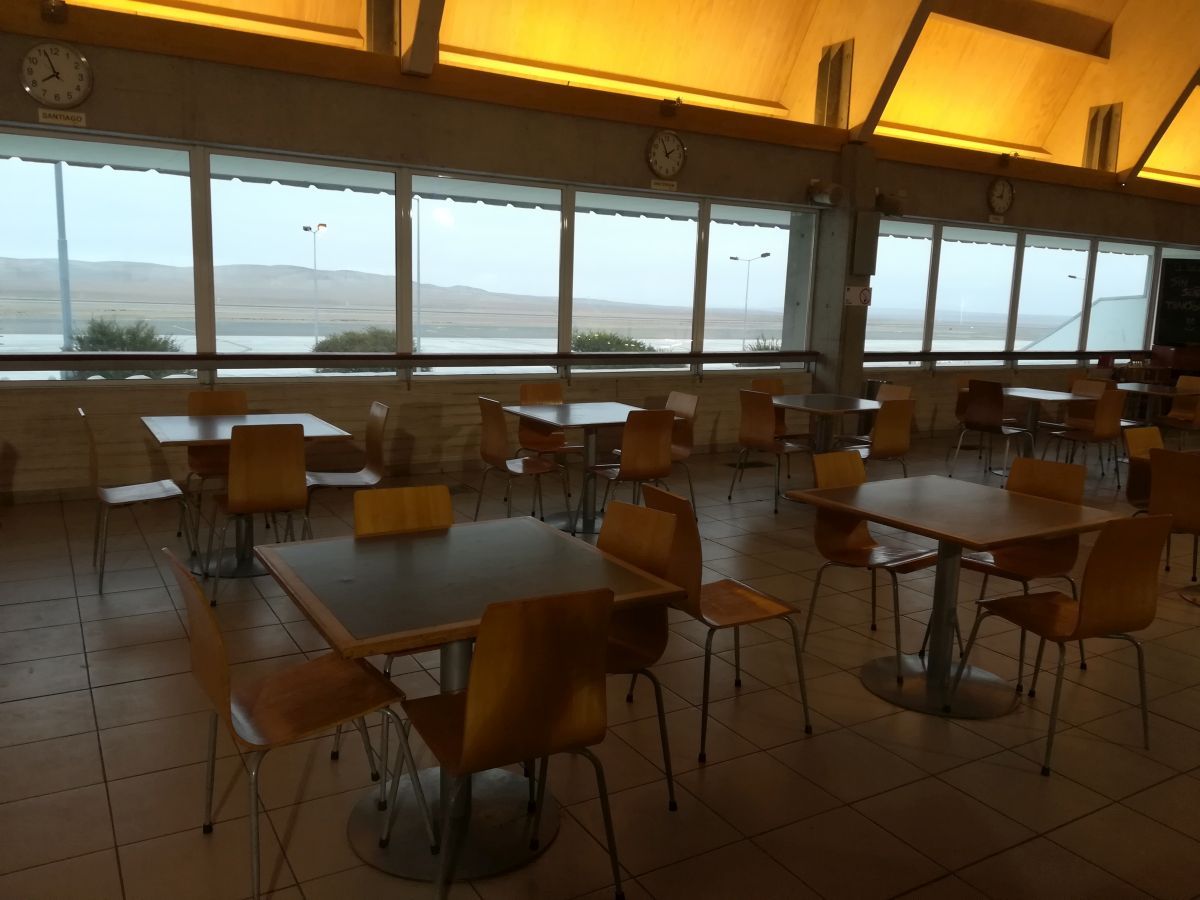
This photo shows something that baffles me: We are in the kingdom of sunshine here in the desert, but the architect doesn’t seem to have appreciated that. The sun can barely shine into the building through those skylights that do not compensate for the relatively small windows. This makes those (ugly and annoying) lamps necessary in the middle of the day.
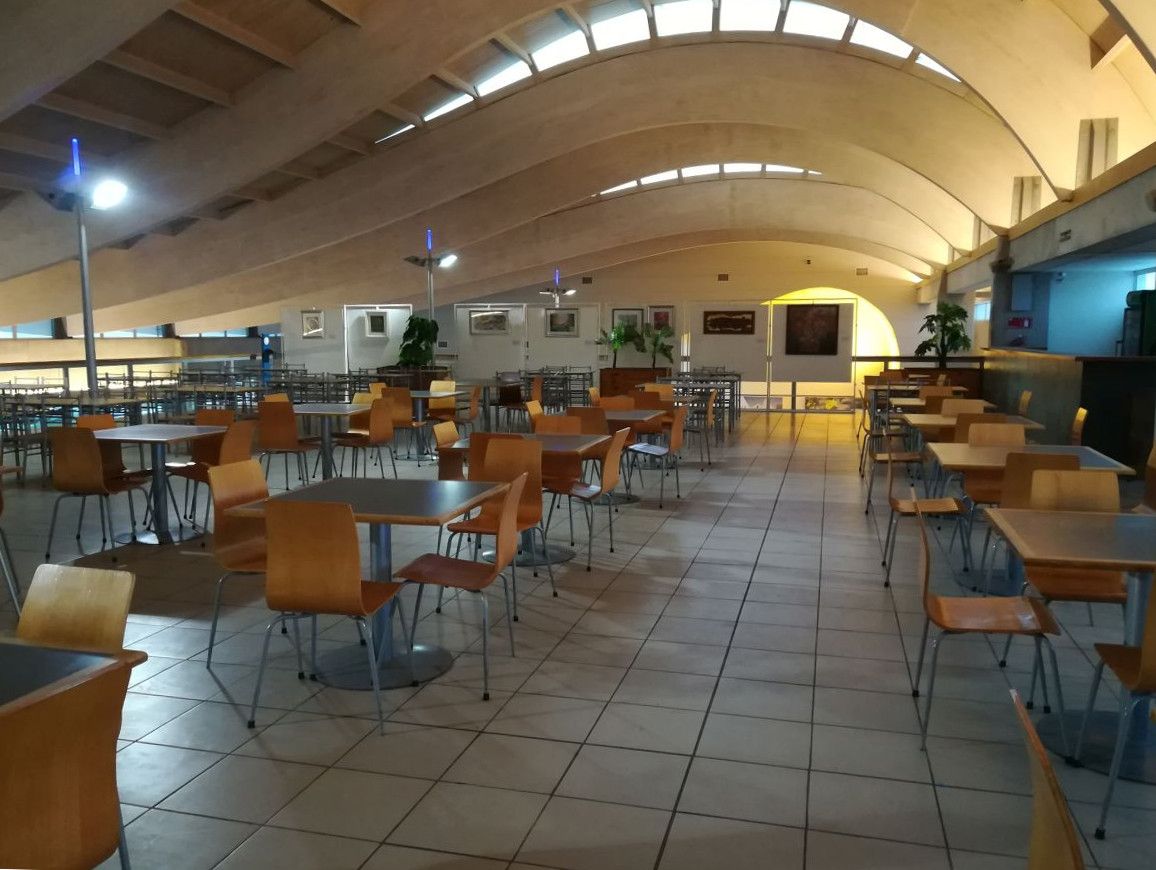
In spite of its small size, CPO is determined to play in the big leagues. Besides the local time…

…you can check what time it is in Amsterdam…
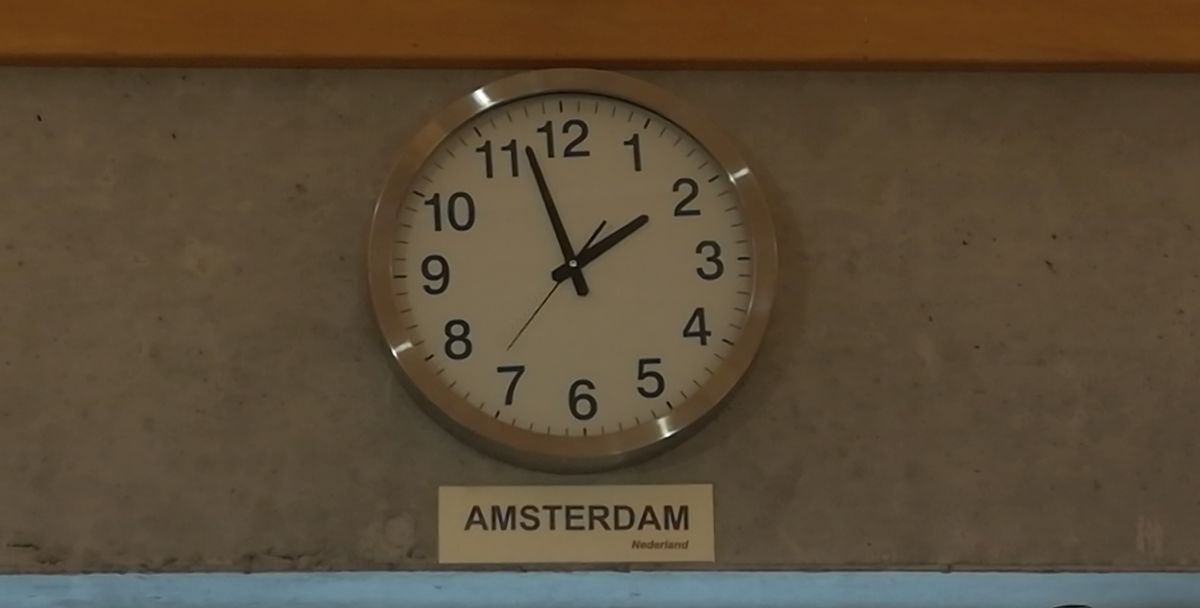
…and in Tokyo.
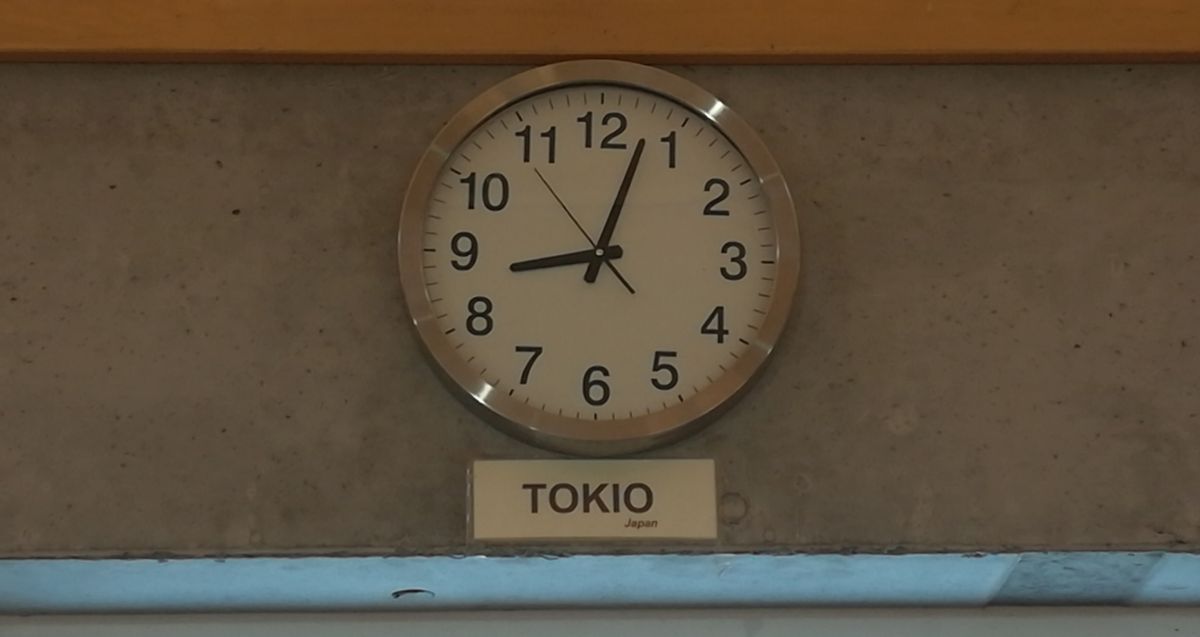
I don't trust the guy in charge of setting those clocks, though.
The cafeteria also holds a painting exhibition.
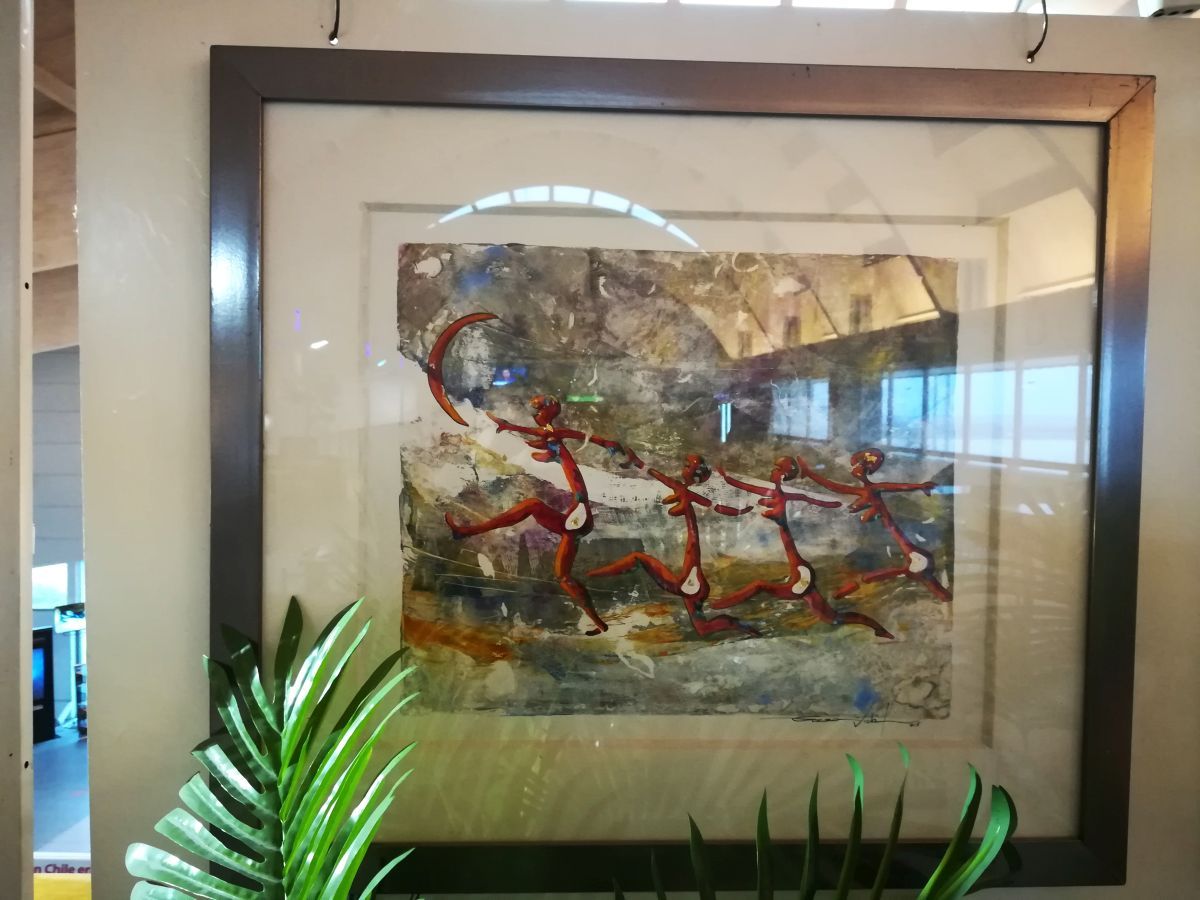
Better than Translatio, I think.
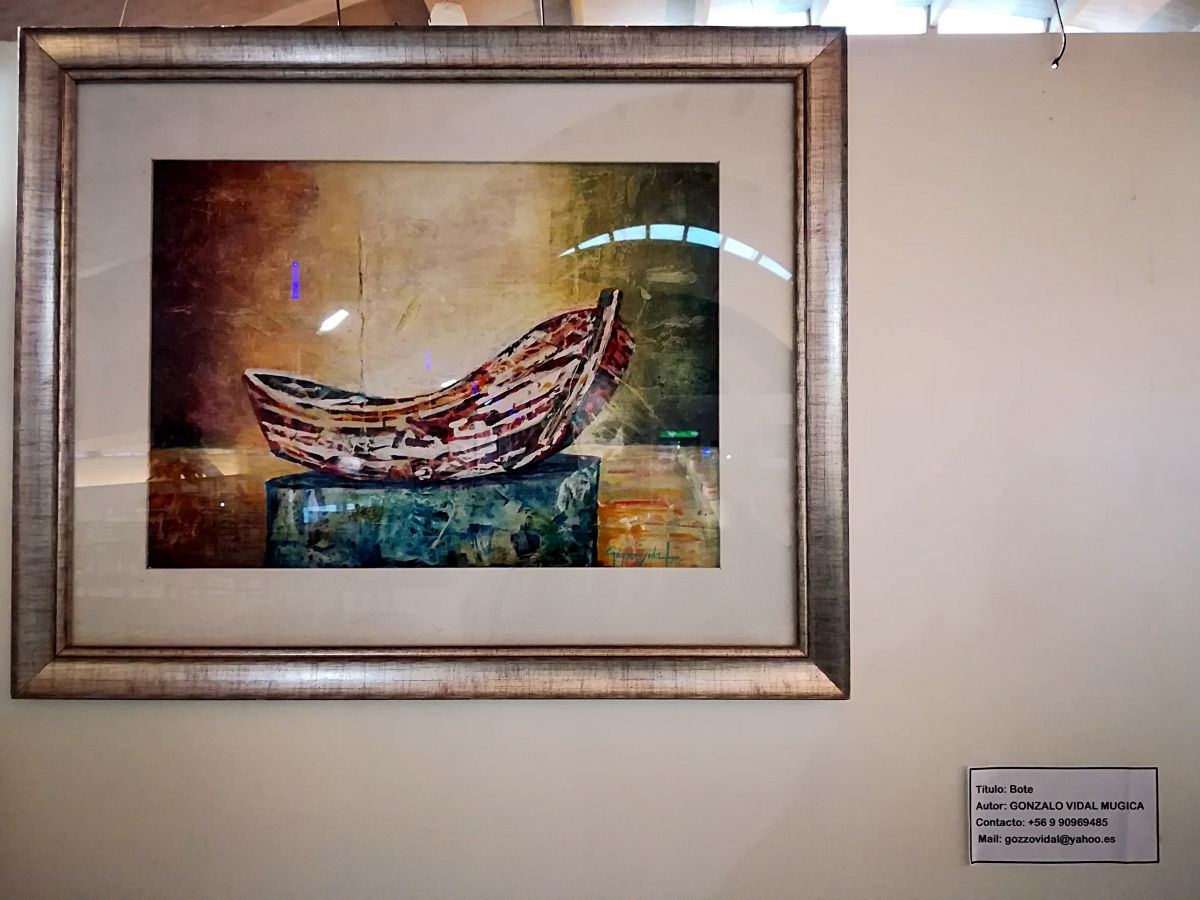
Check-in area from the top of the escalator.
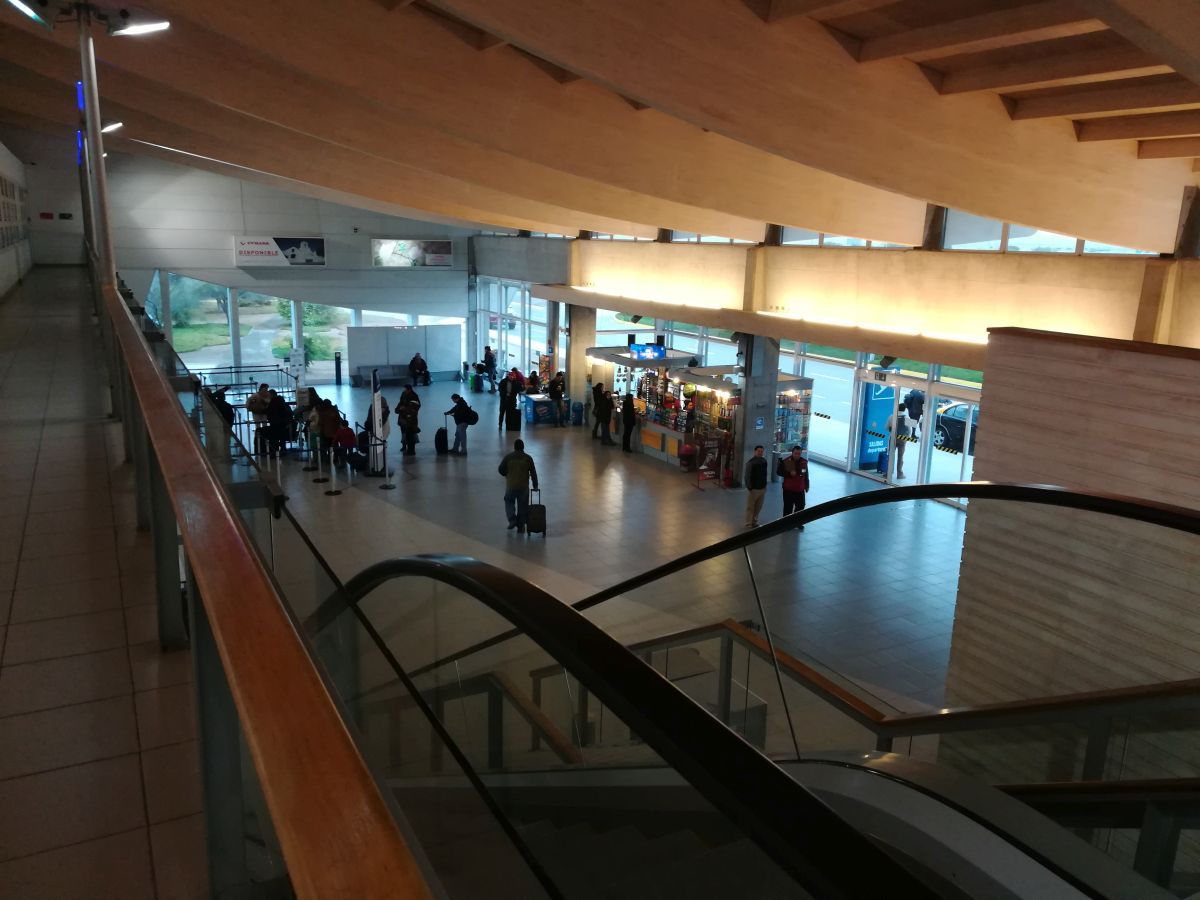
When I go back downstairs the FIDS has been updated at last.
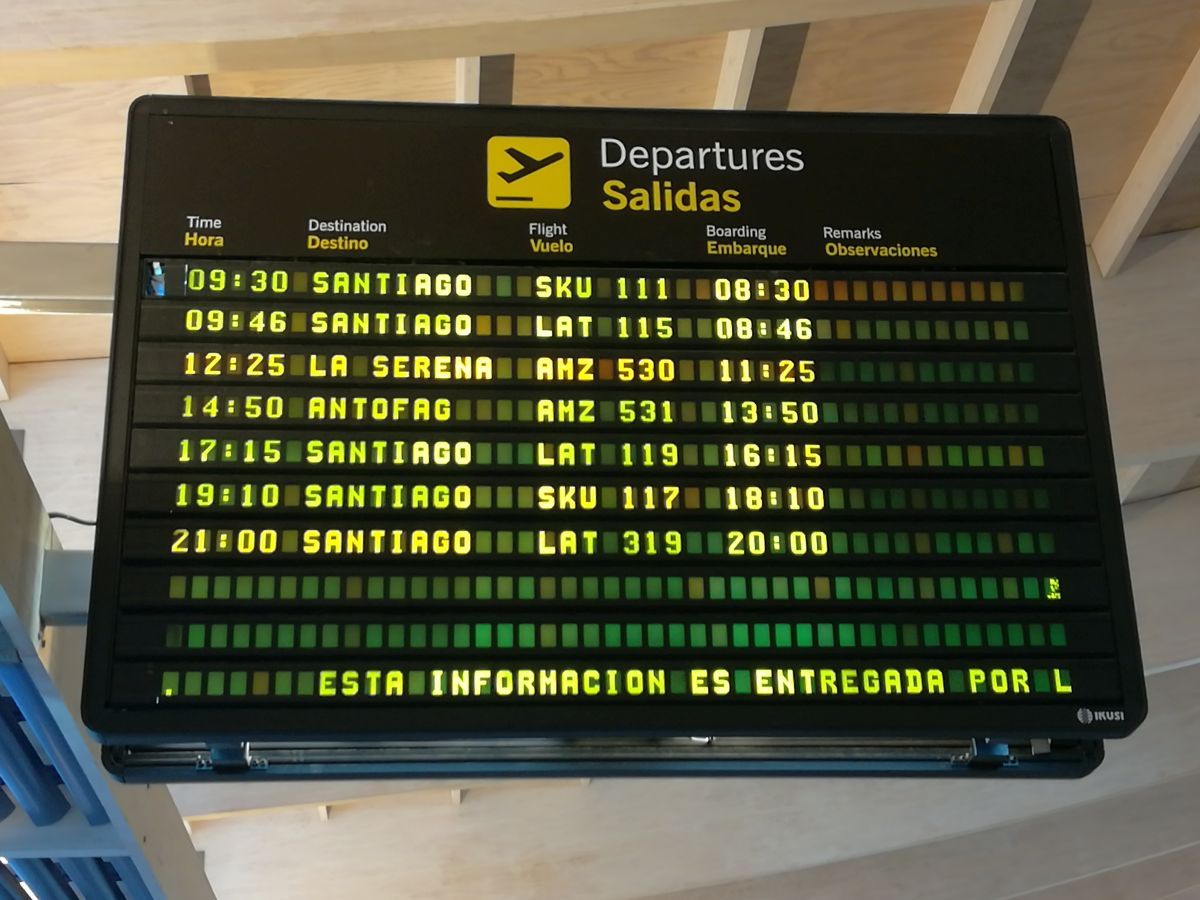
It’s time to line up for the screening. The queue is getting longer than expected.
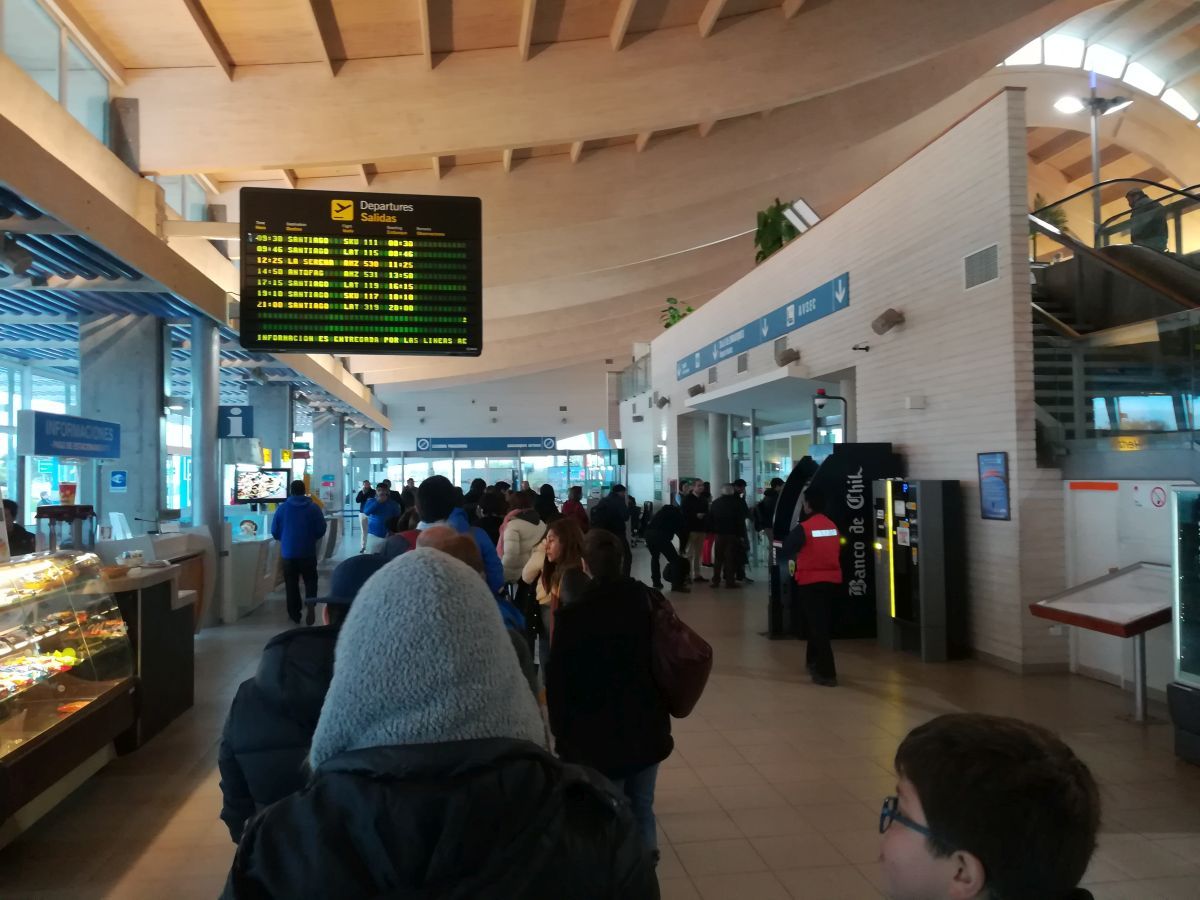
The process is slow with only one checkpoint and I have to stand for a long while next to this monitor showing food! I’m going to get hungry.

This is my first view of the boarding room, which is on the ground level because there are no jetbridges. View to the right…
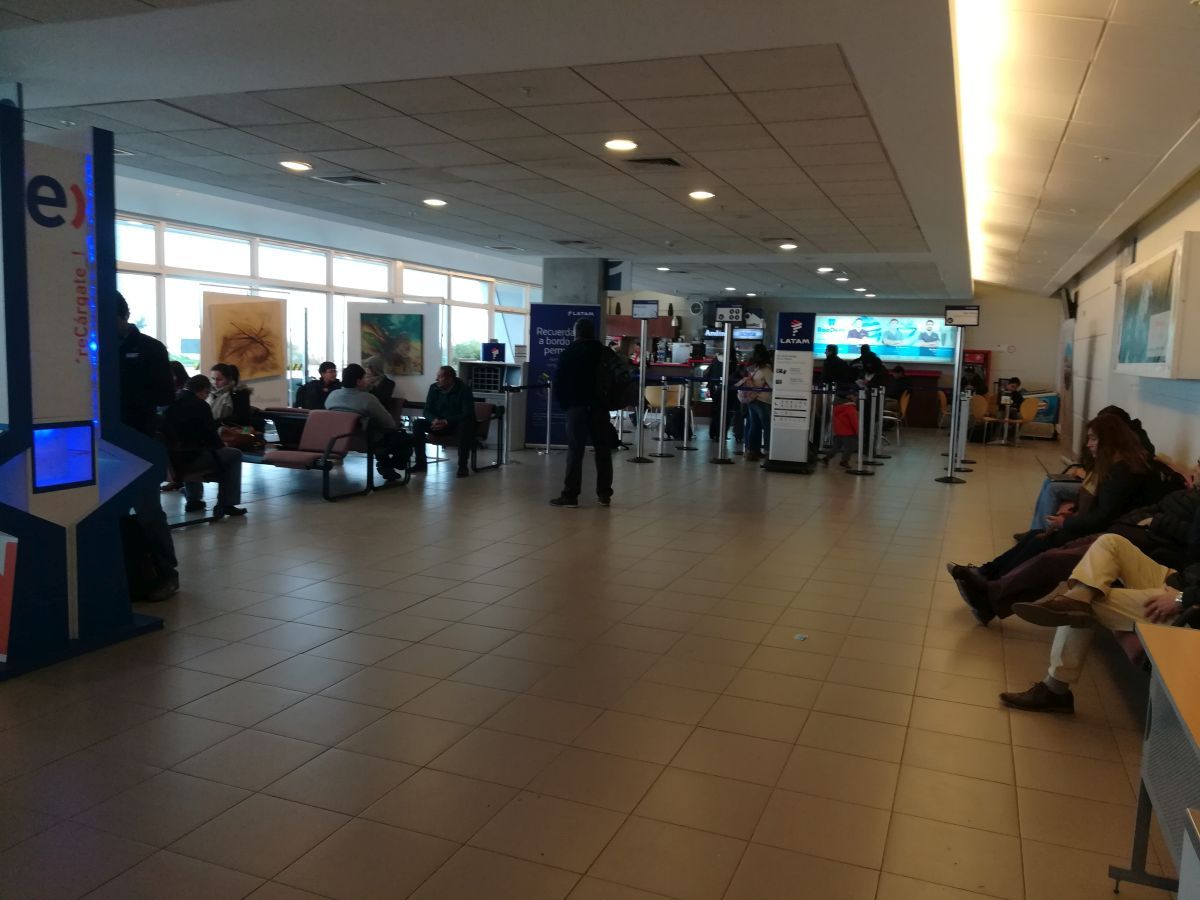
…and to the left.

It looks rather small.
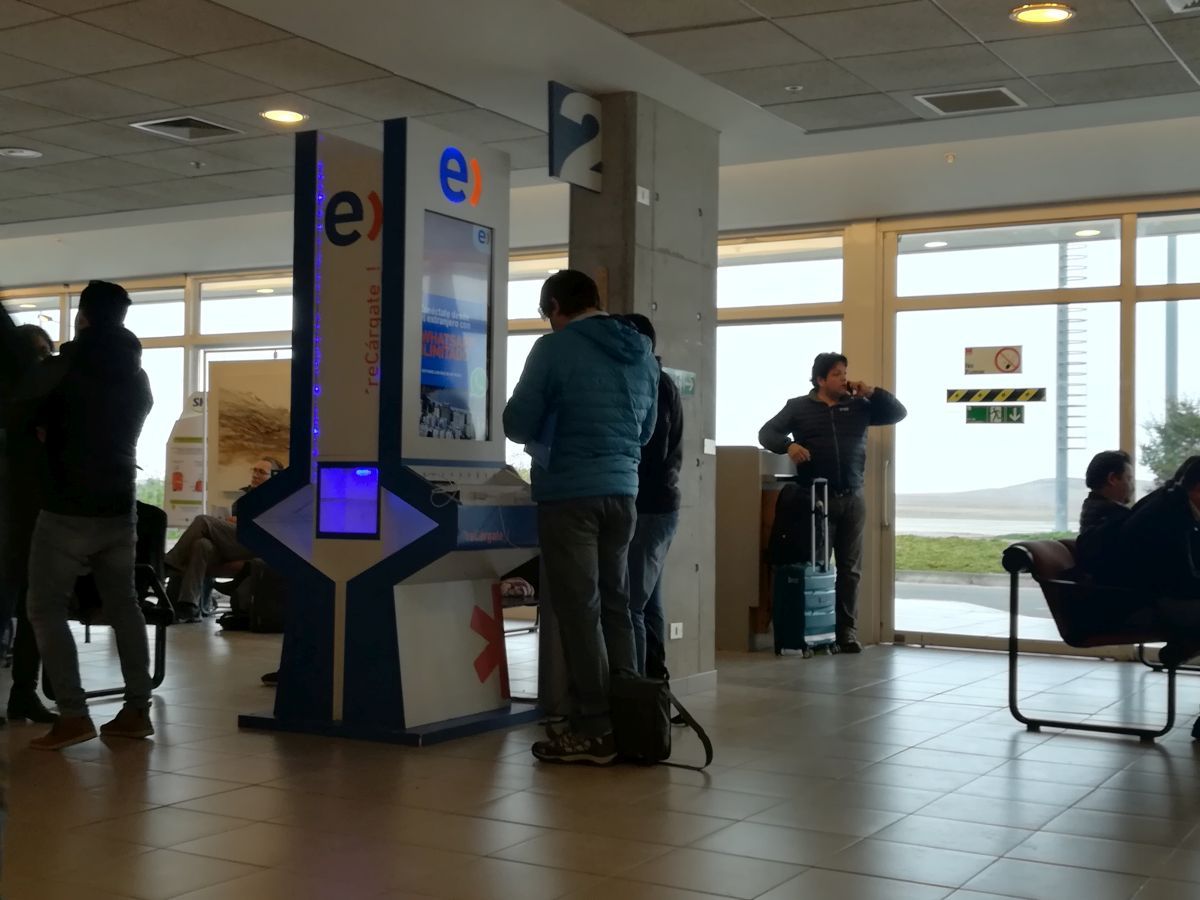
LATAM and Sky Airline passengers are going to share the boarding room…
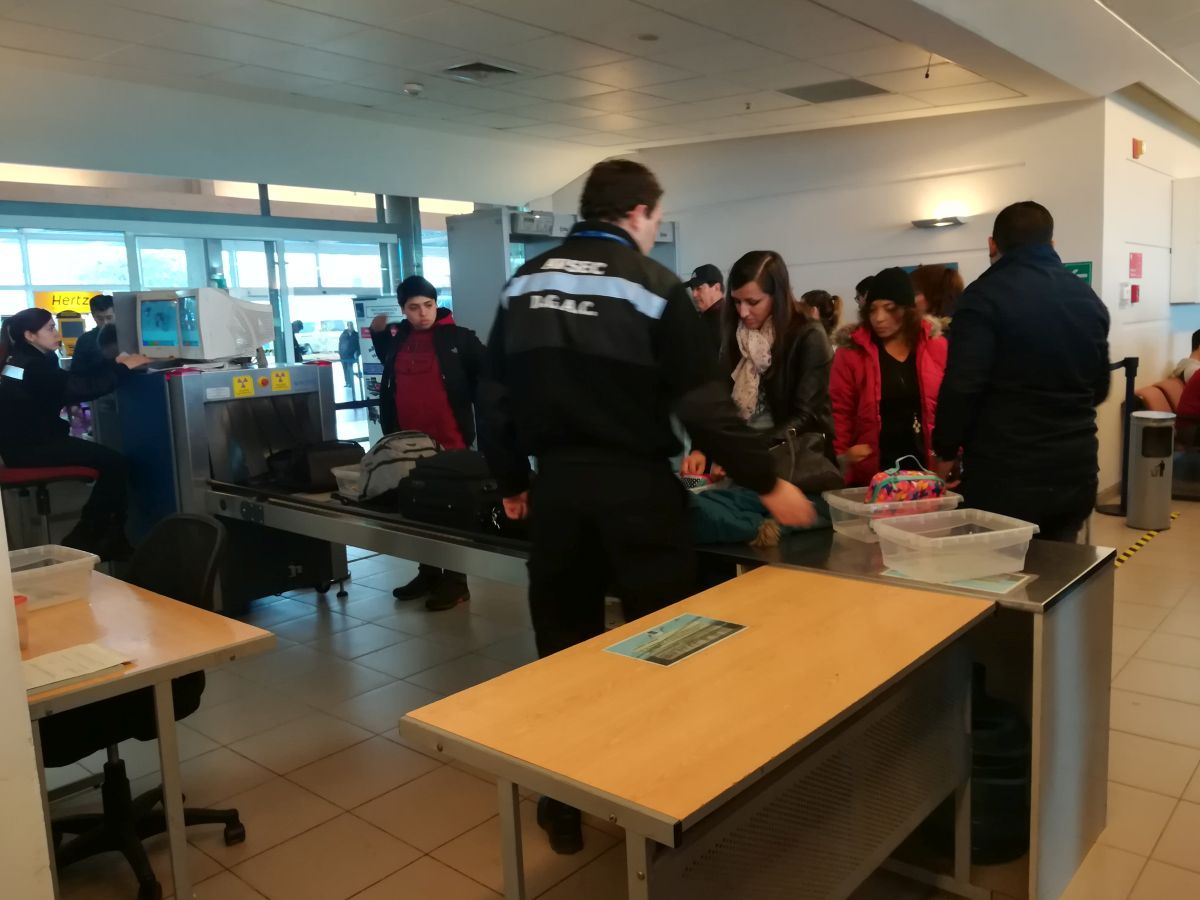
…which quickly becomes packed. Passengers looking my way are boarding the LATAM flight. We are all trying to guess which is the line for our row number.
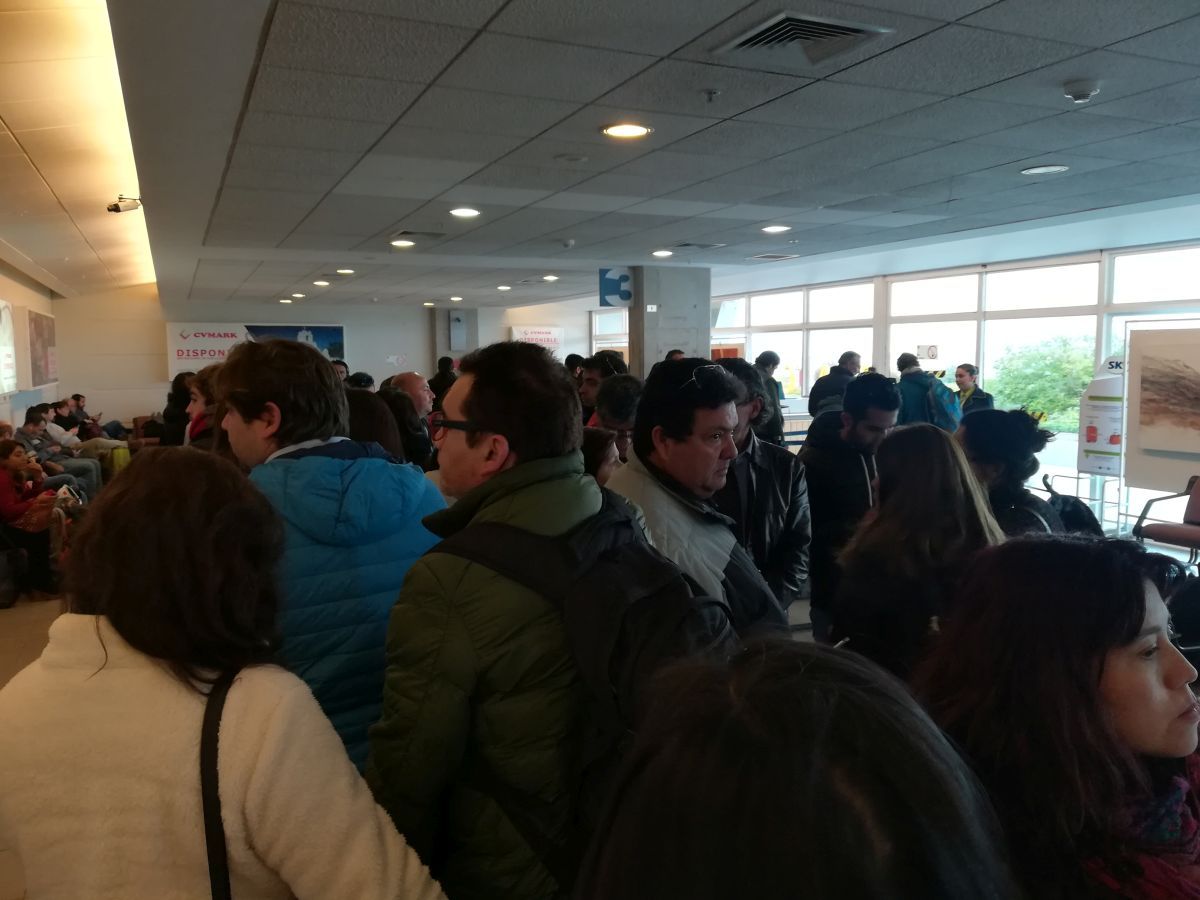
LATAM passengers disembarking.

Our plane is already there.

Boarding
Here we go. It’s the desert, but the wind is cool, as that rabbit suggests.
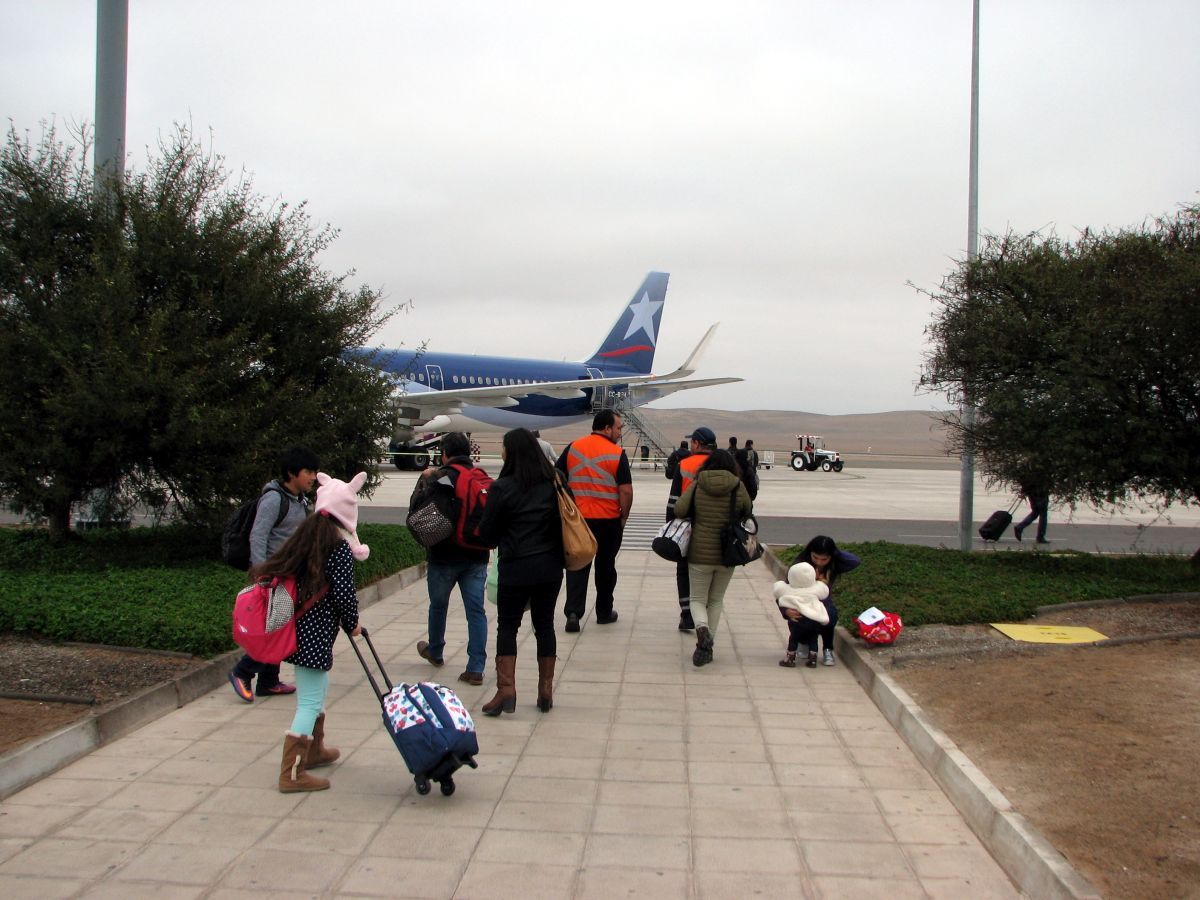
The arrivals section.
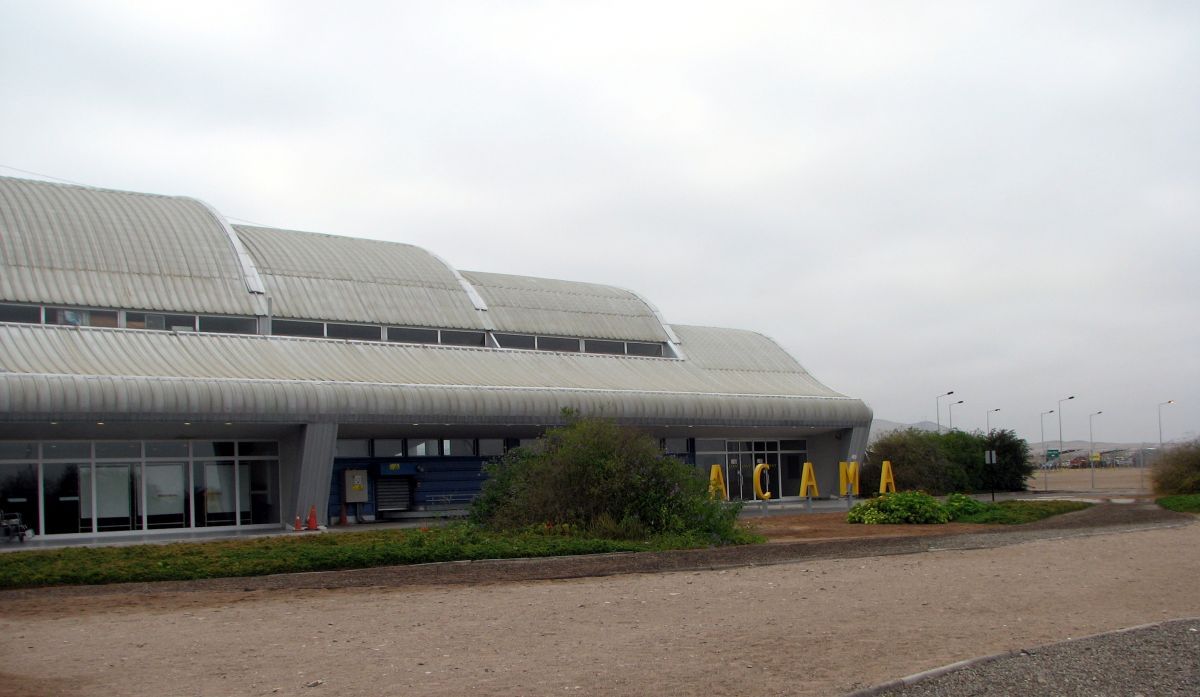
13-year-old CC-AFZ is waiting there.
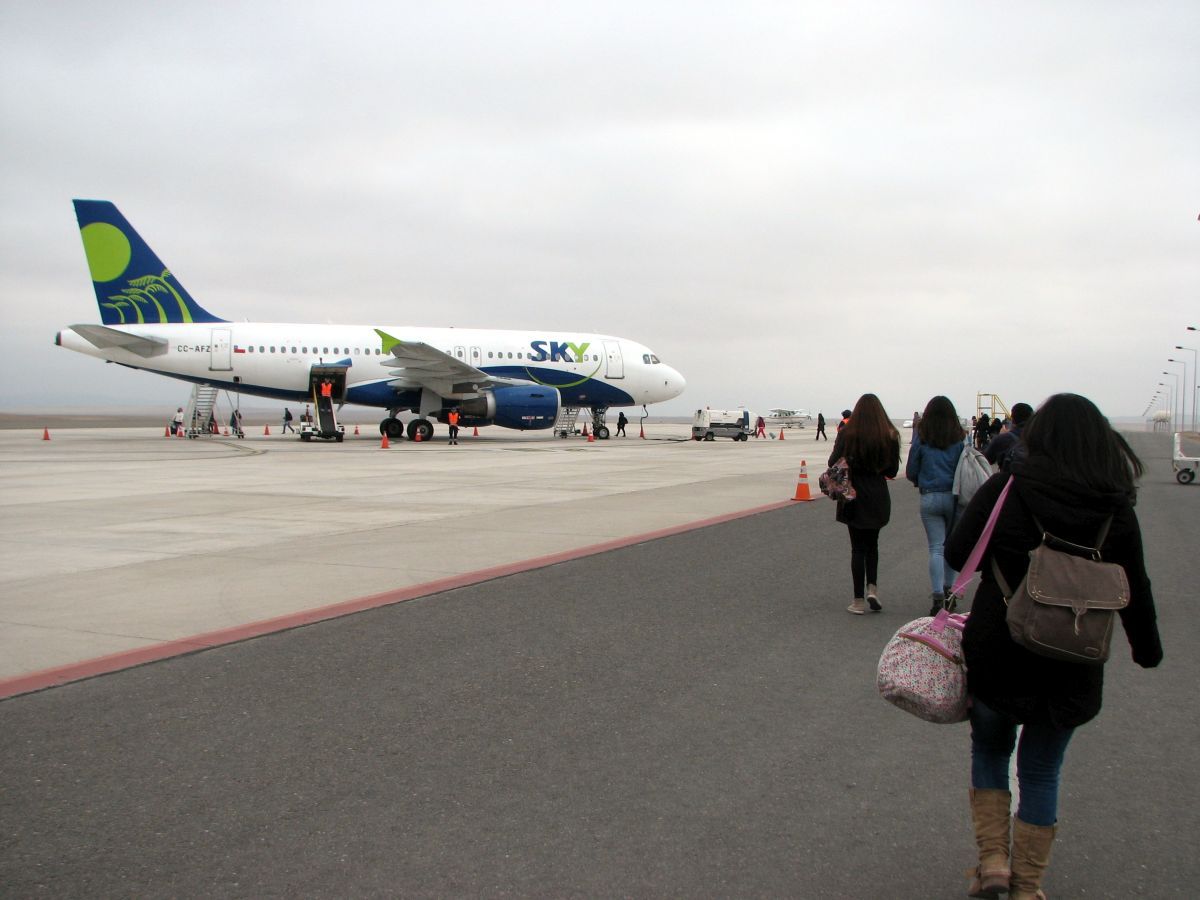
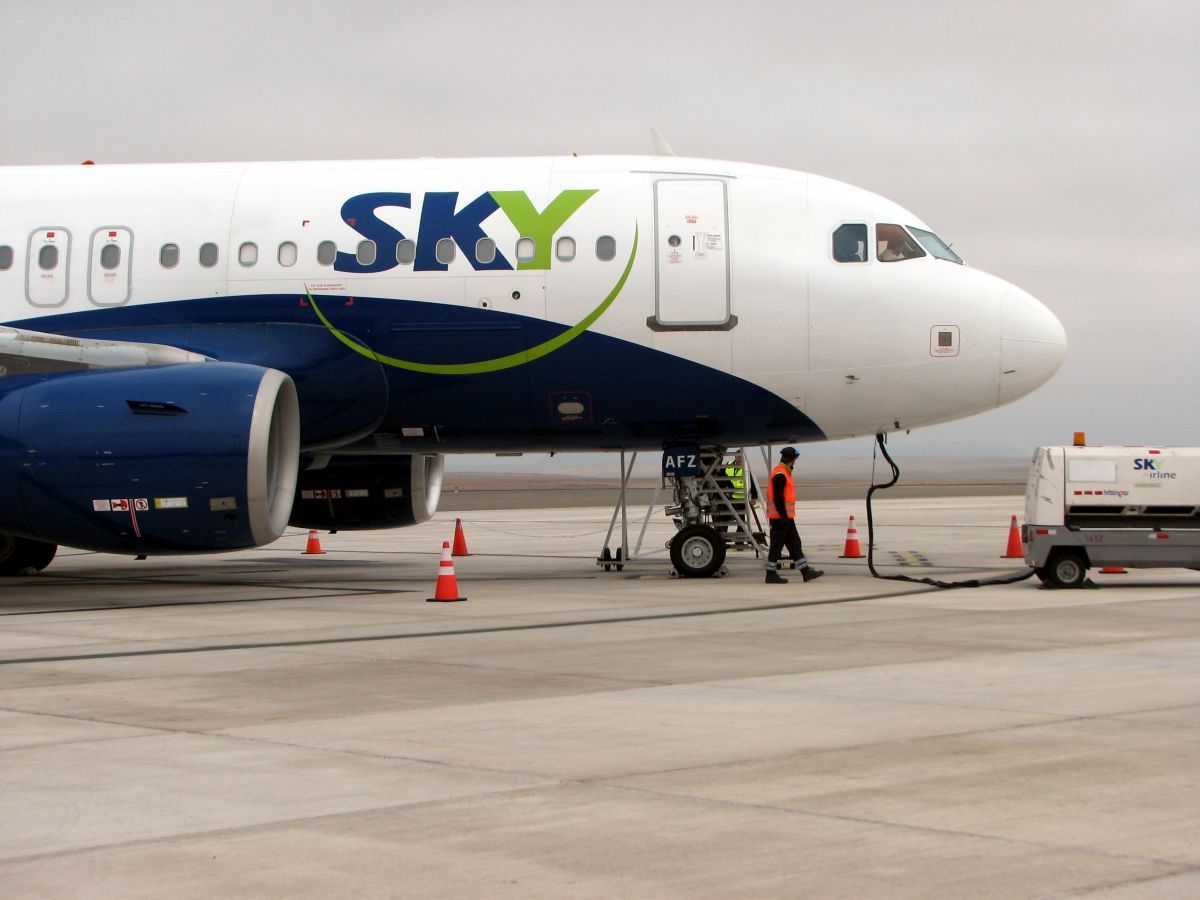
The view from my window. Last passengers boarding.
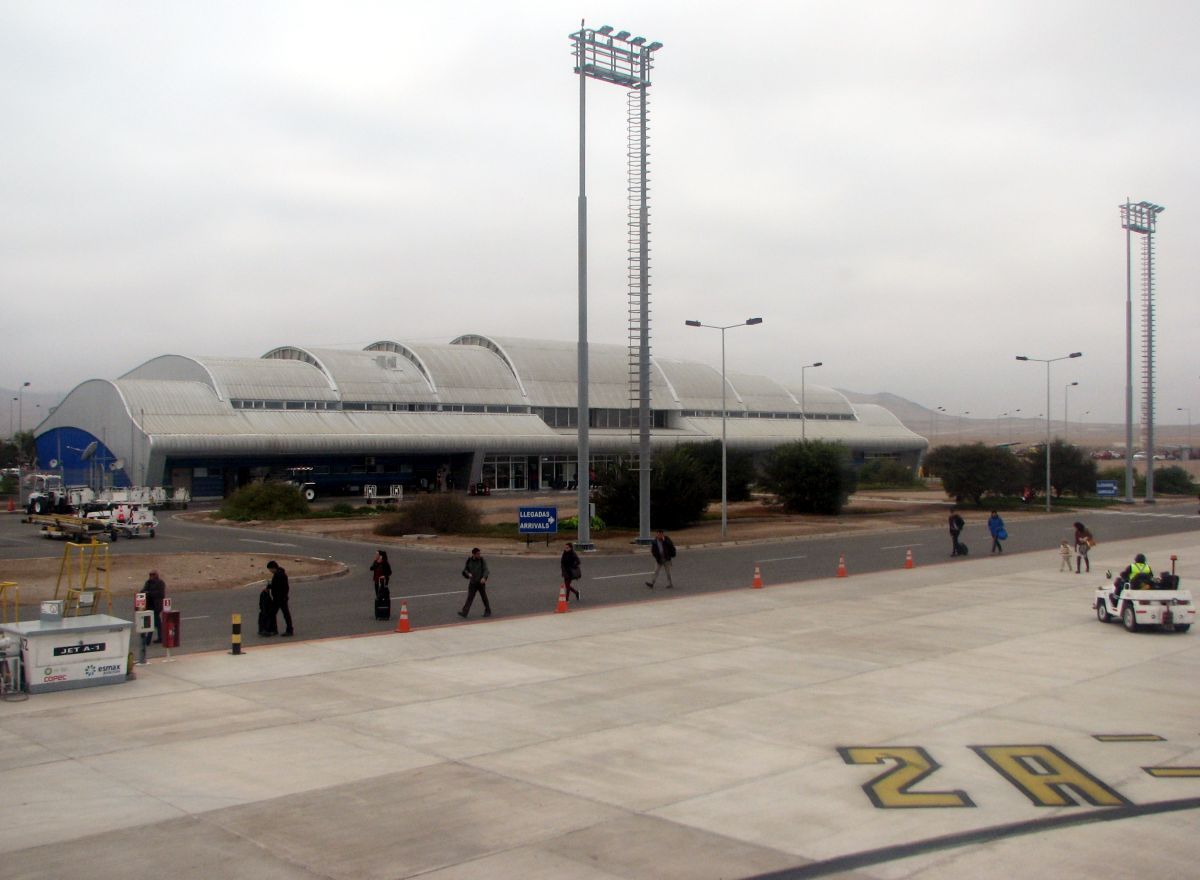
Time to check the contents of the seatback pocket. The inflight mag.
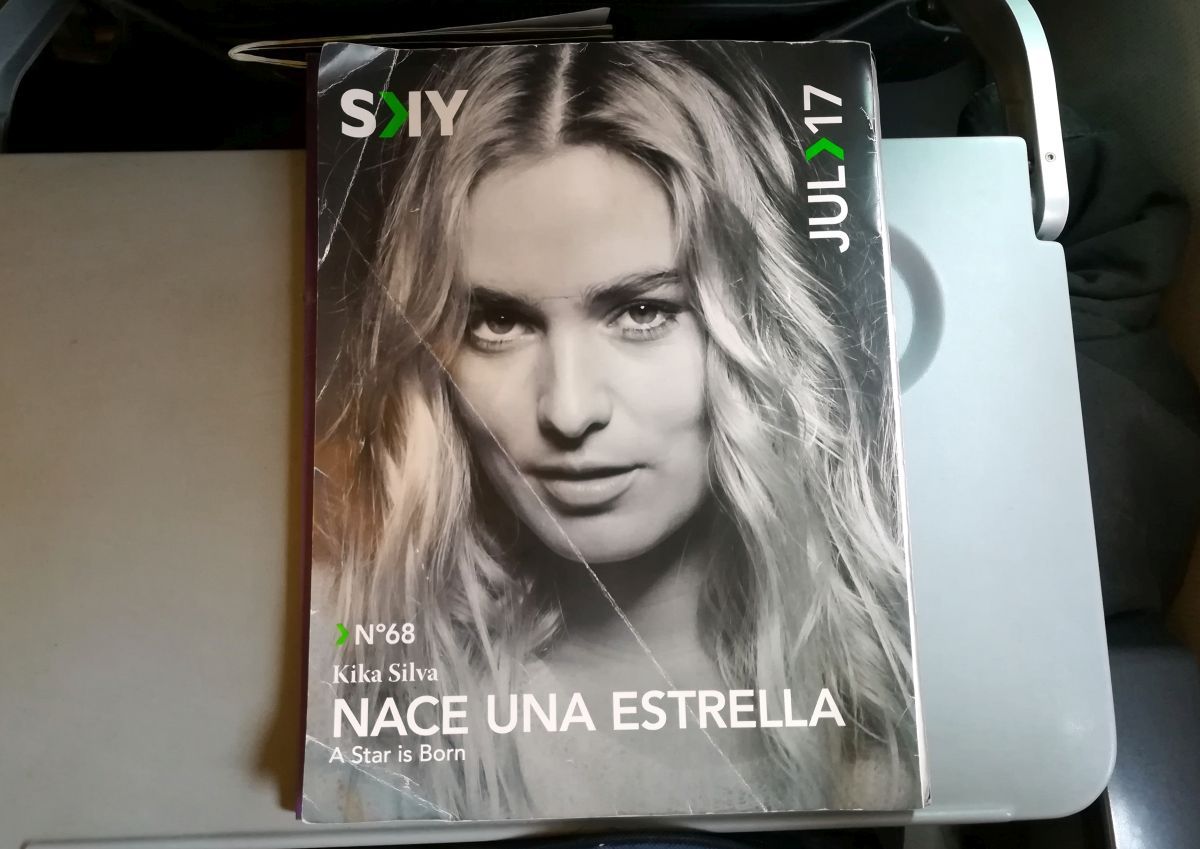
Inside, Paine Towers. I’ll be visiting them next January for the first time!

Sickness bag. “Look at the horizon and soon you will be better.”

BOB menu…

…and my choice for this flight.
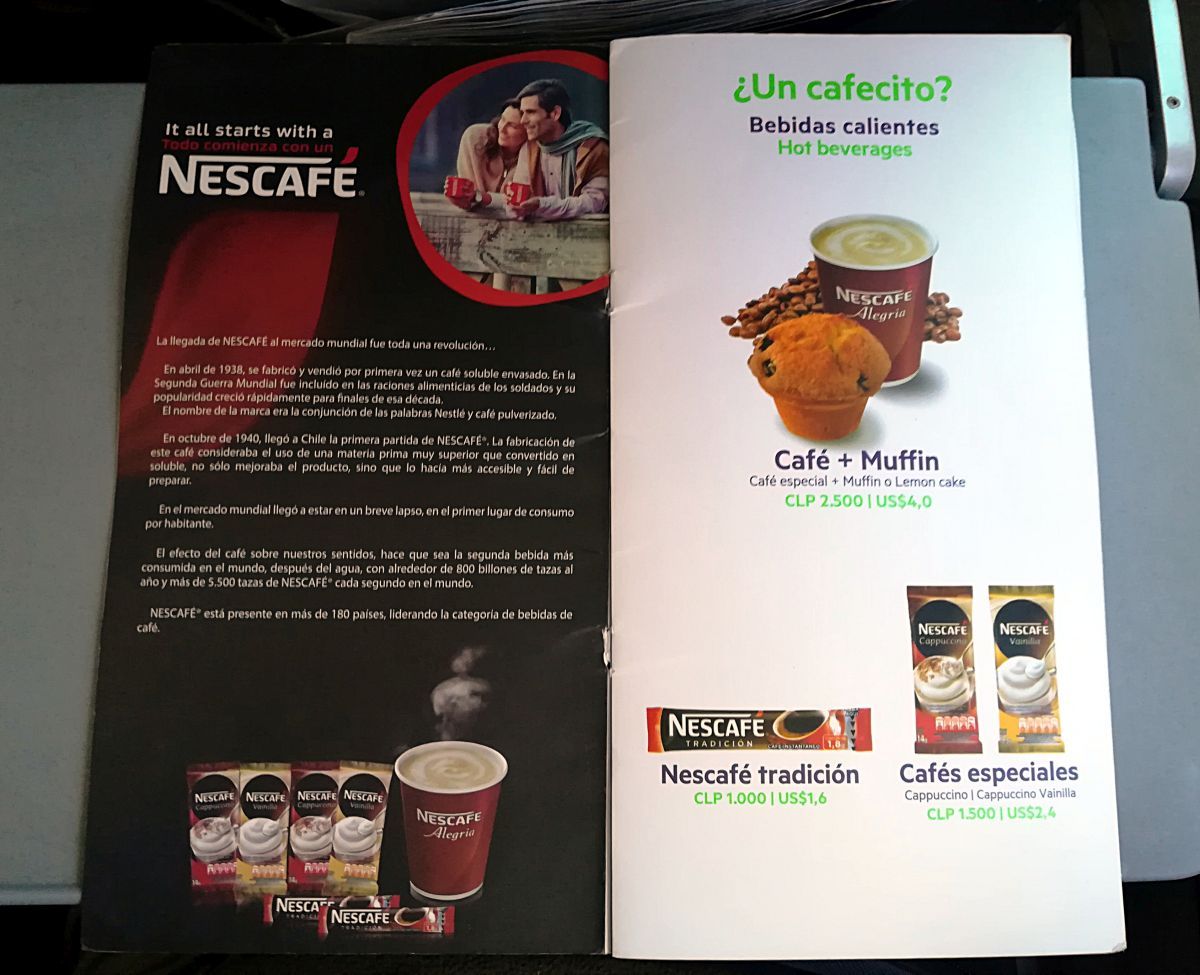
We’re all set in the cabin.
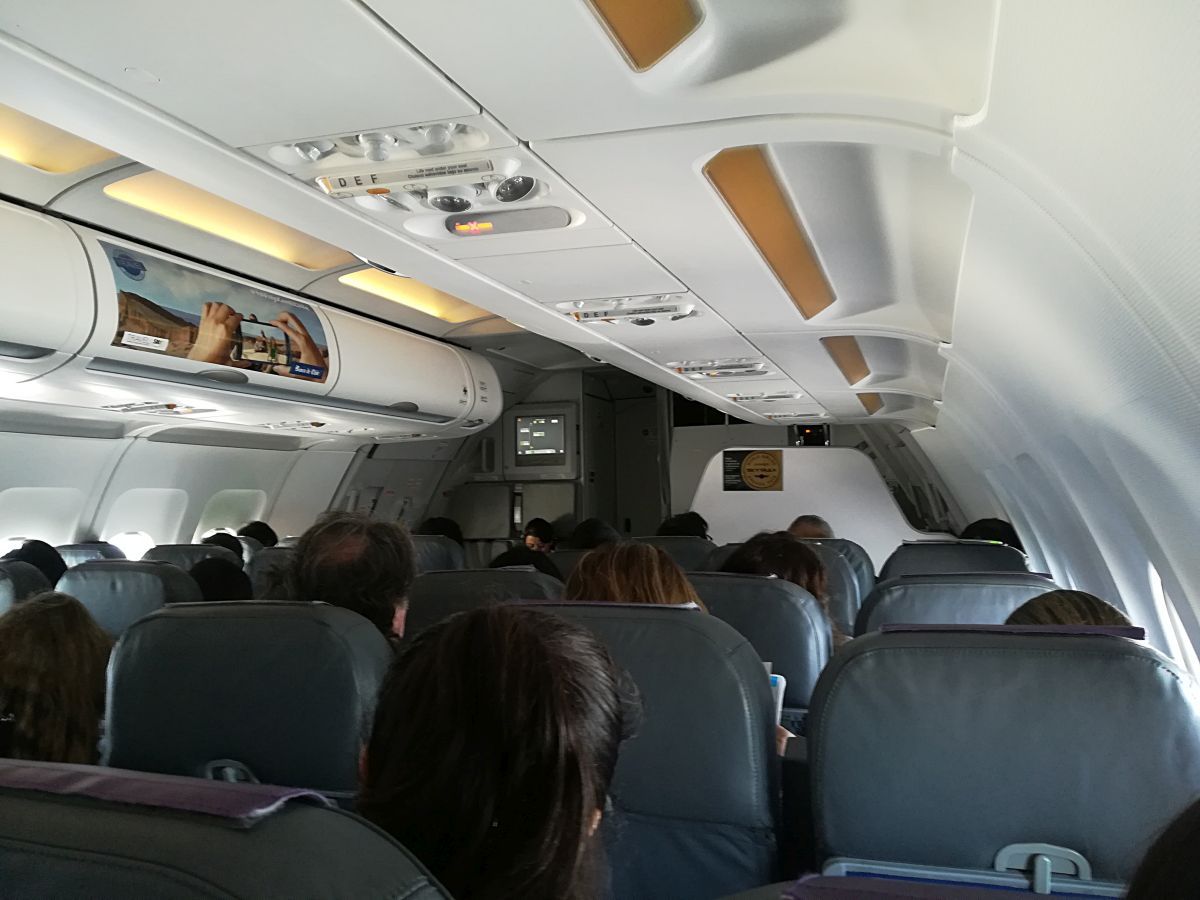
The flight
Pushback.
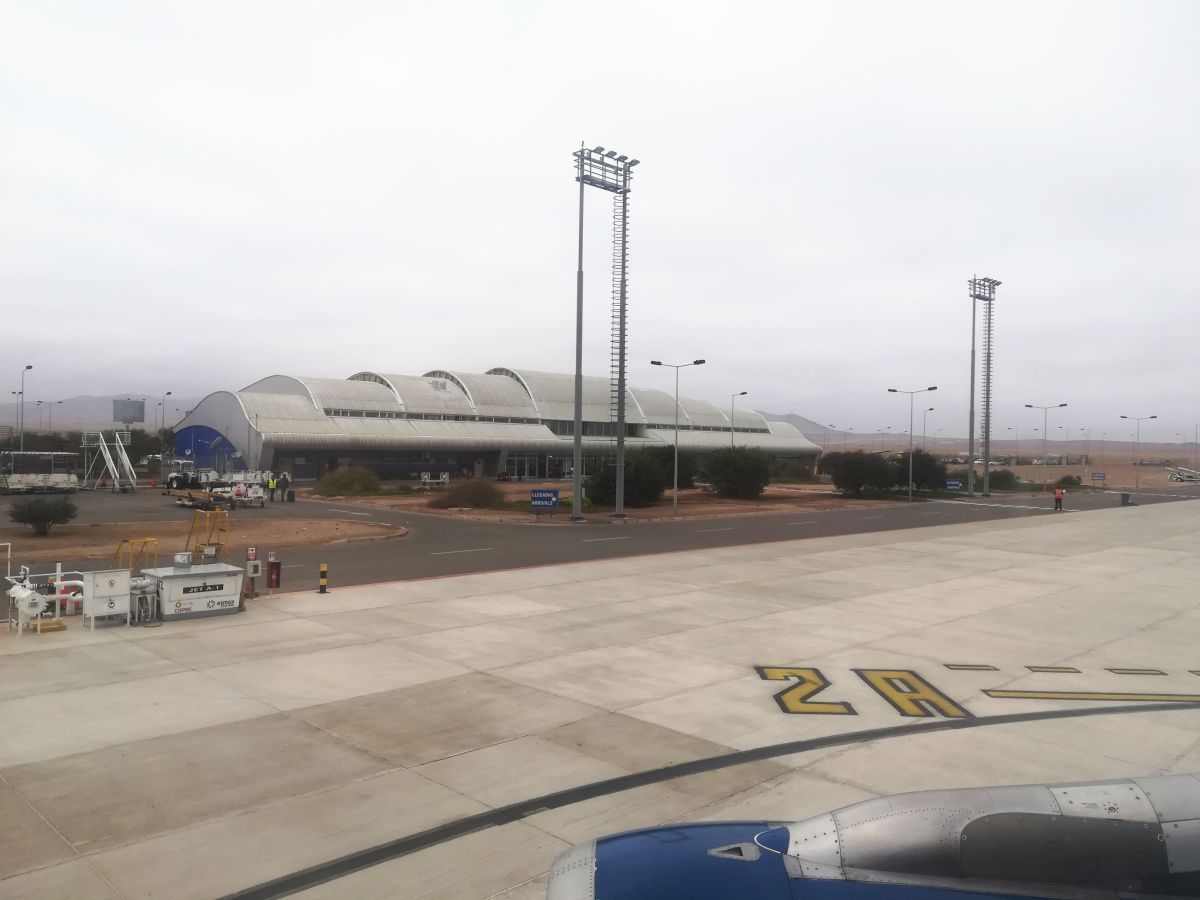
I wonder if this is the flight to Tokyo? LOL
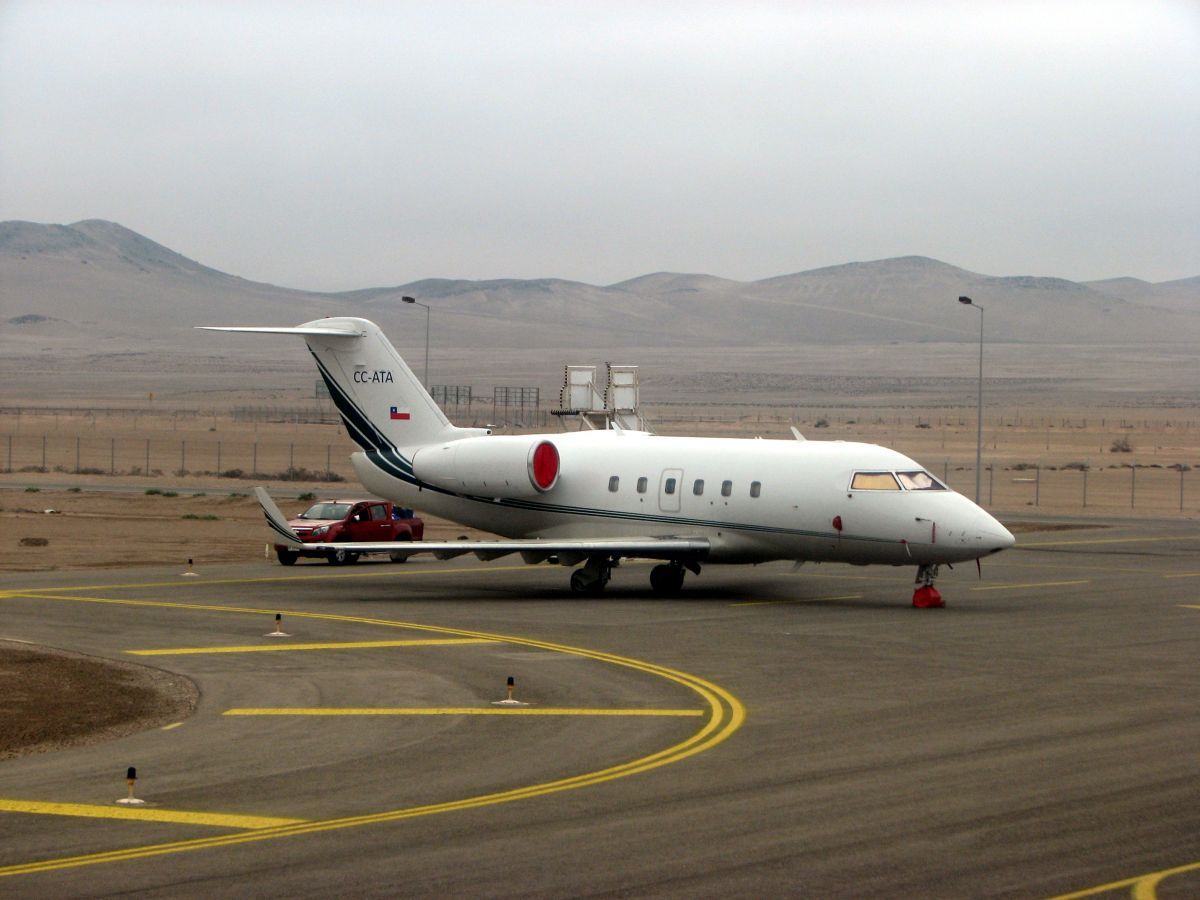
Fire brigade.
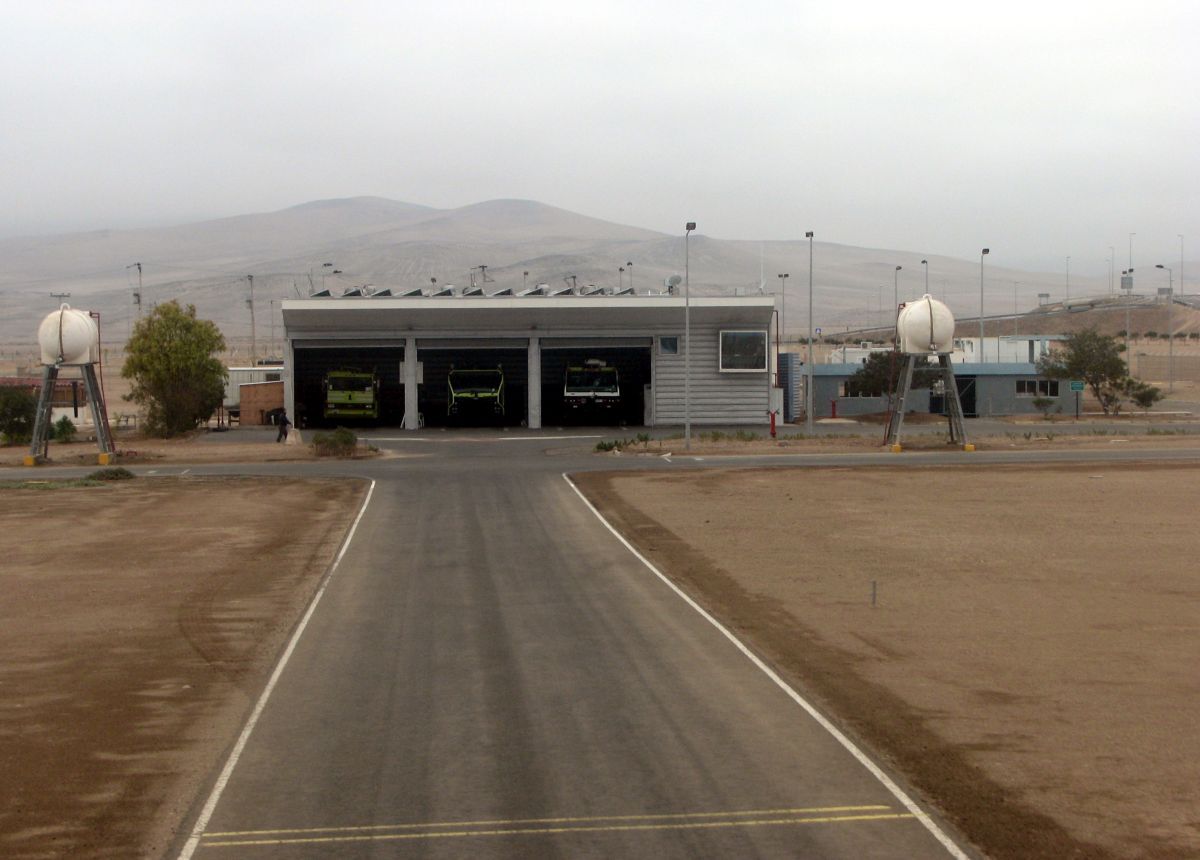
And off we go. I didn’t expect these mixed feelings about leaving this barren land. I’ll have to come for a longer time. Not to Copiapó, obviously.

In a minute we’re above the low clouds.
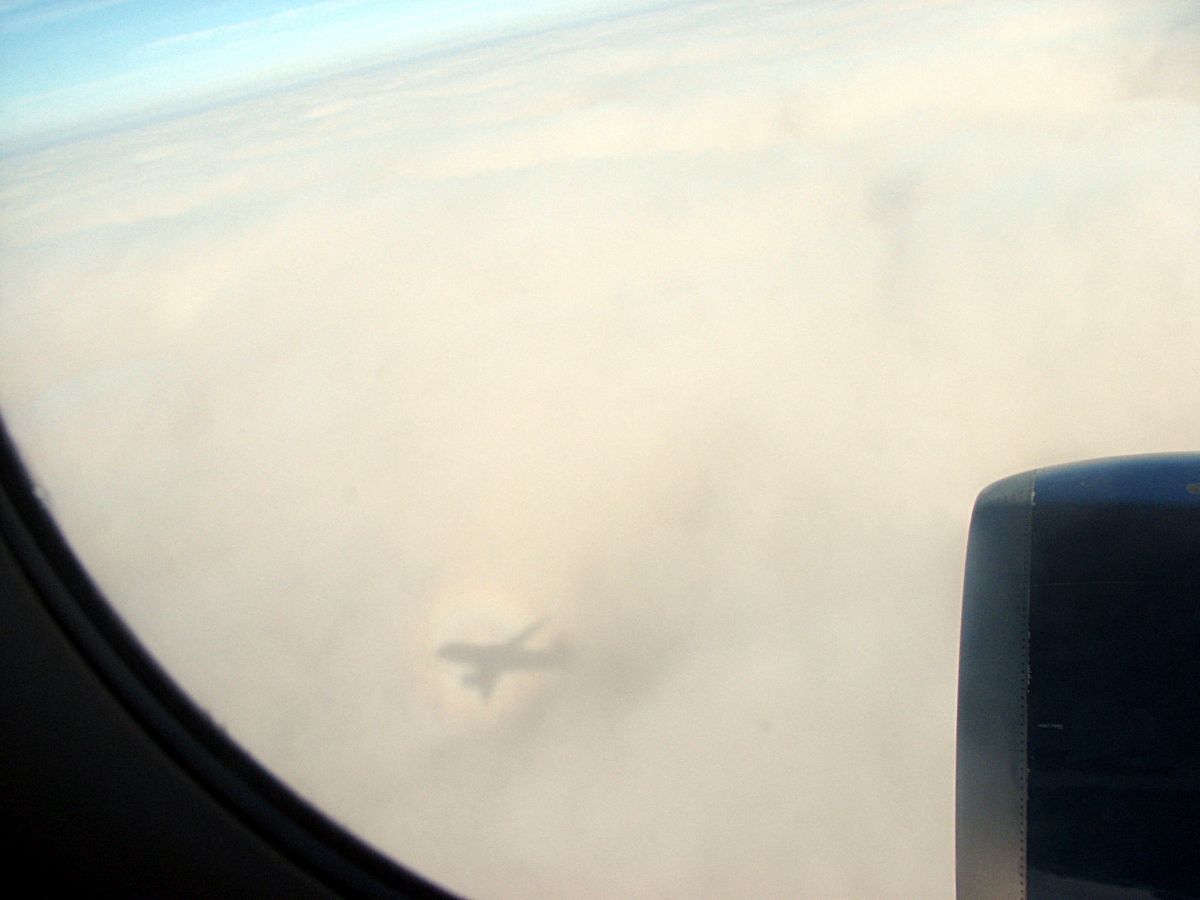
The valley of river Huasco is the first green spot south of Copiapó.
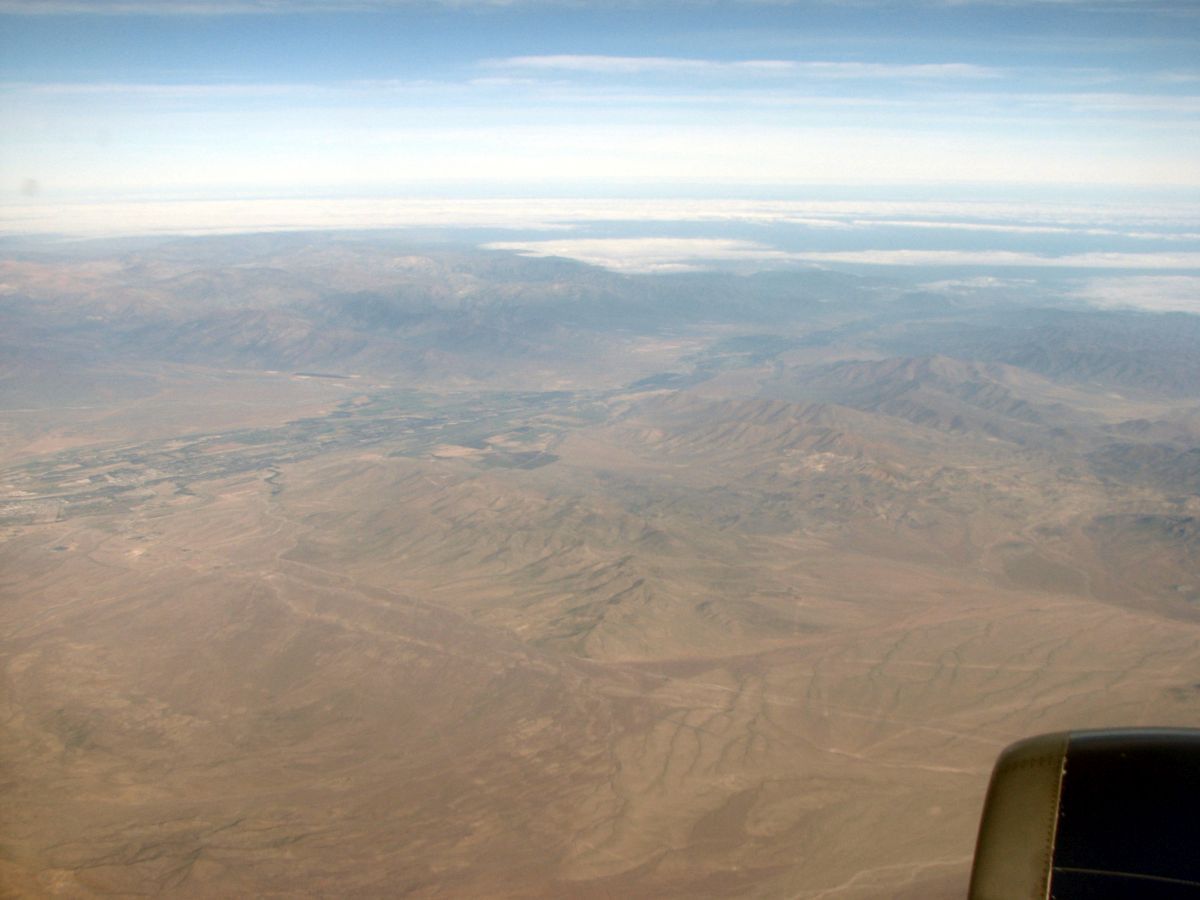
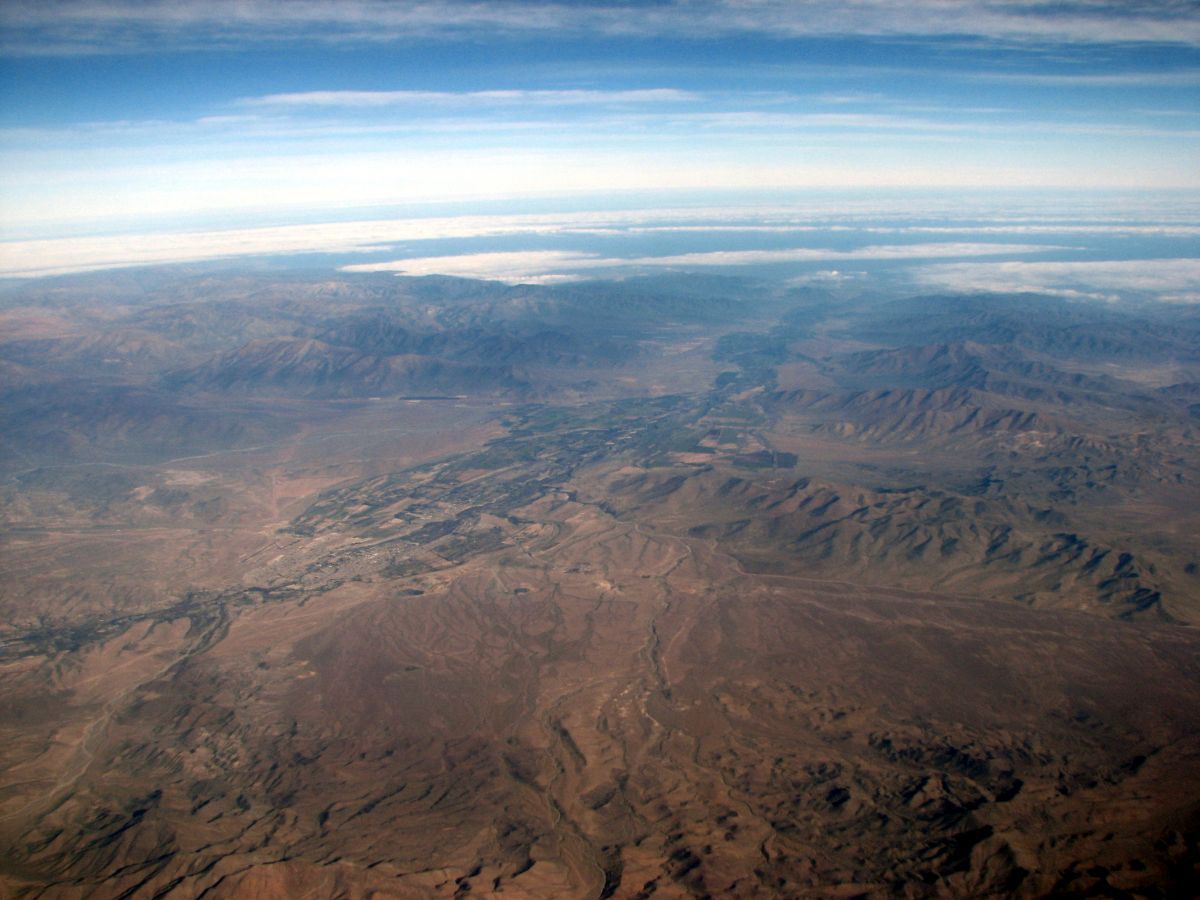
The town of Vallenar is in that valley.

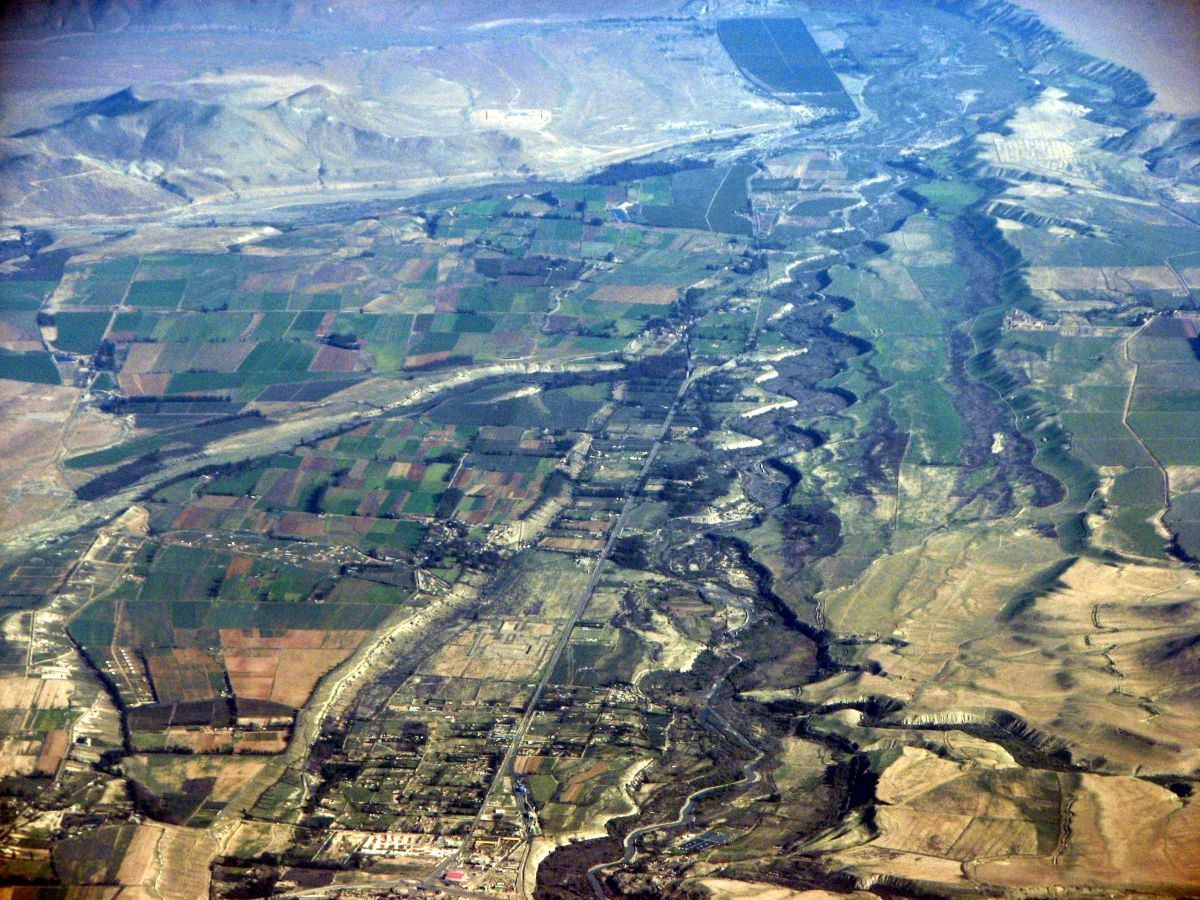
East of Vallenar, river Huasco fills Santa Juana dam.
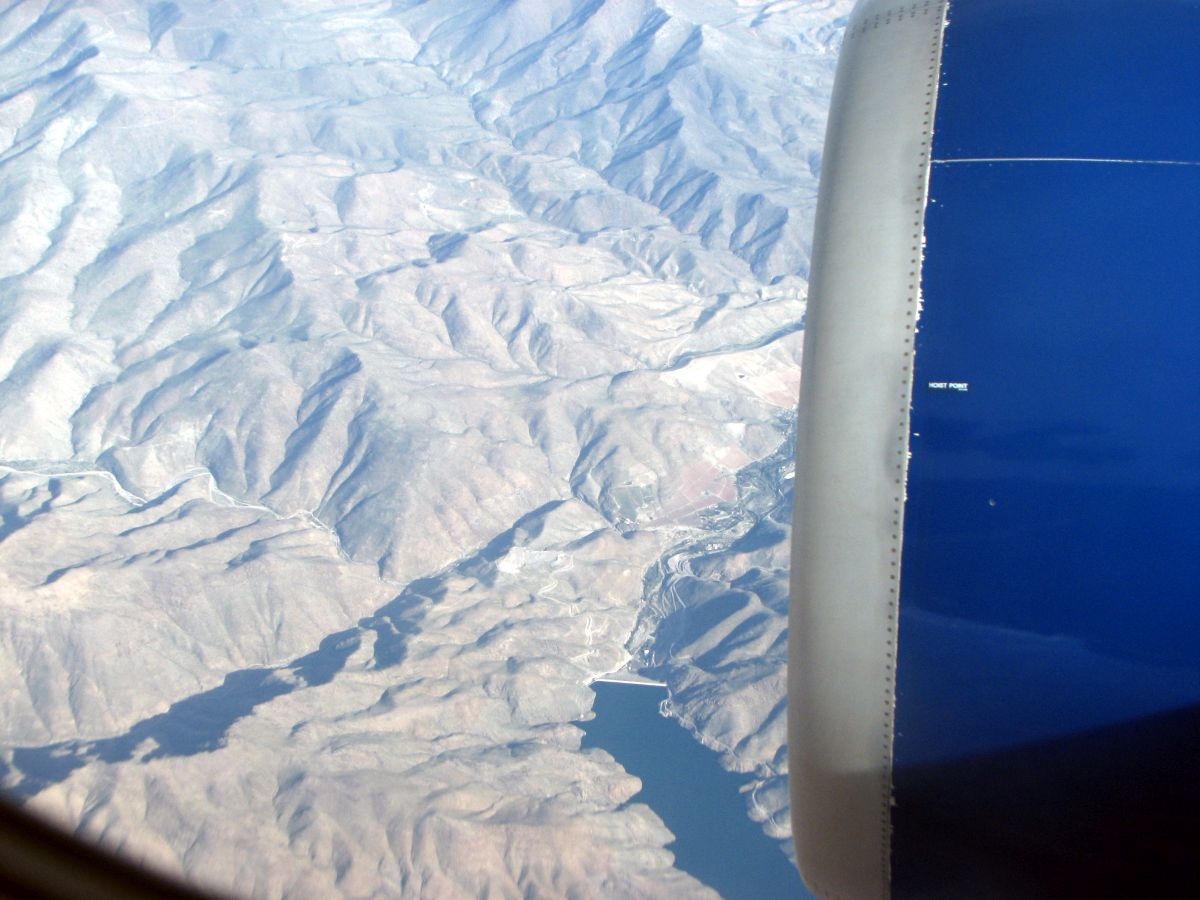
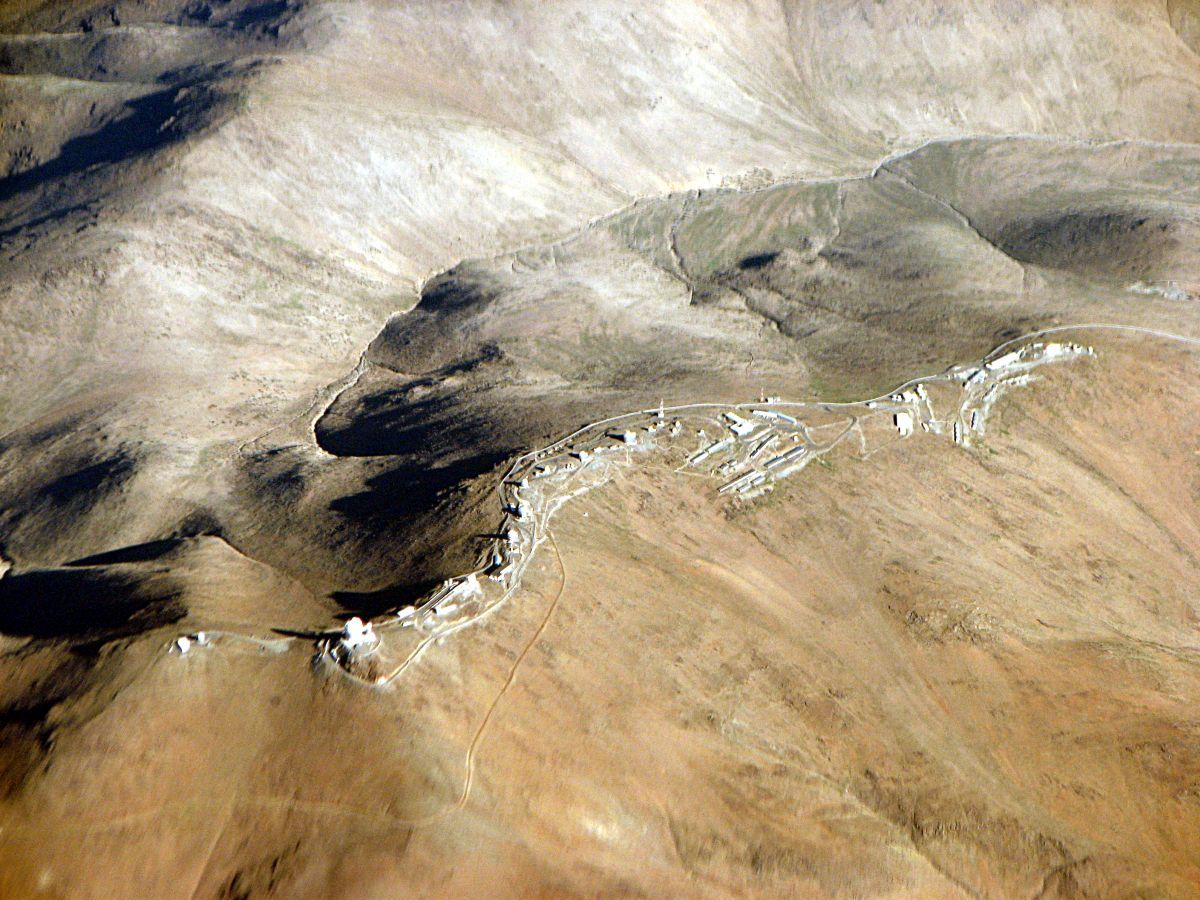
Puclaro dam provides water for the pisco industry in the valley of river Elqui. Pisco is a spirit made from grapes. If you ever find yourself near a Peruvian and a Chilean discussing the origins of pisco, or which of the two countries is the major producer/consumer of pisco, run for your life! It's World War III in the making.

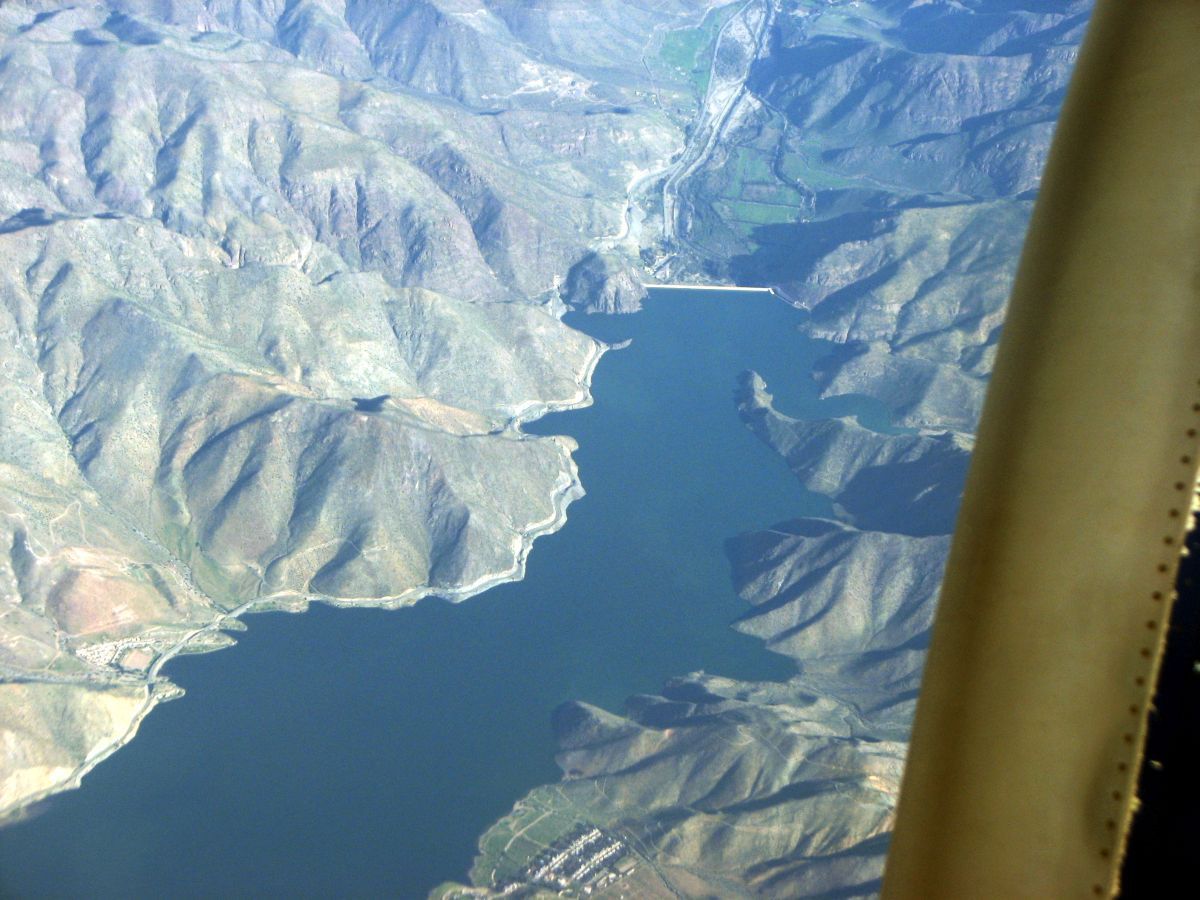
La Serena lies there by the sea, at the end of the valley.

Can you see the airport (LSC) on the right? I was there last January, and wrote these reports: Santiango > La Serena, and La Serena > Santiago. Aahhh….. Papayas!

Tololo observatory. This is the fourth time I see it from the air. I'd love to visit it. It's very easy to get there from La Serena.
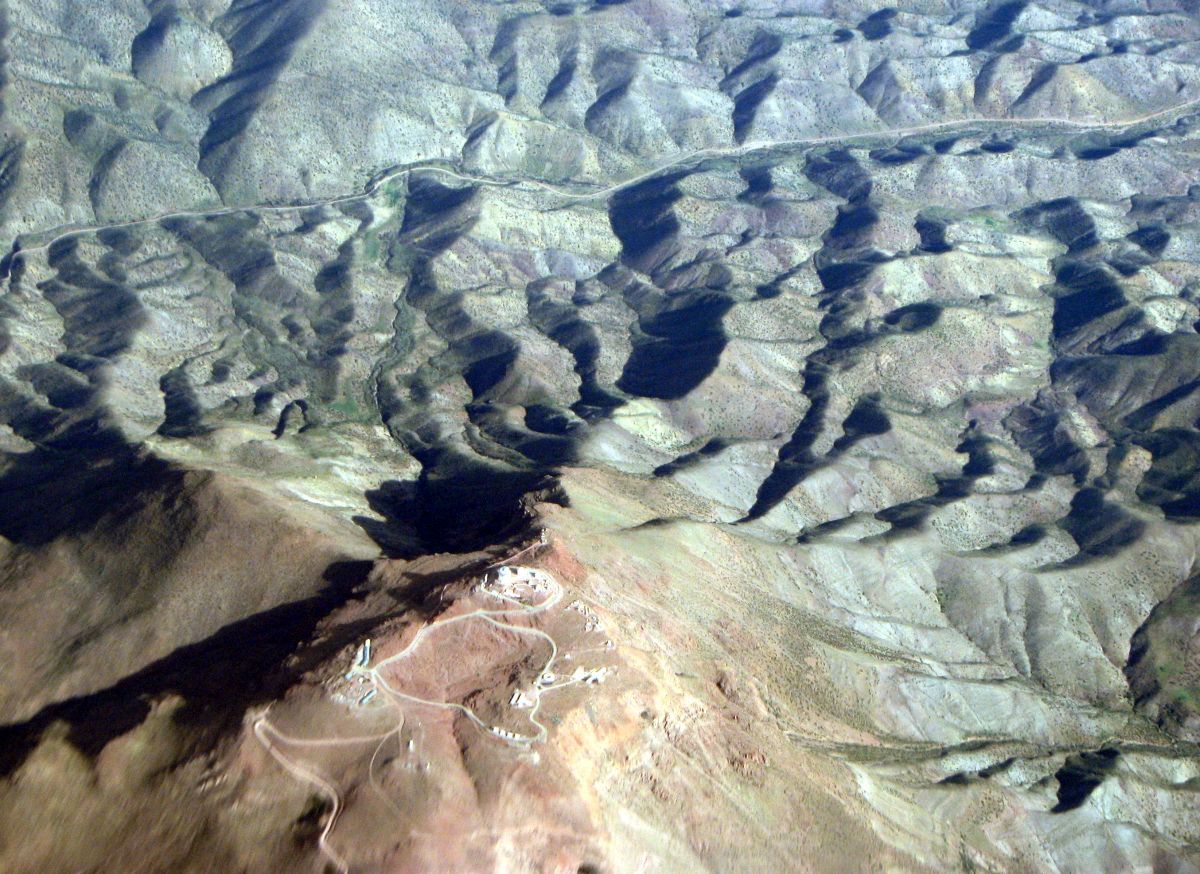
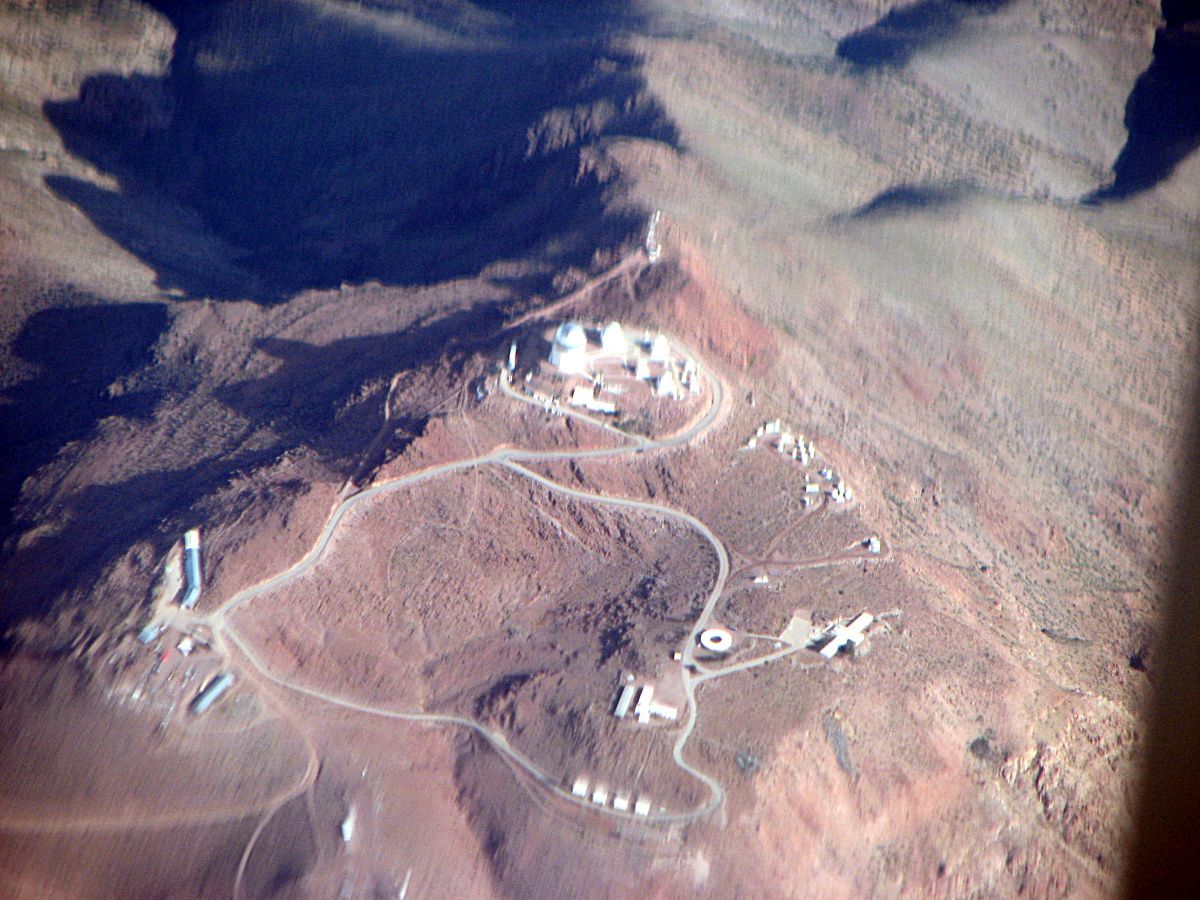
Muffin time! Hm! I'm becoming addicted to these. "Sweetener, please." I'm a hypocrite.
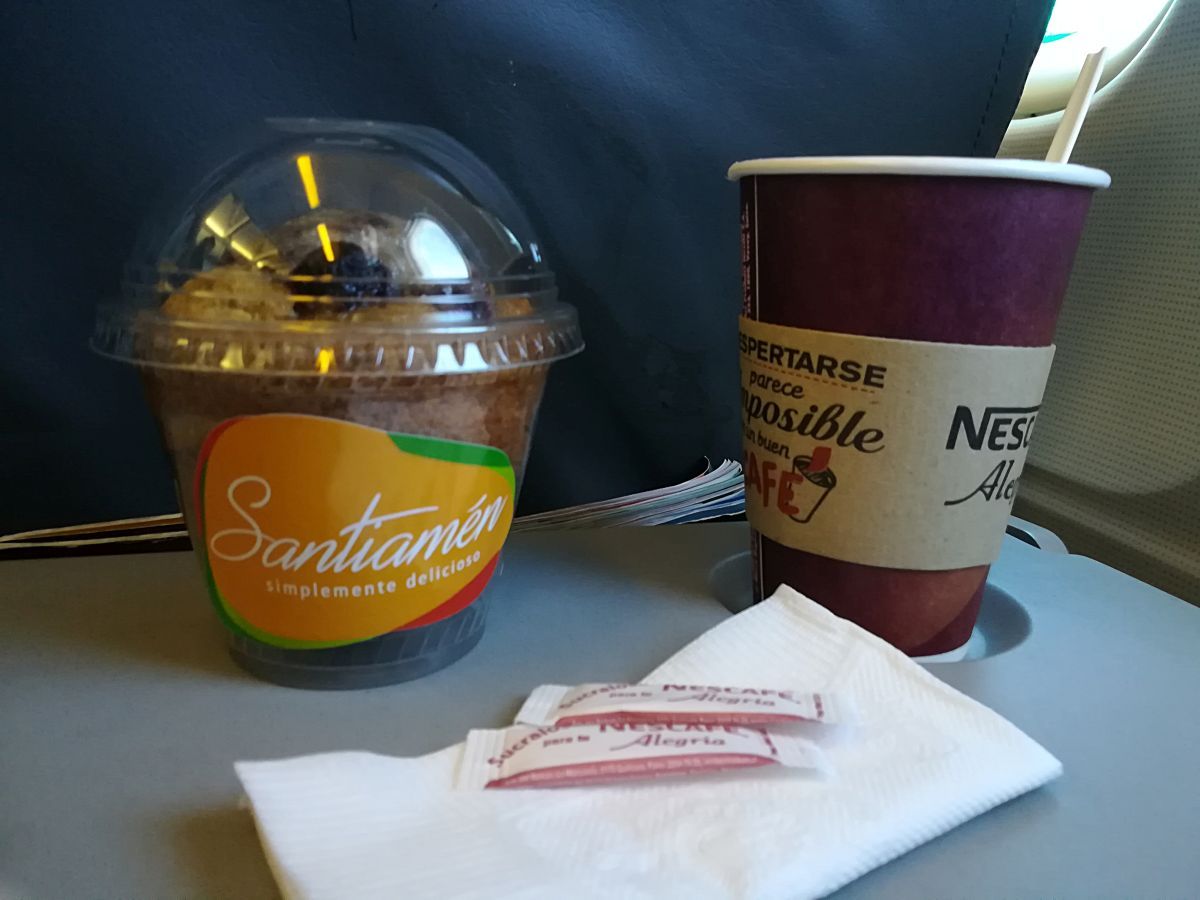
Sky should give Econorent their money back. These things don't stay in place!
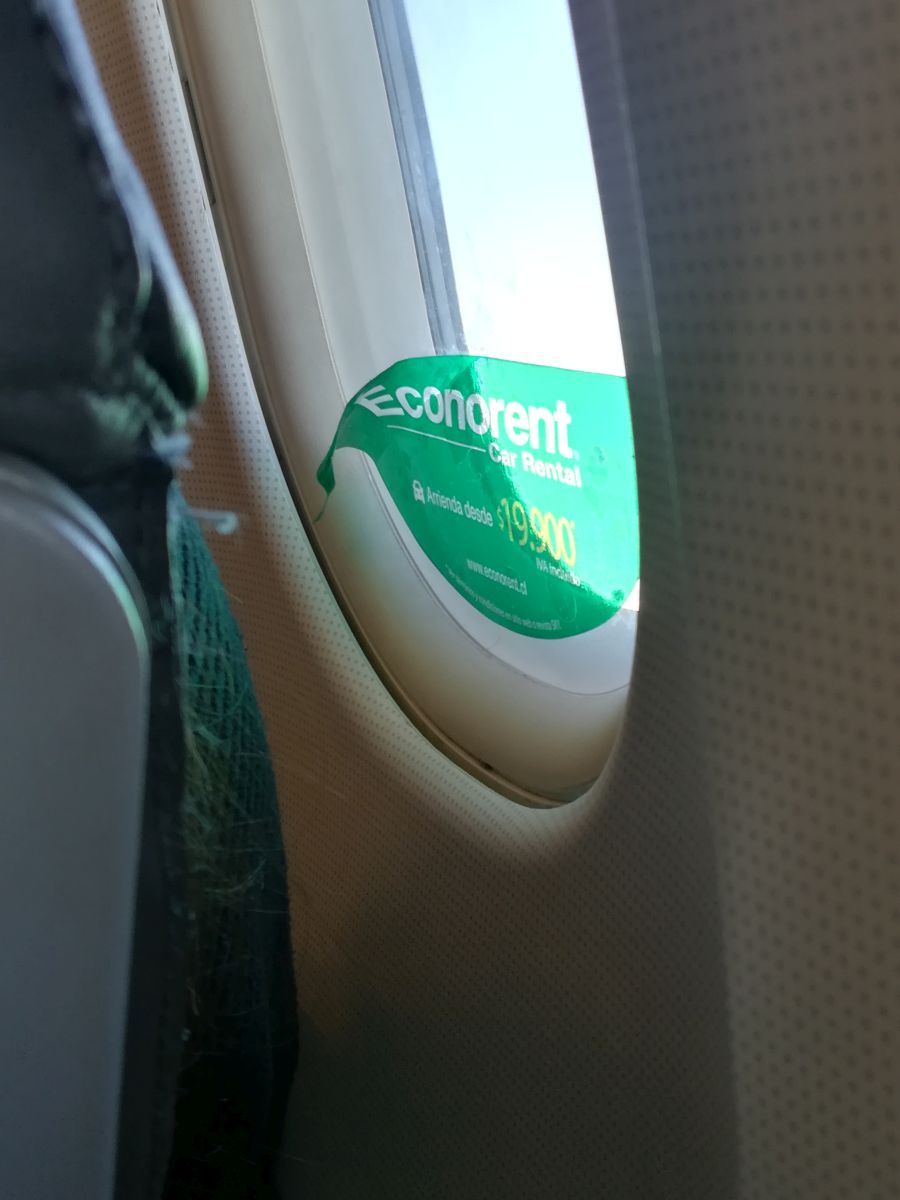
The town of Andacollo (center right). Those people have to live with a copper mine (Teck Chile) and tailings dam in their very backyards!
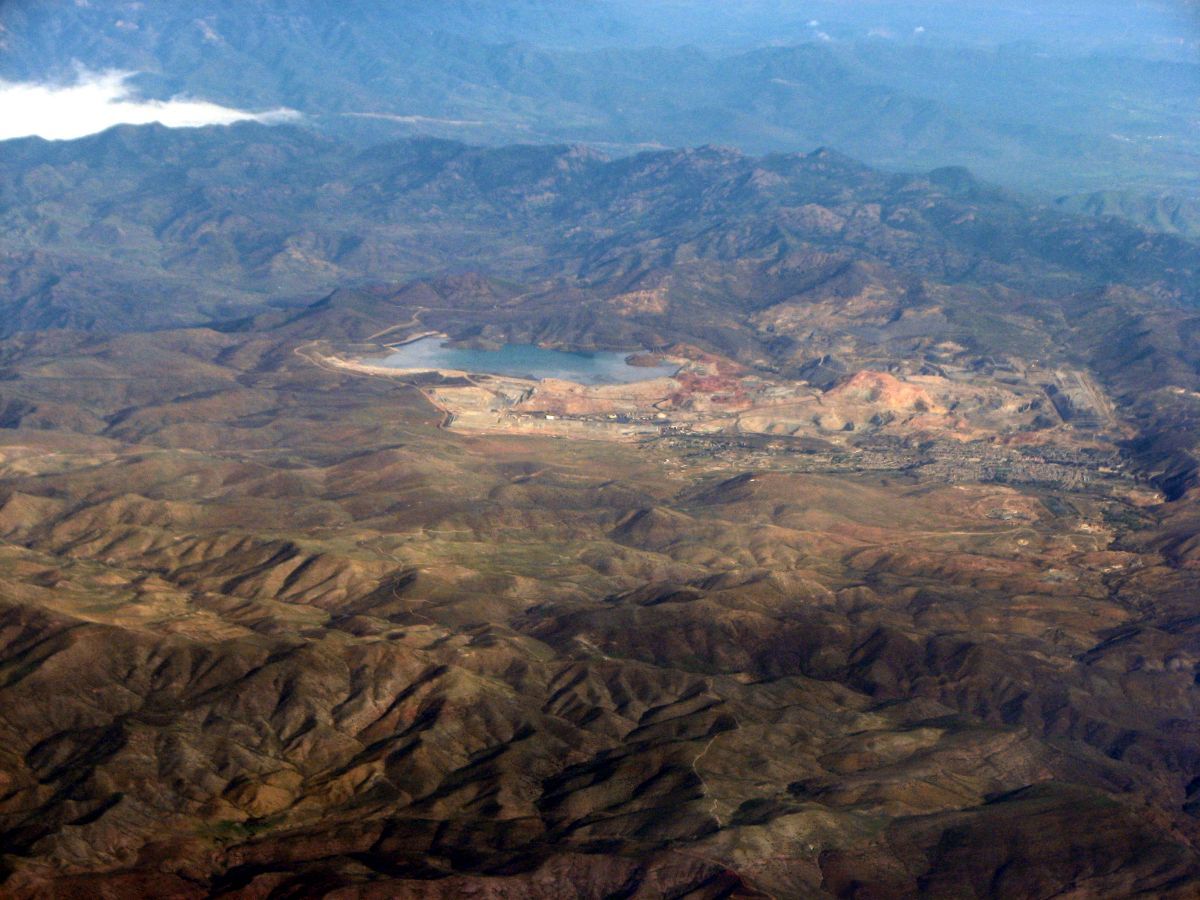
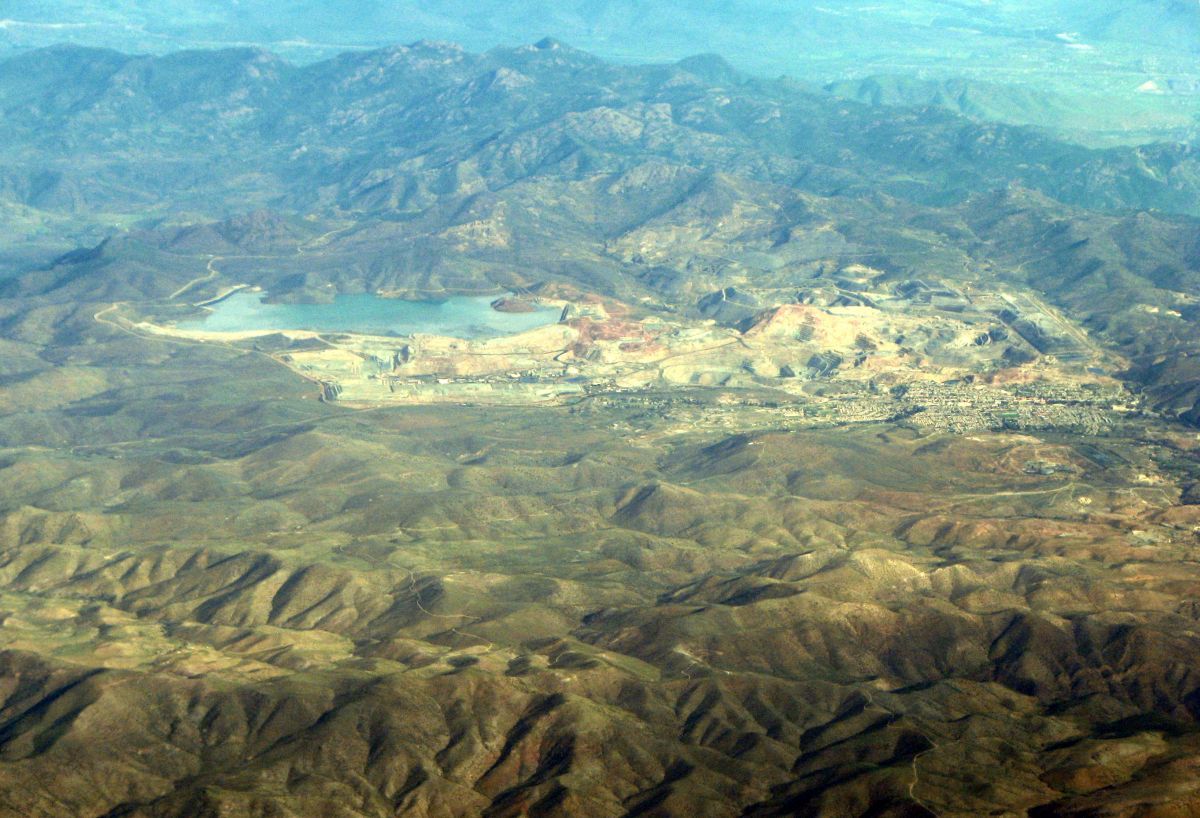
First traces of fog entering the valleys from the sea near Recoleta dam…

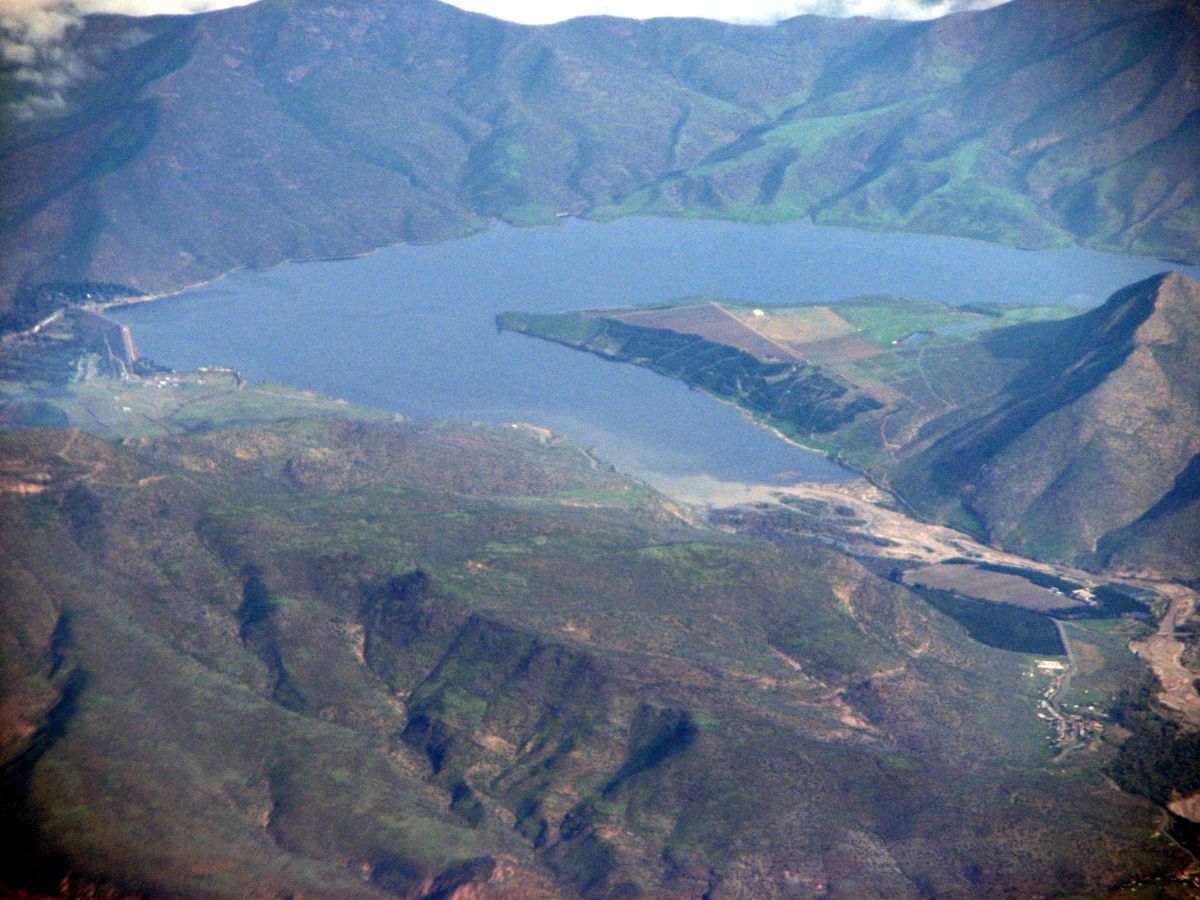
…and La Paloma dam.
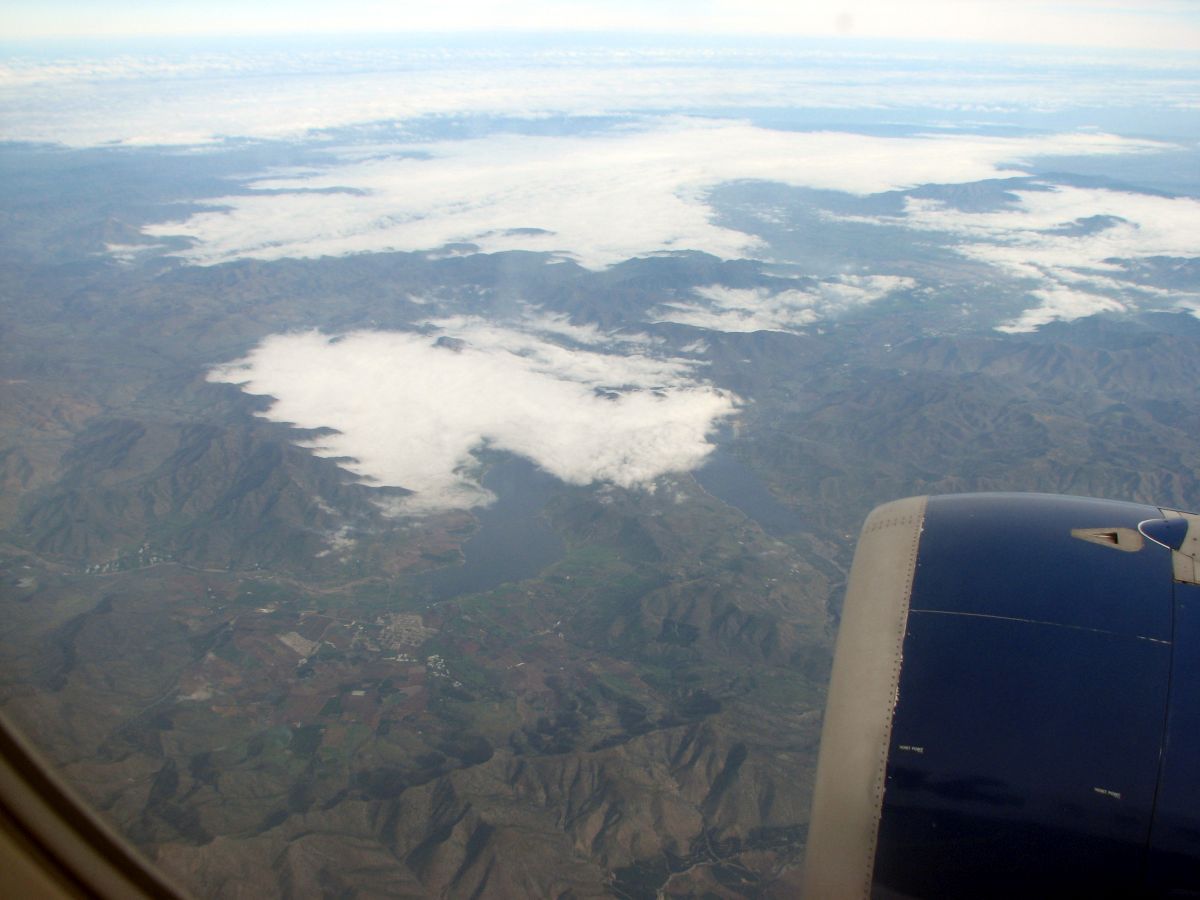
Monte Patria (lower left) lies near the dam.

The town of Chañaral Alto, by river Cogotí.
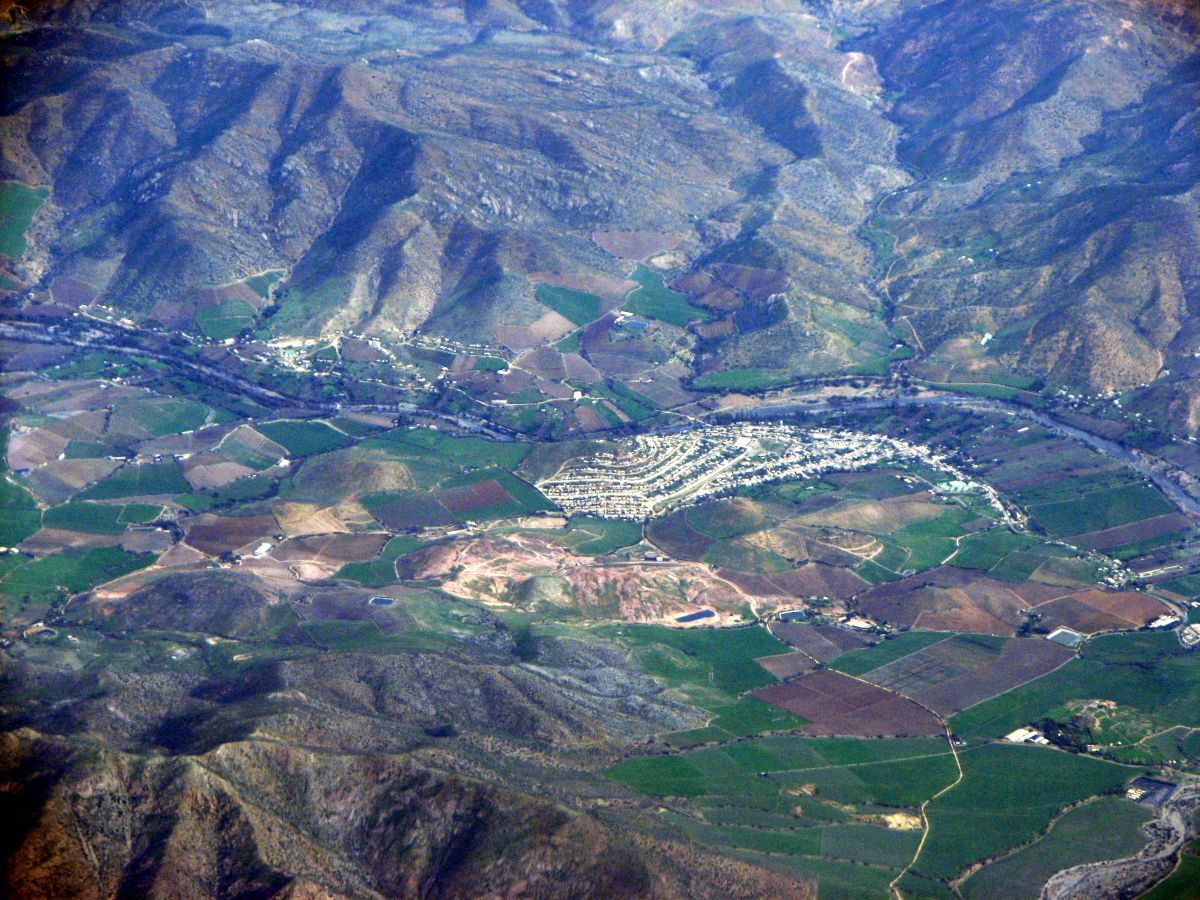
Cogotí dam…
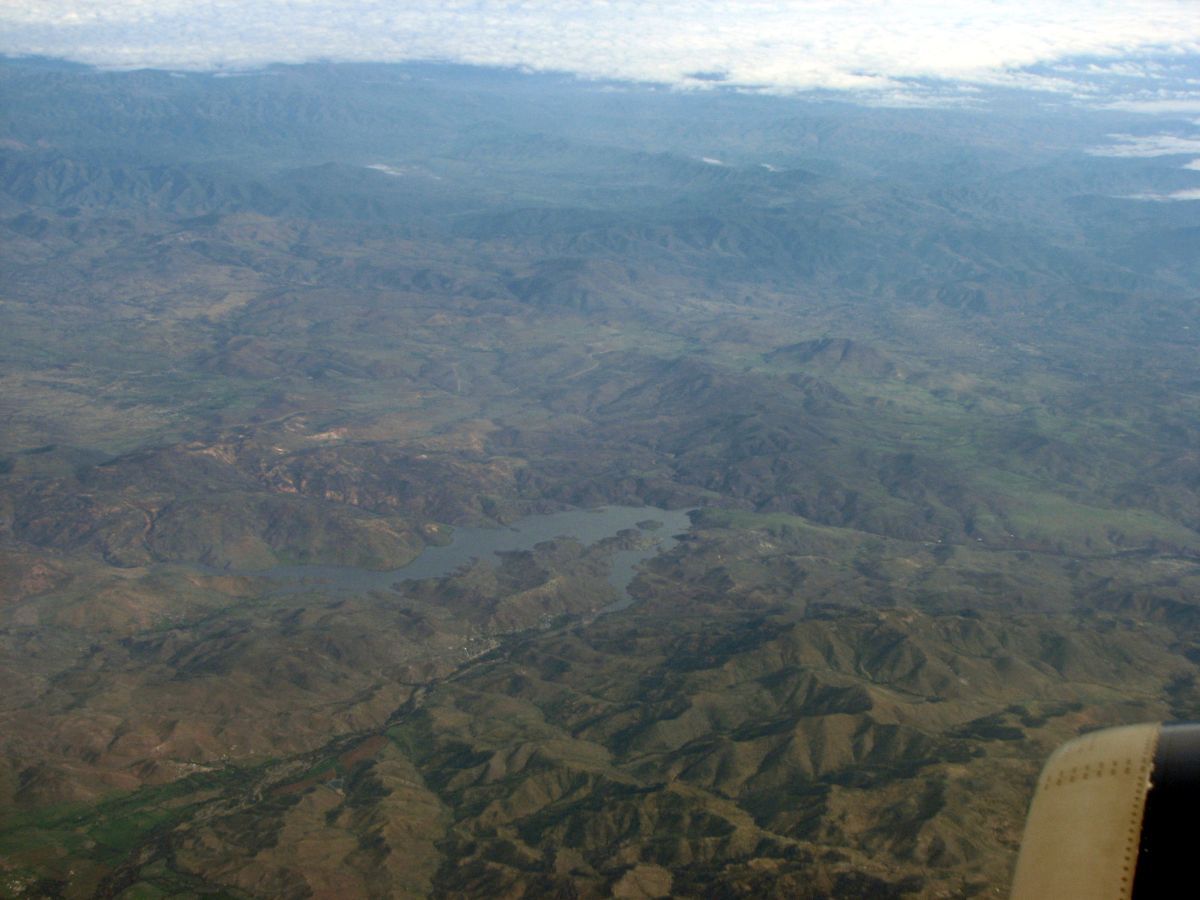
…and the village of San Lorenzo.

That little white spot is Combarbalá.
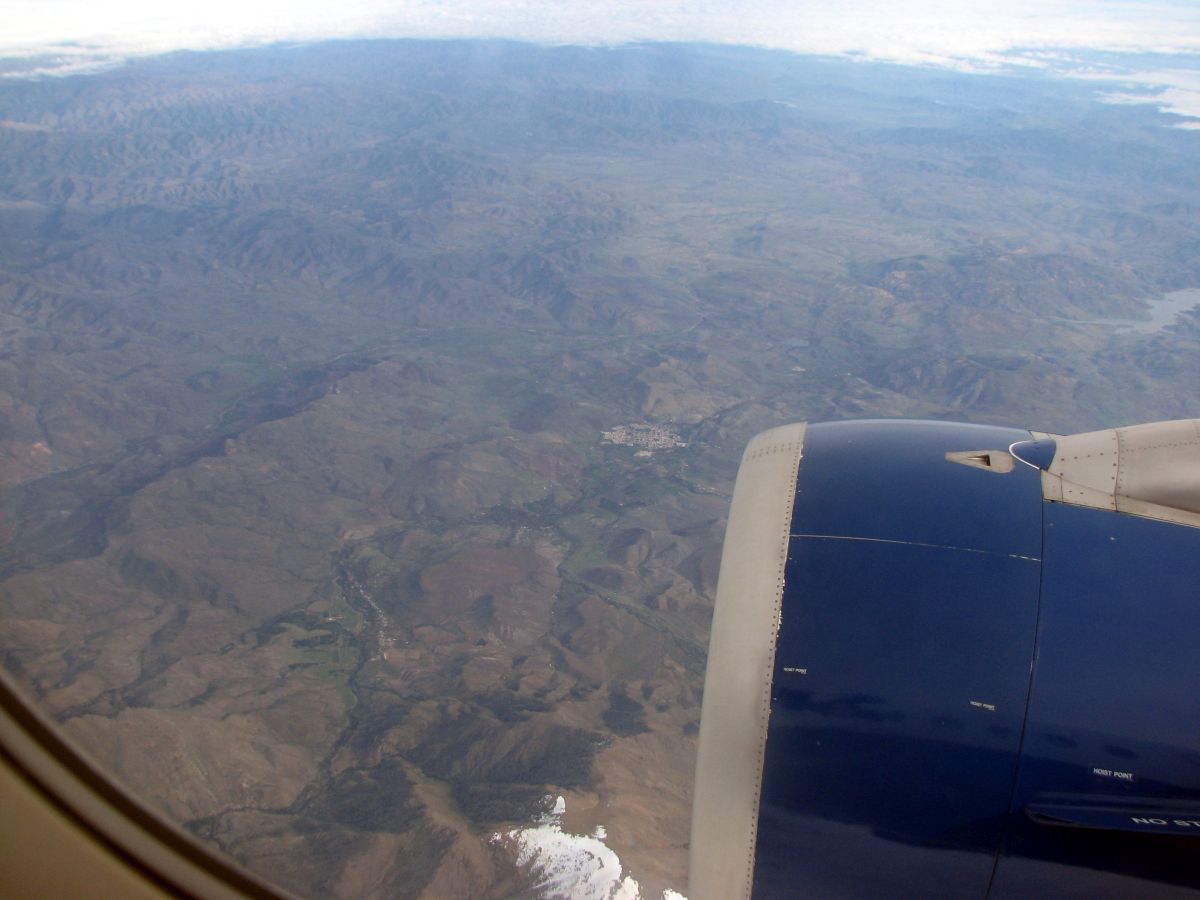
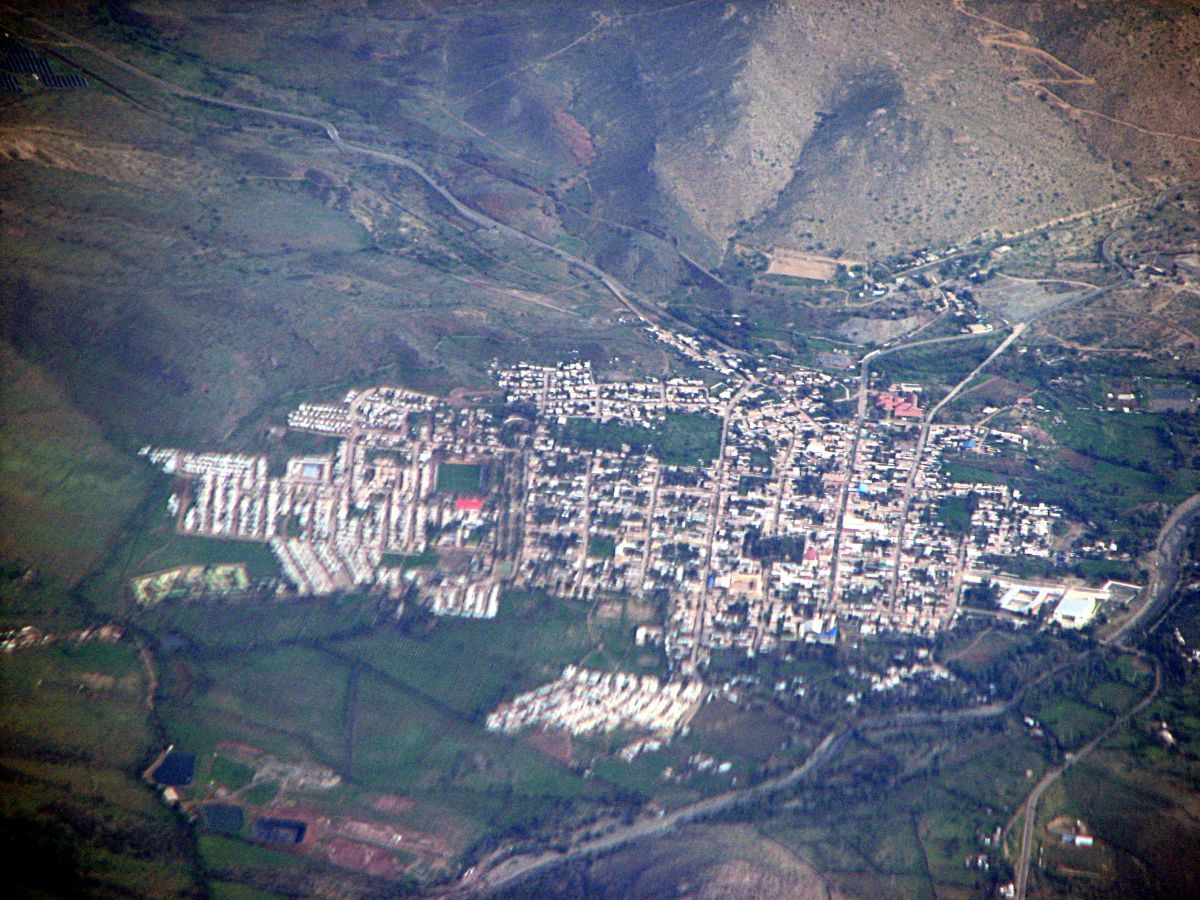
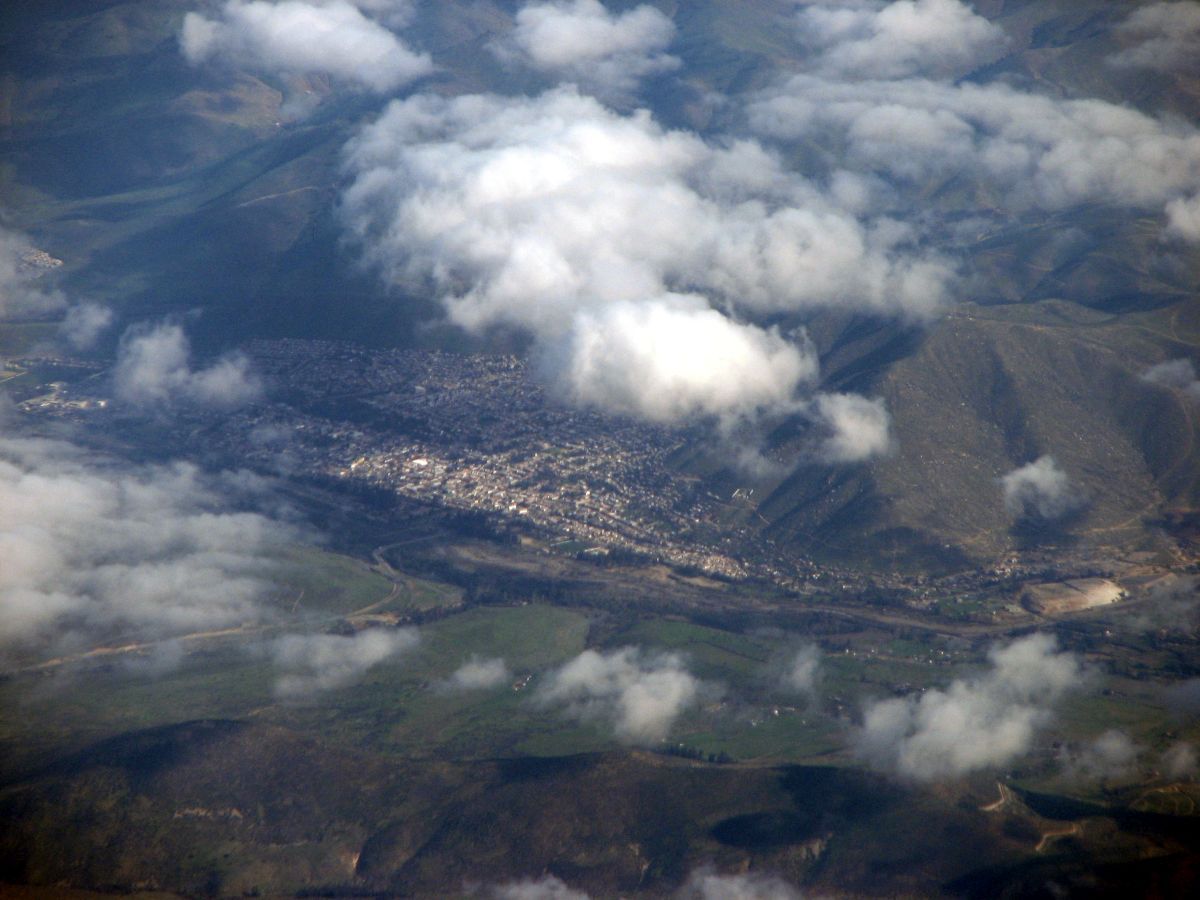
Salamanca.
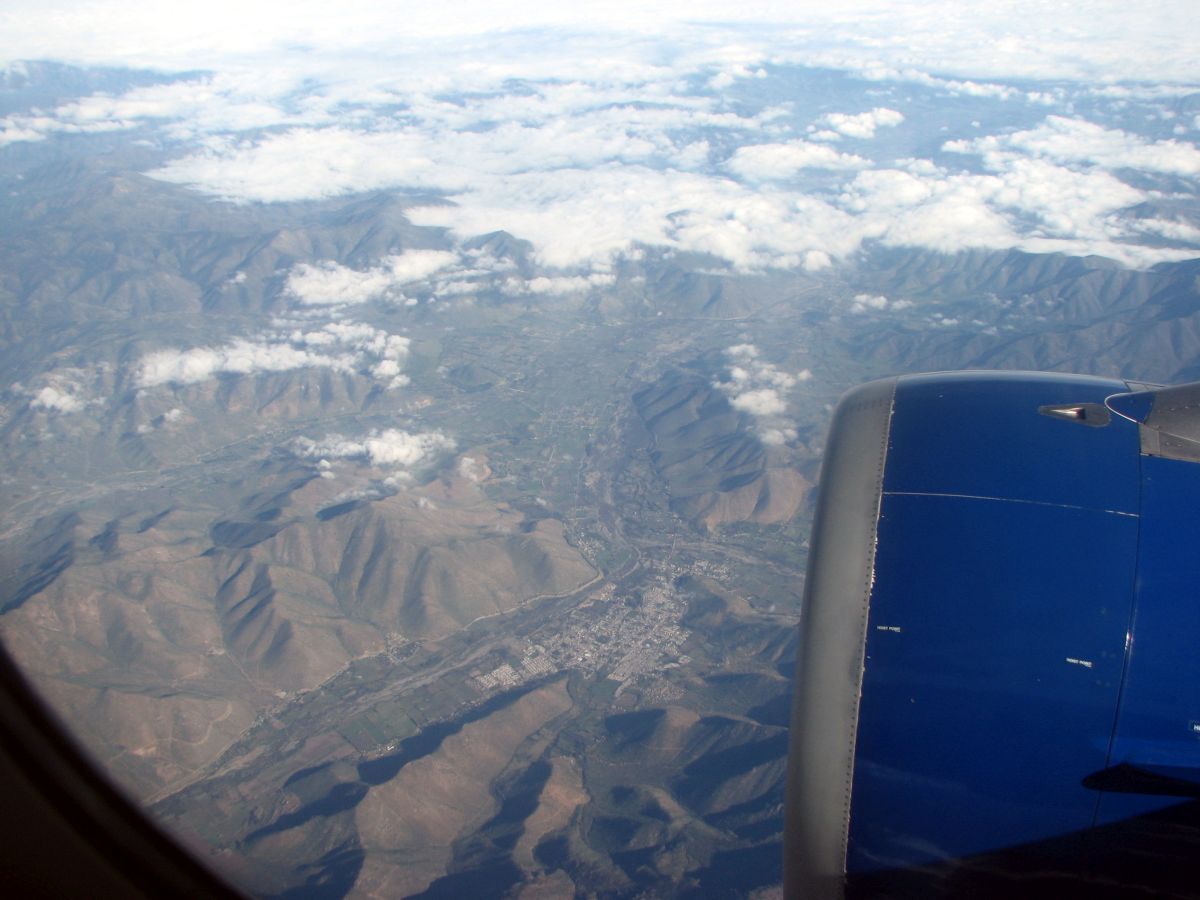
Another tailings dam, El Mauro…
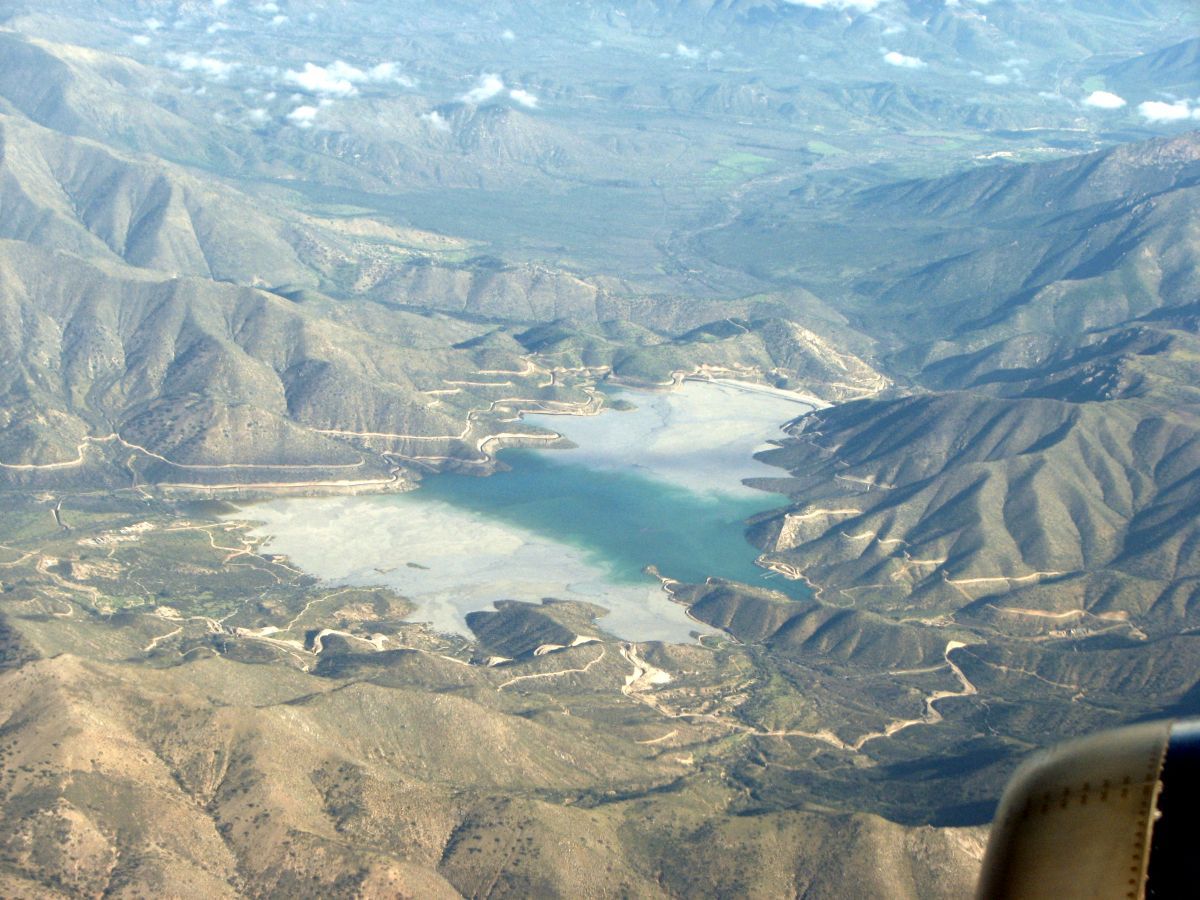
…and Corrales dam in the foreground.
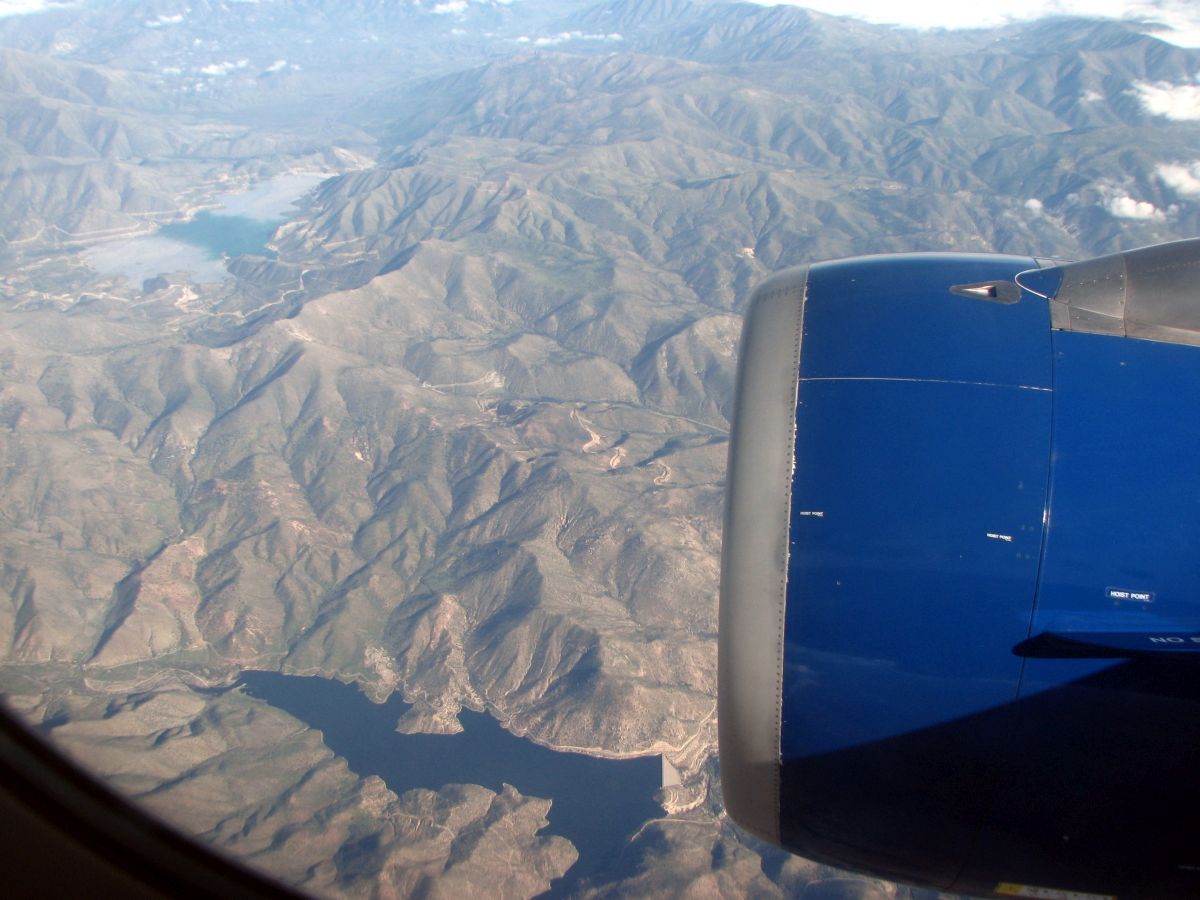
We have left the desert behind. The hills are covered with low, thorny bushes, especially espinos (Acacia caven) Thorny, but incredibly beautiful in spring (September, October) thanks to their yellow flowers resembling little pompoms.
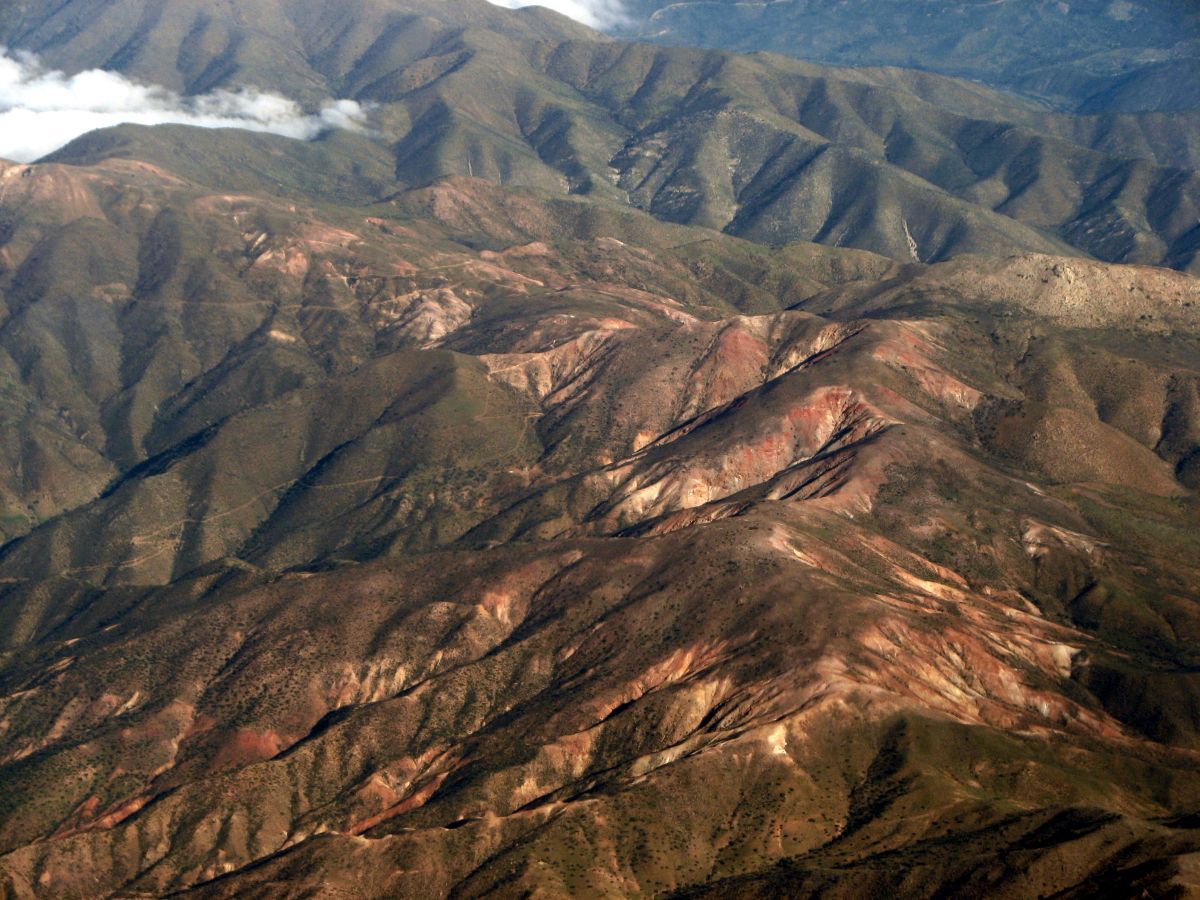
Petorca.

We start descending into the valley of Santiago…
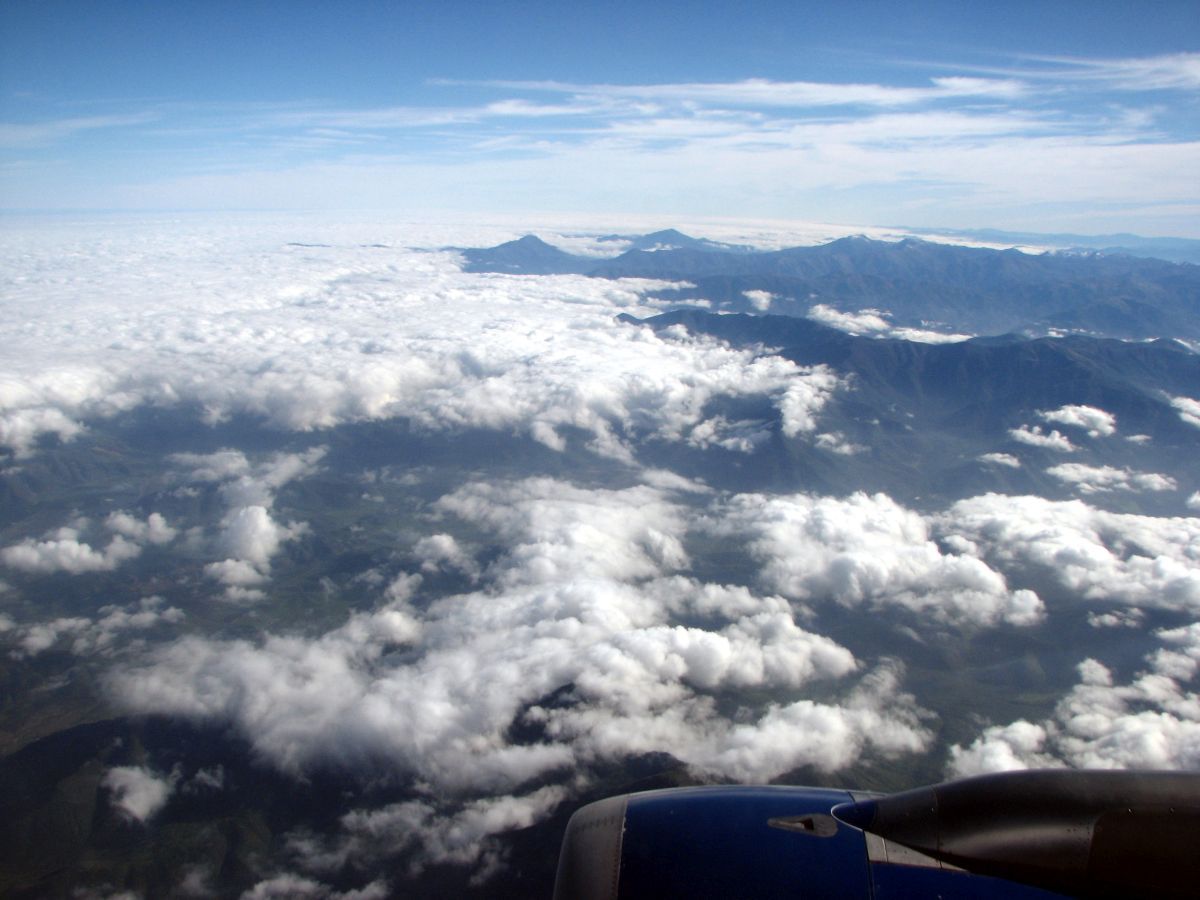
…but the captain comes over the PA…
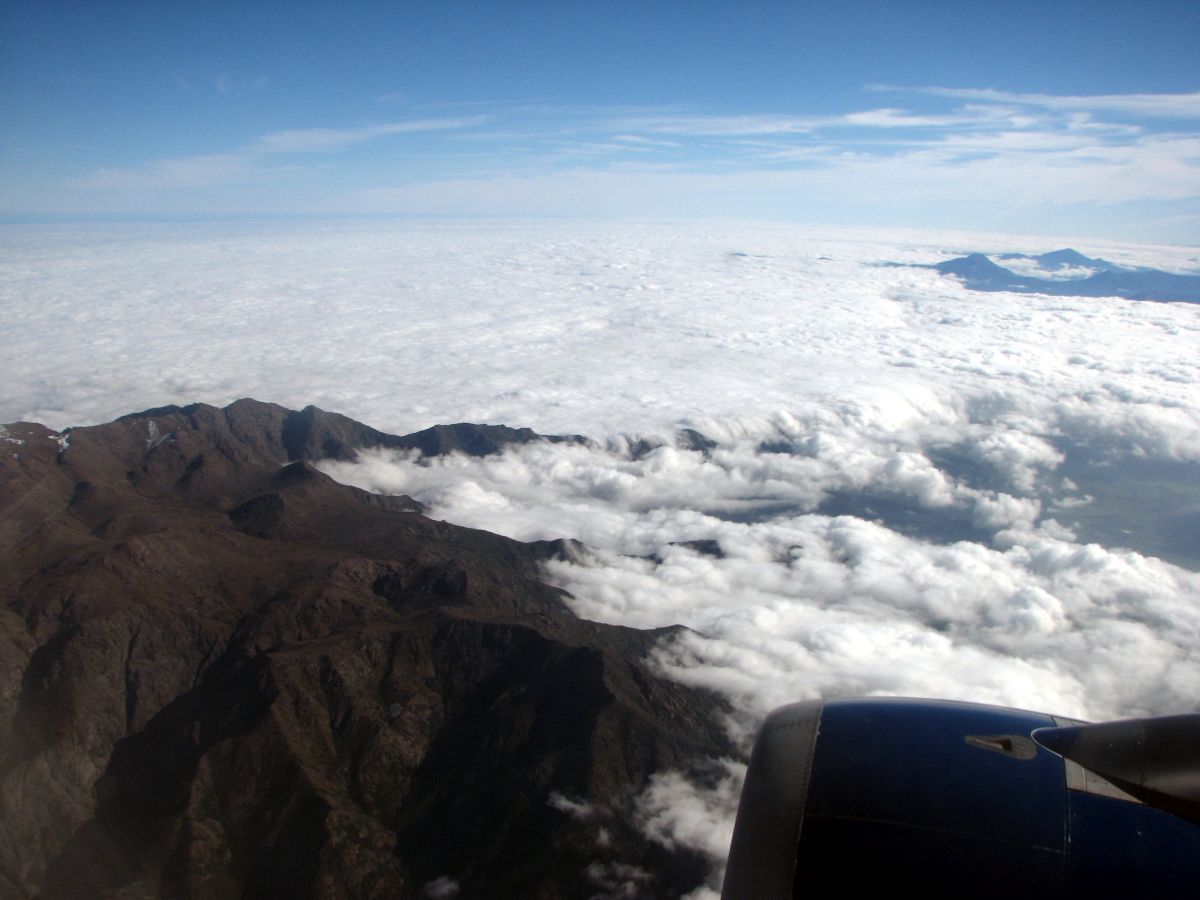
…to tell us that we will be…
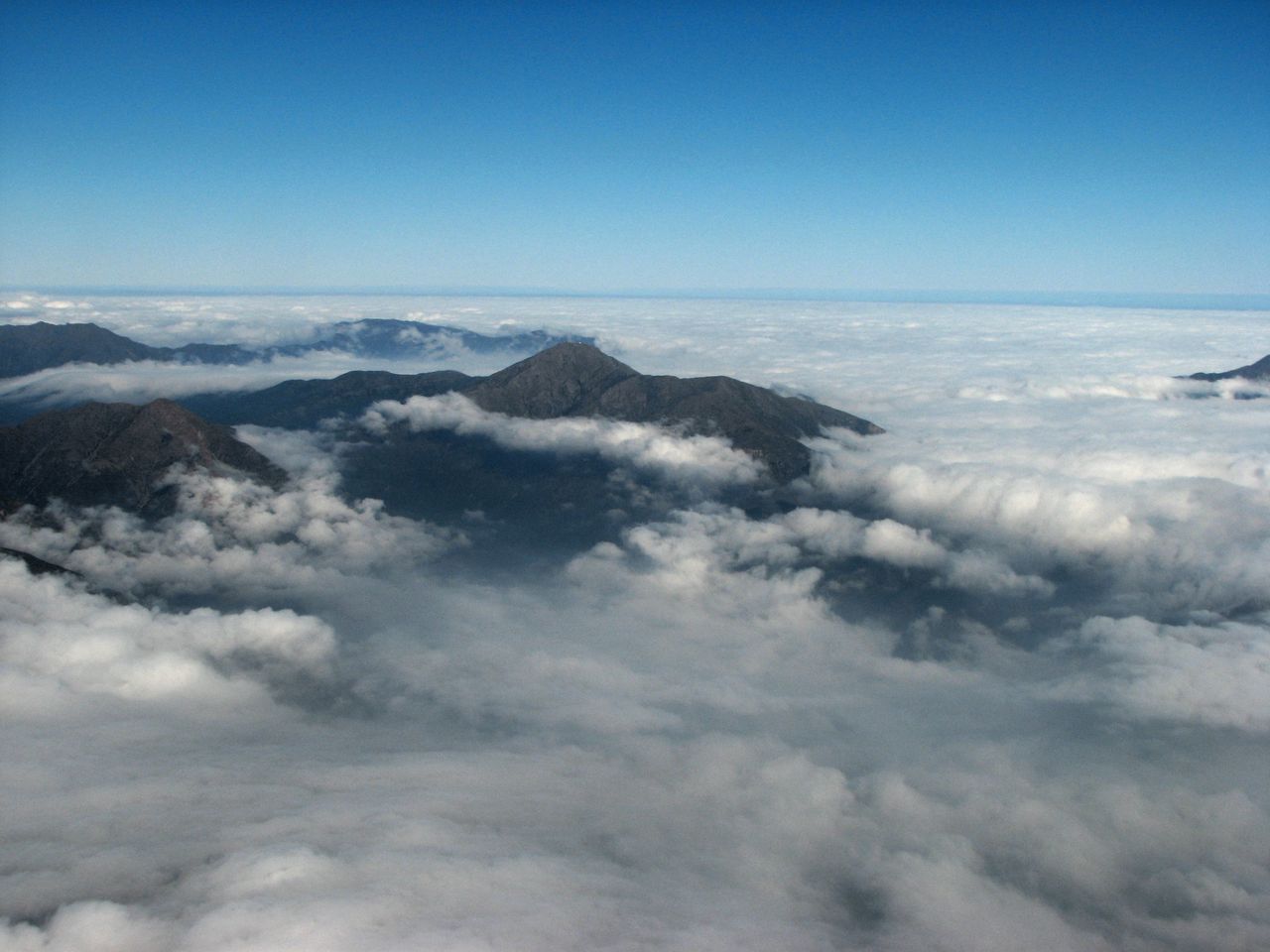
…in the hold for some minutes.
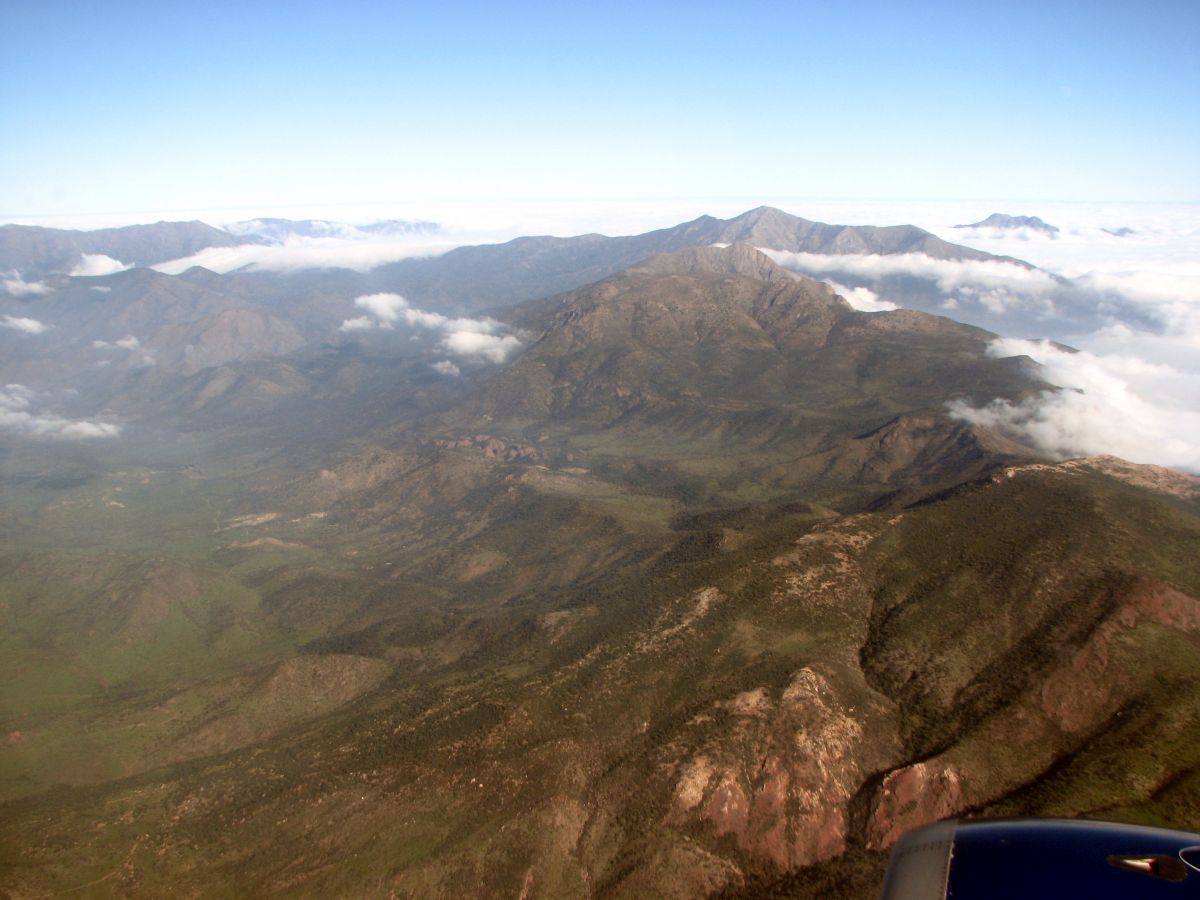
These low clouds are brought by wind from the coast but they can't reach the city because of those hills. Now you see why Santiago is always covered by smog. It's surrounded by hills and mountains.
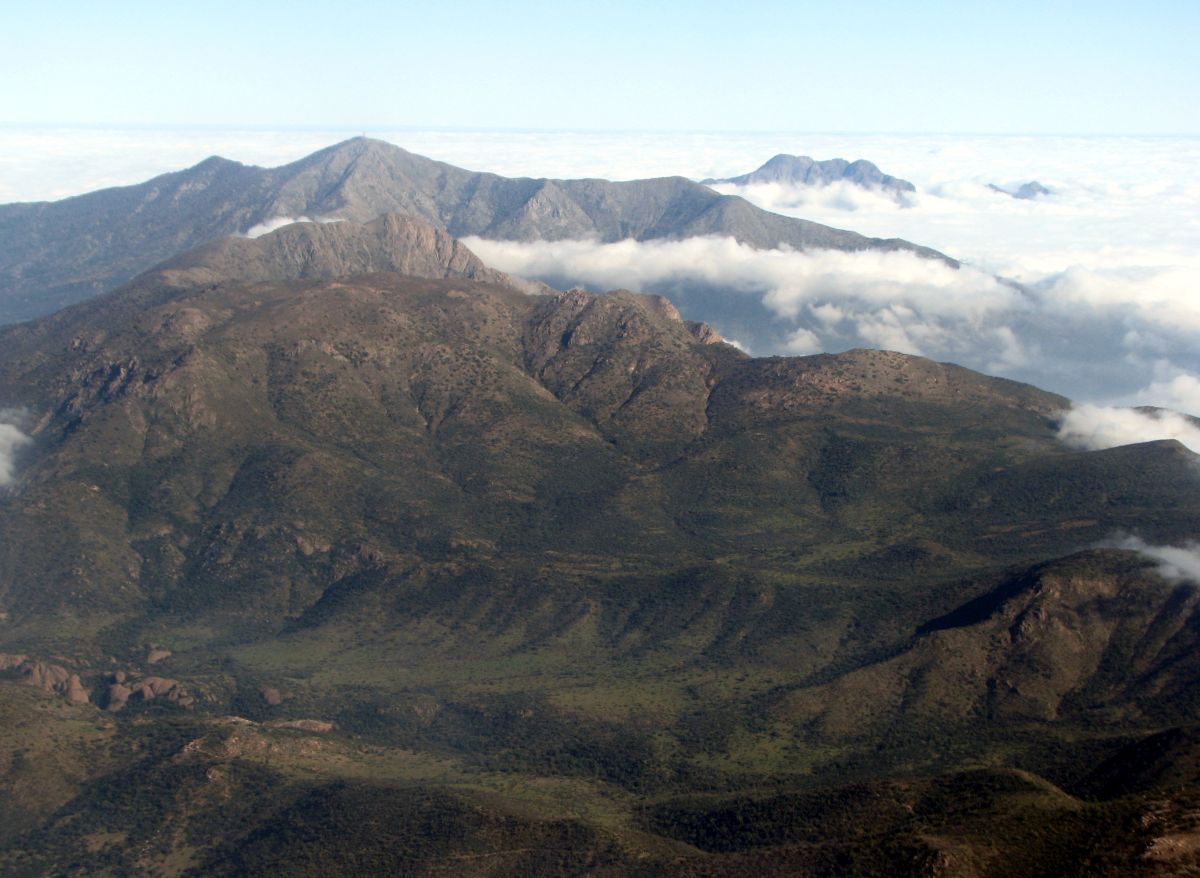
I thought we would be circling above Santiago for a while, but new instructions seem to be given and we continue towards SCL.

This is what we did, according to flightradar24.com:
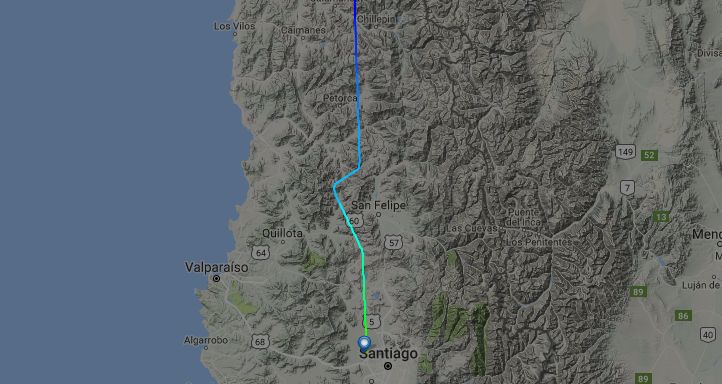
We continue descending…

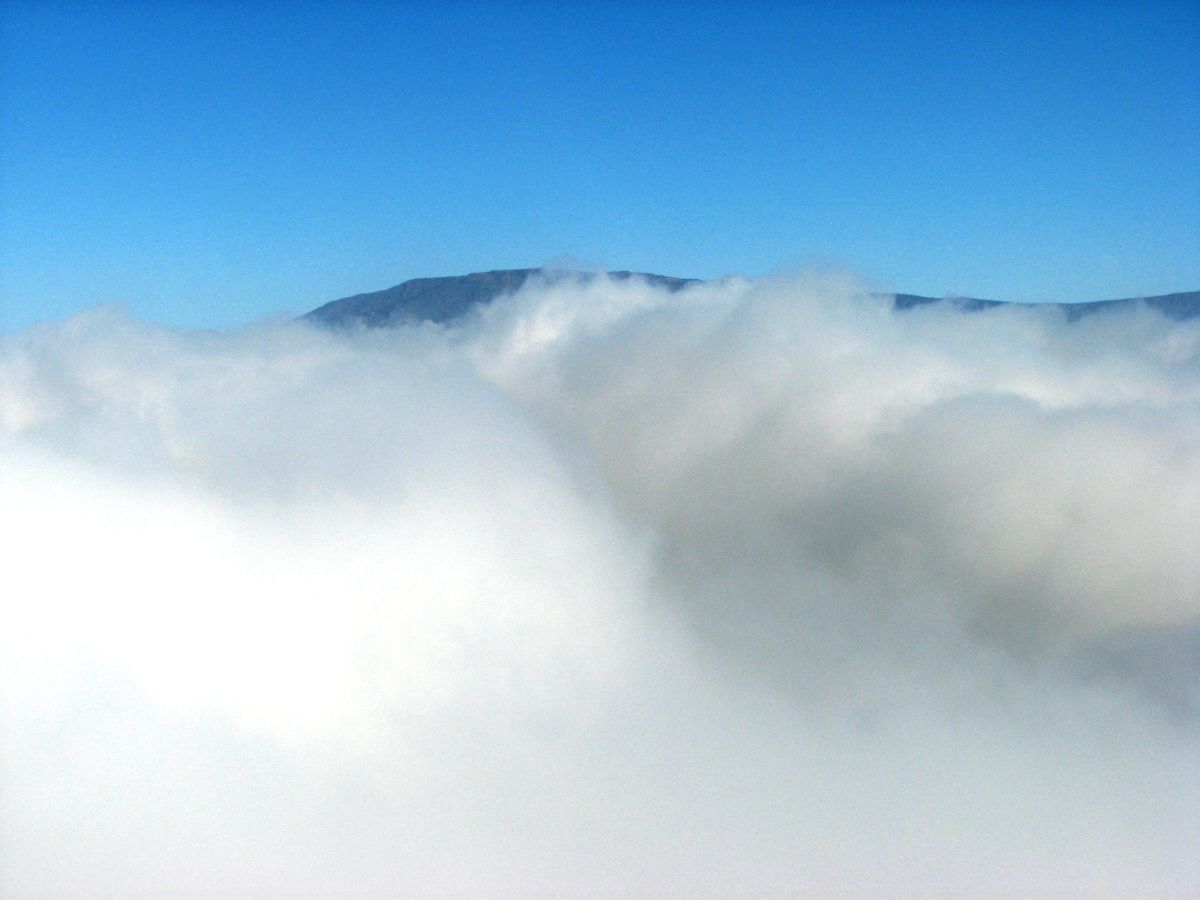
…and here we are!
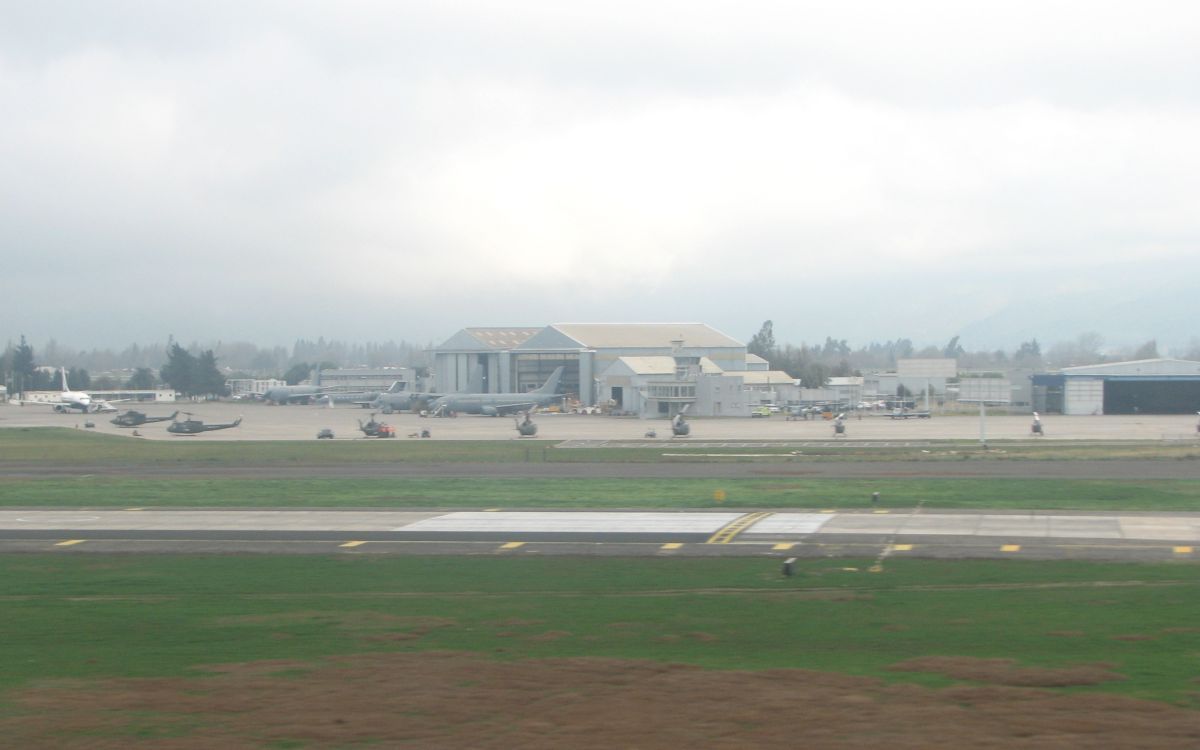
A little plane spotting on the route.
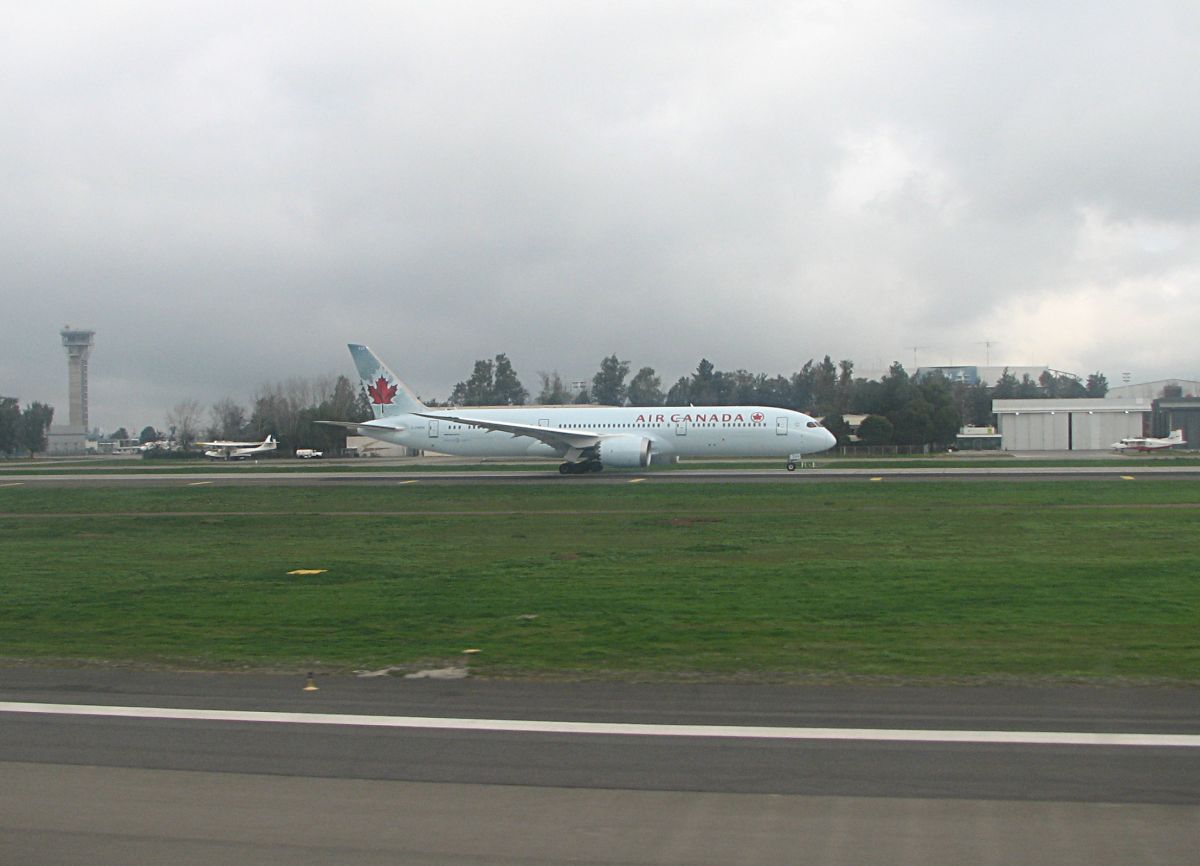
American. Hm… If you're planning a trip to Chile, keep in mind that one of the most effective ways to piss off a Chilean is calling the United States "America". You will instantly get the reply "Chile is in America, too, isn't it?" because, for us, America is a continent, not a country. So, if you want to make it back home in one piece, you should call the US "Estados Unidos", and those coming from there, "estadounidenses".
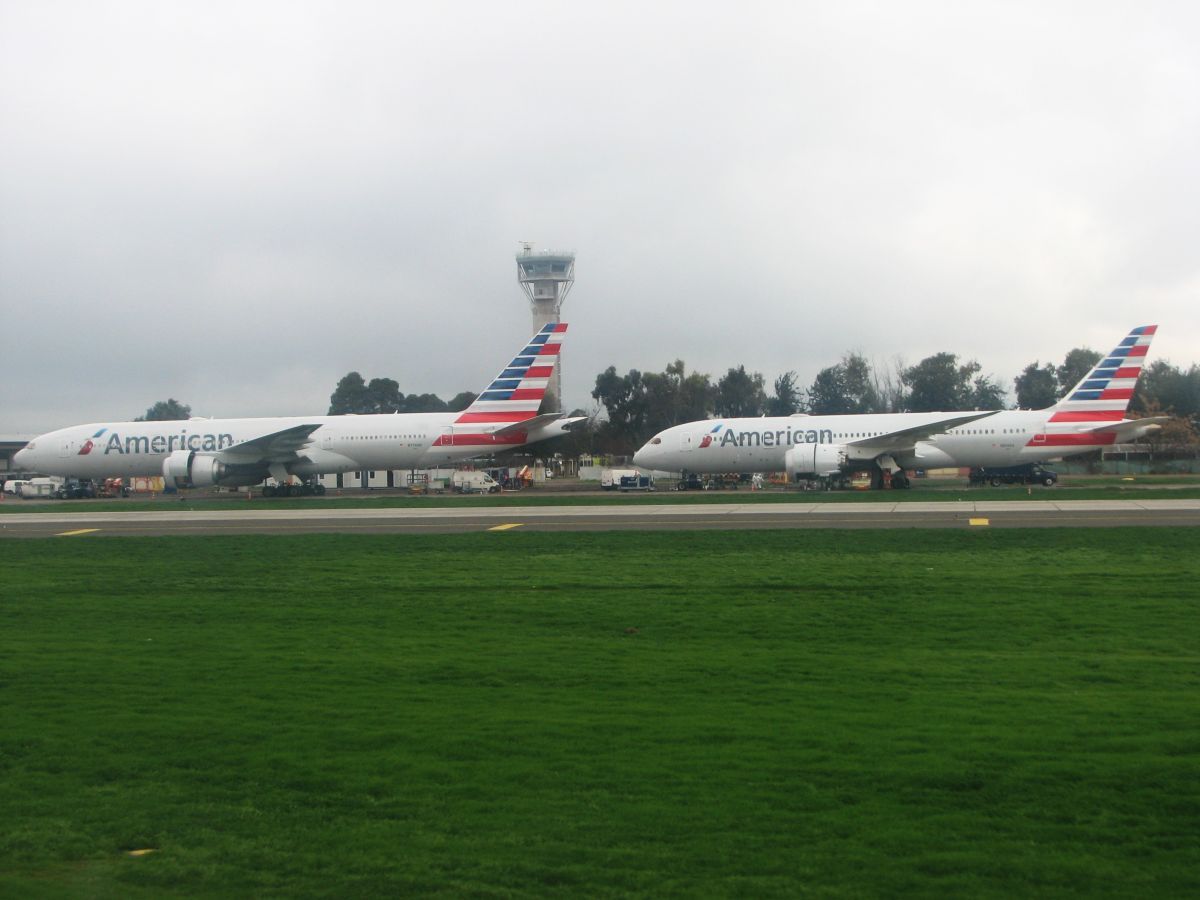
Another estadounidense.
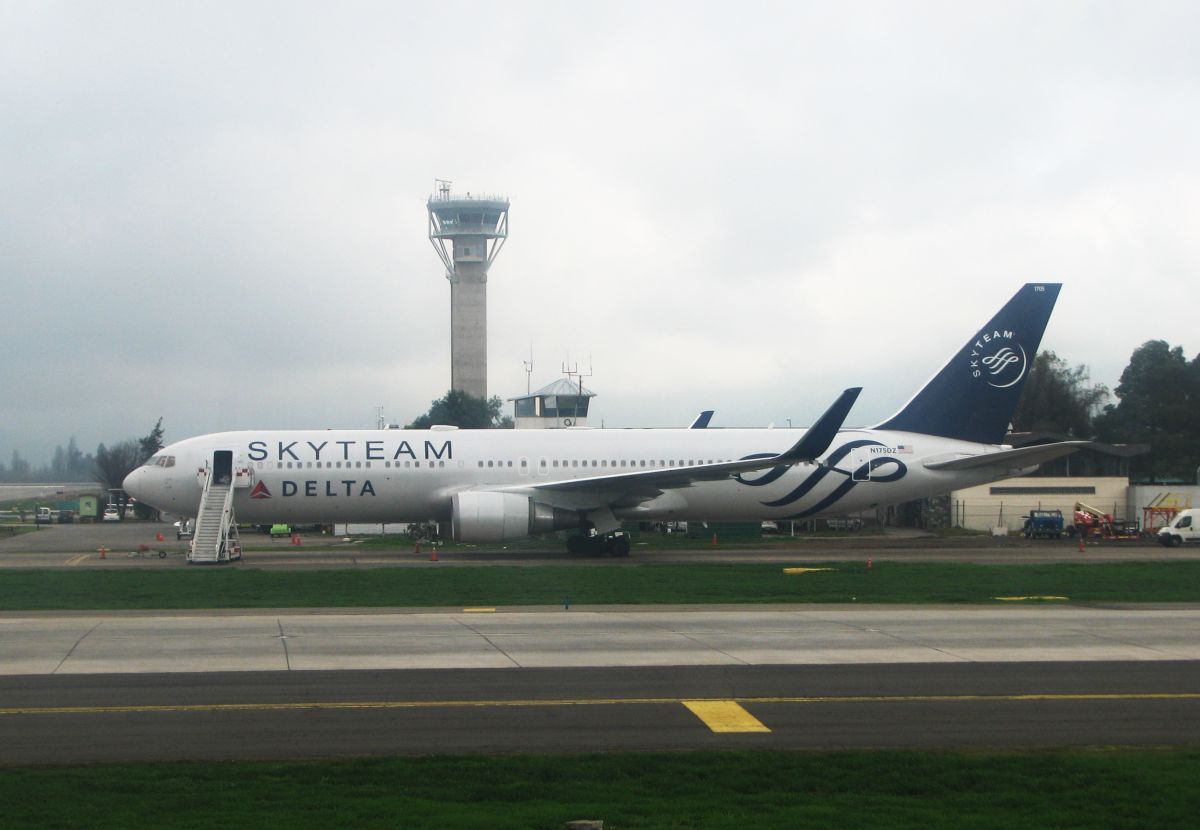
You never know when…
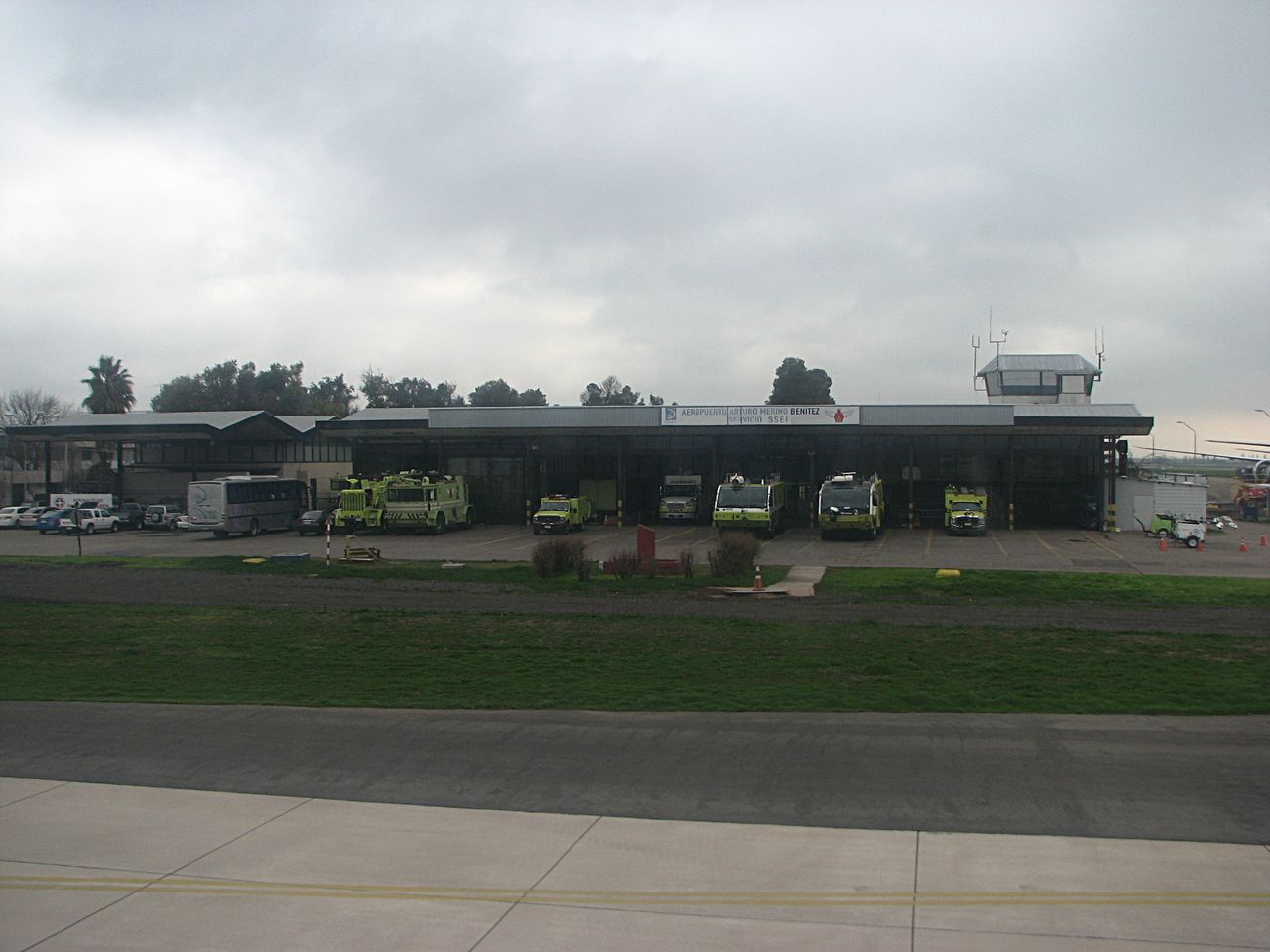
The control tower is quite far from the passenger terminal, behind the building of the national aviation authority.

LATAM, yet another Amer… oops! estadounidense, and Iberia. LATAM has taken ages to paint their aircraft with their new livery. I wonder if it has to do with the size of their fleet or that they realized it was a monstrosity and are planning new changes.
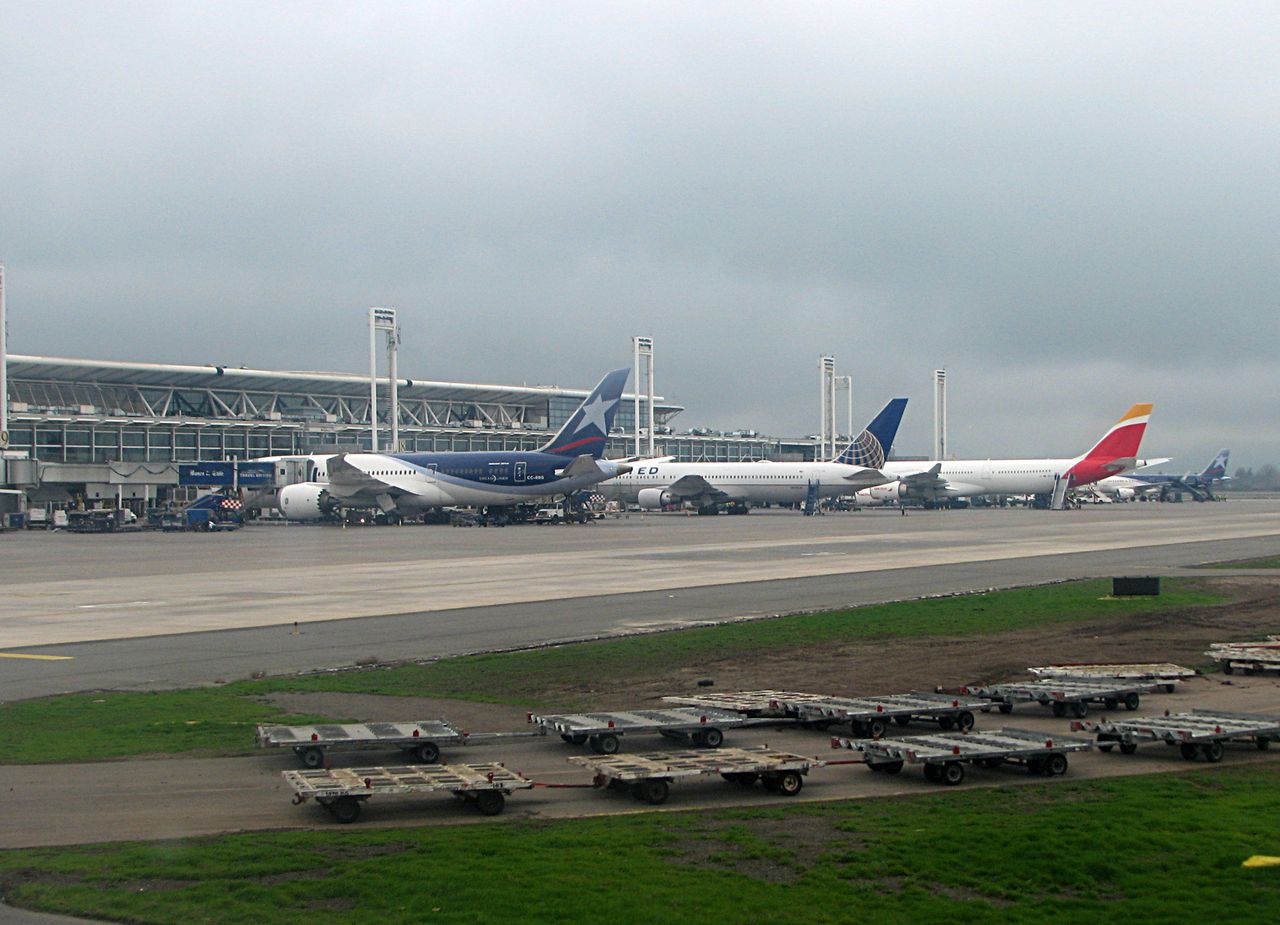
Headed for door 23.
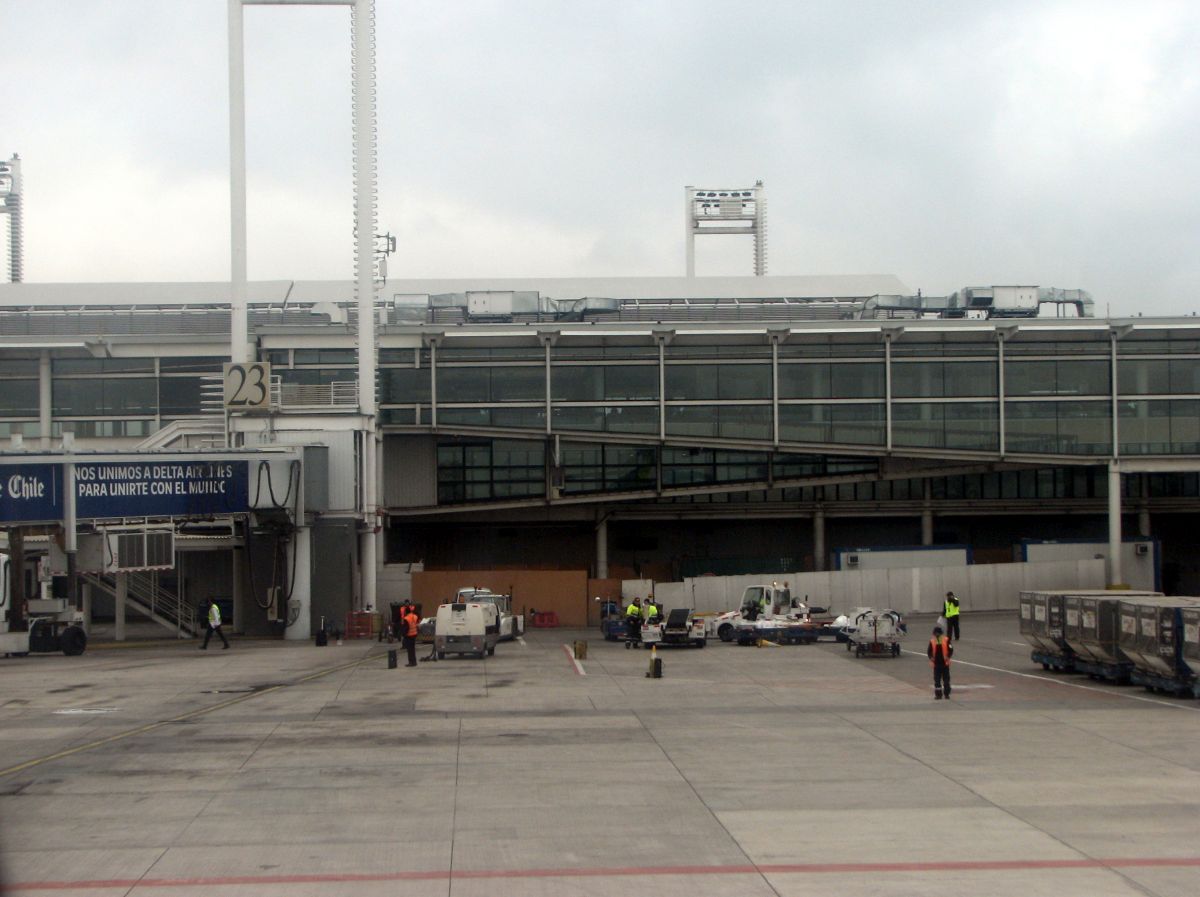
Aaaaaand….
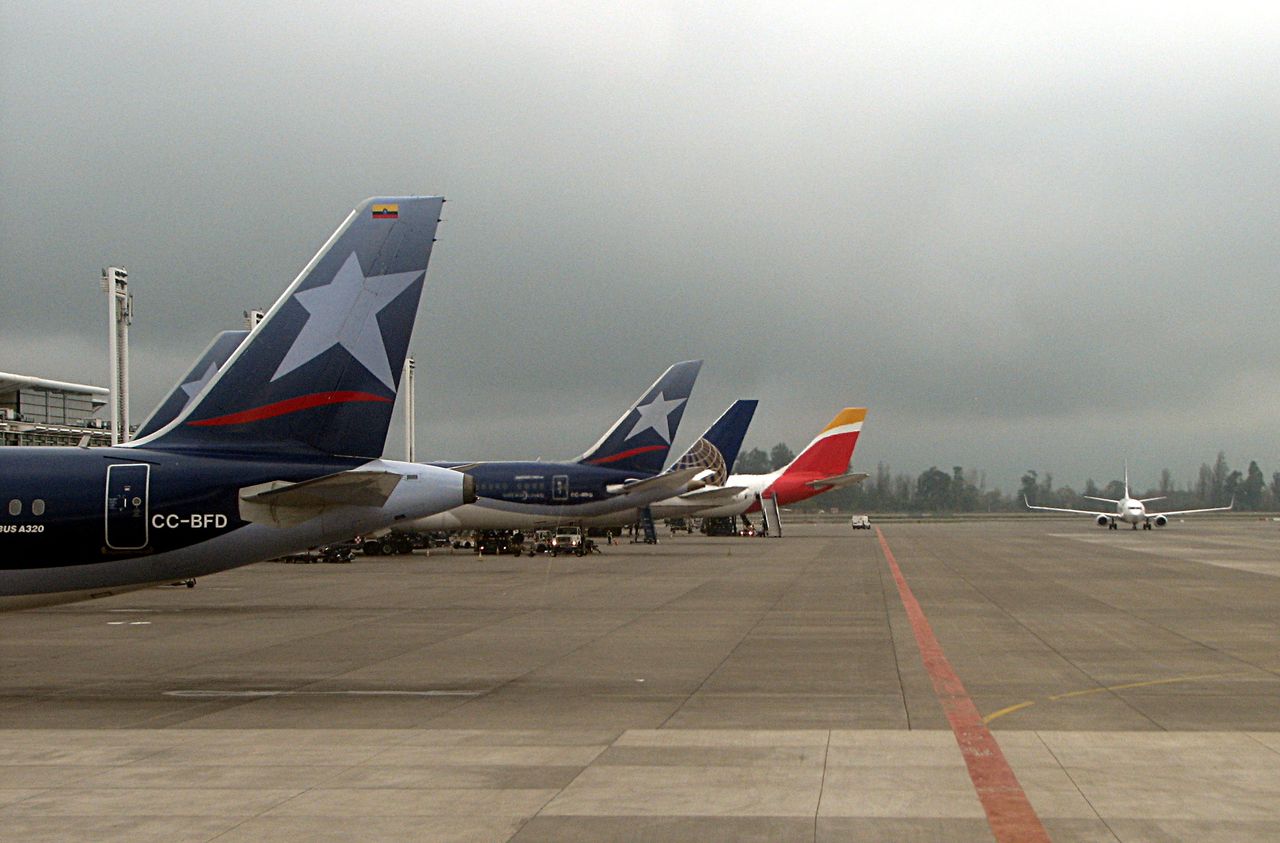
…stop.
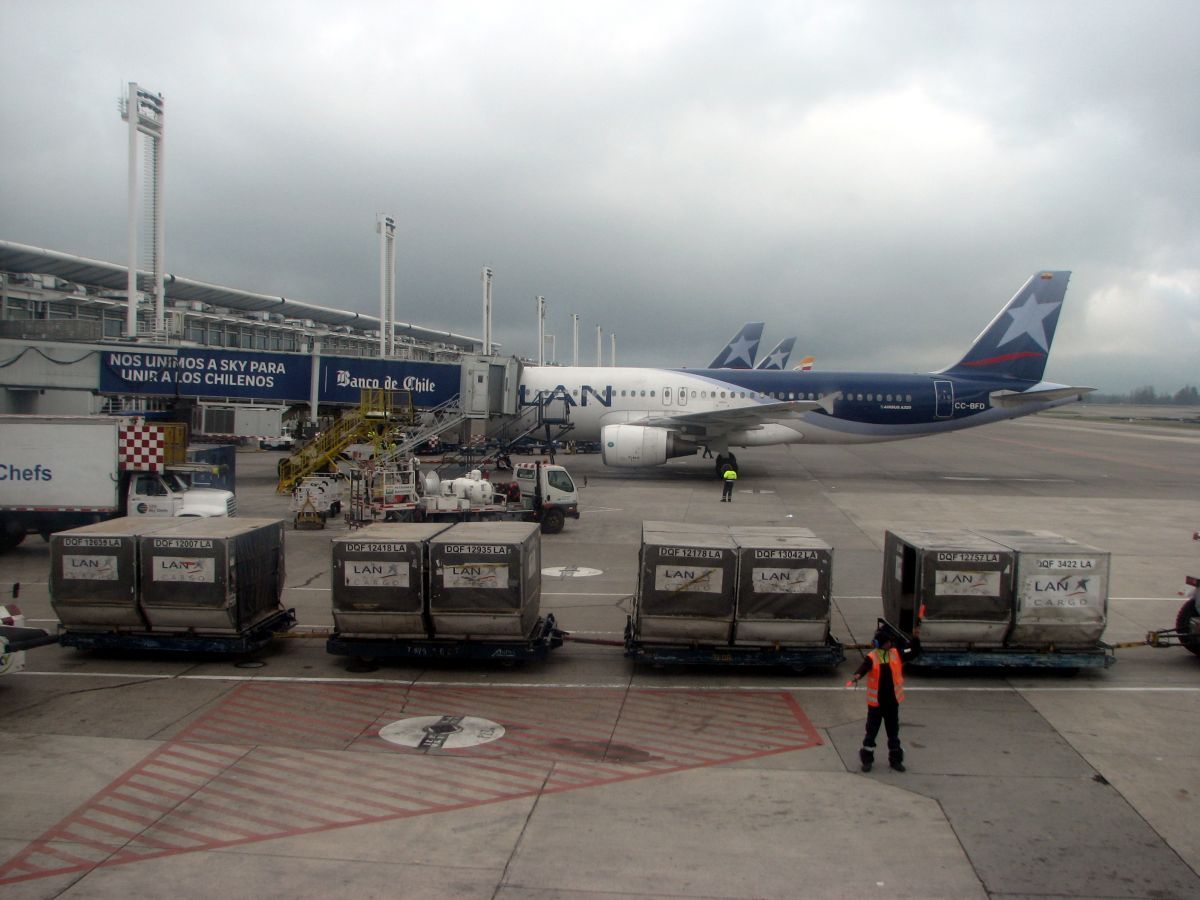
Smog, precious smog
Ahhh… fresh smog. How I missed it after two days in Copiapó.

My sore eyes and runny nose start to heal.
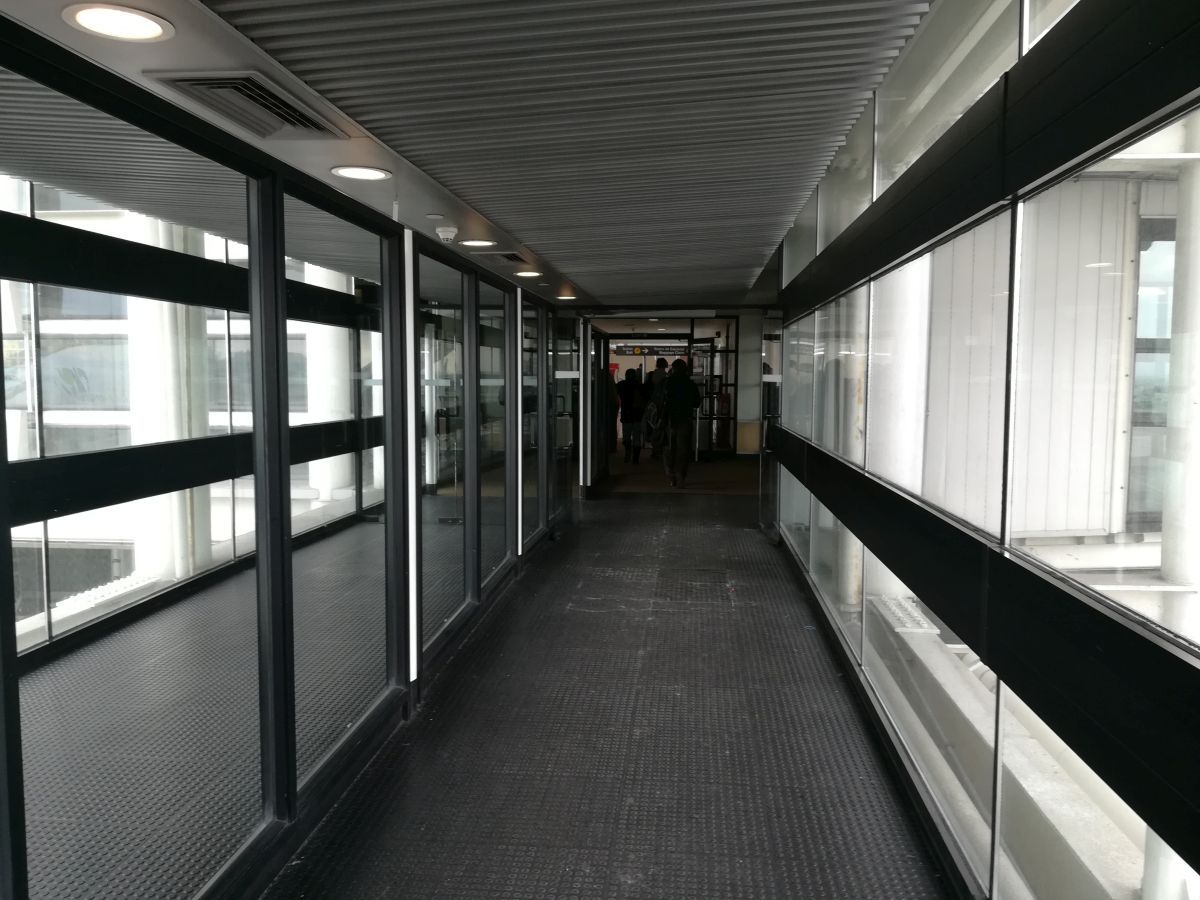
Last view of CC-AFZ.
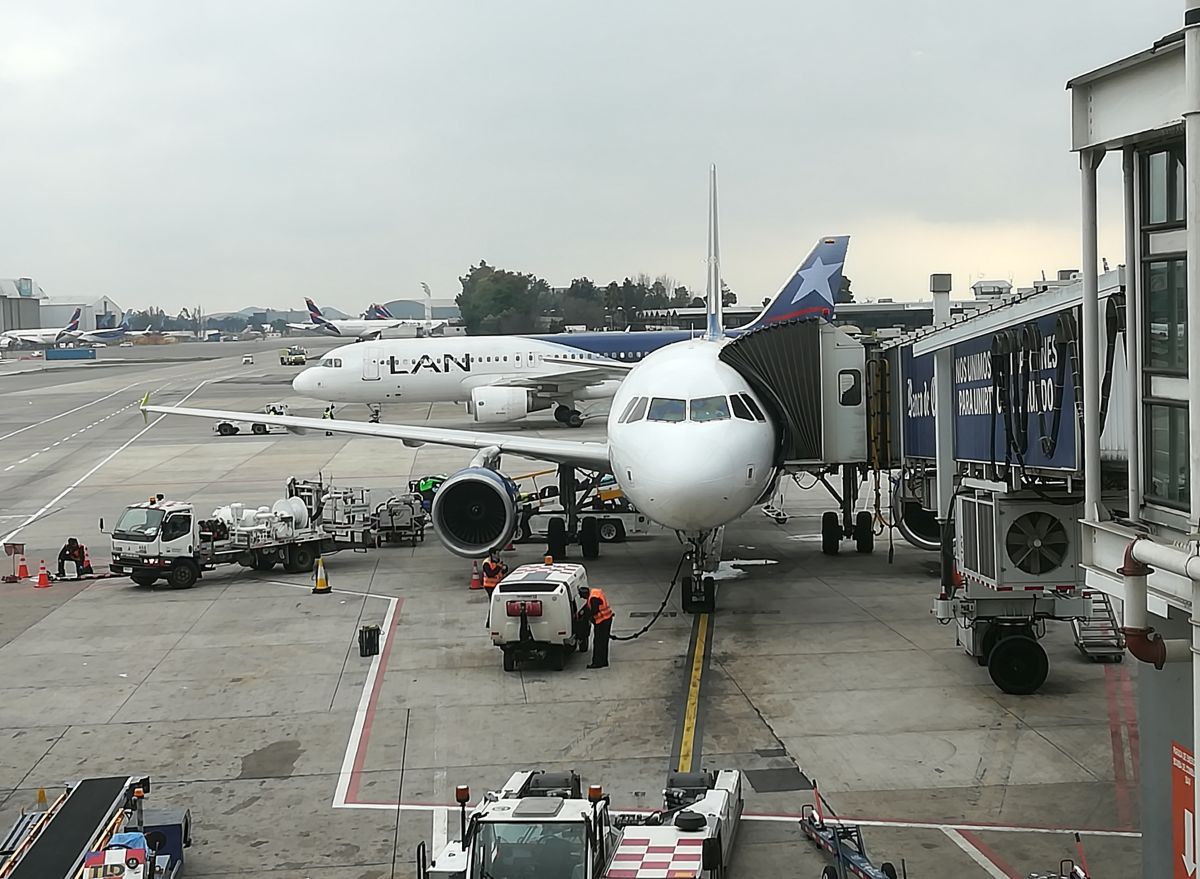
So, where now?
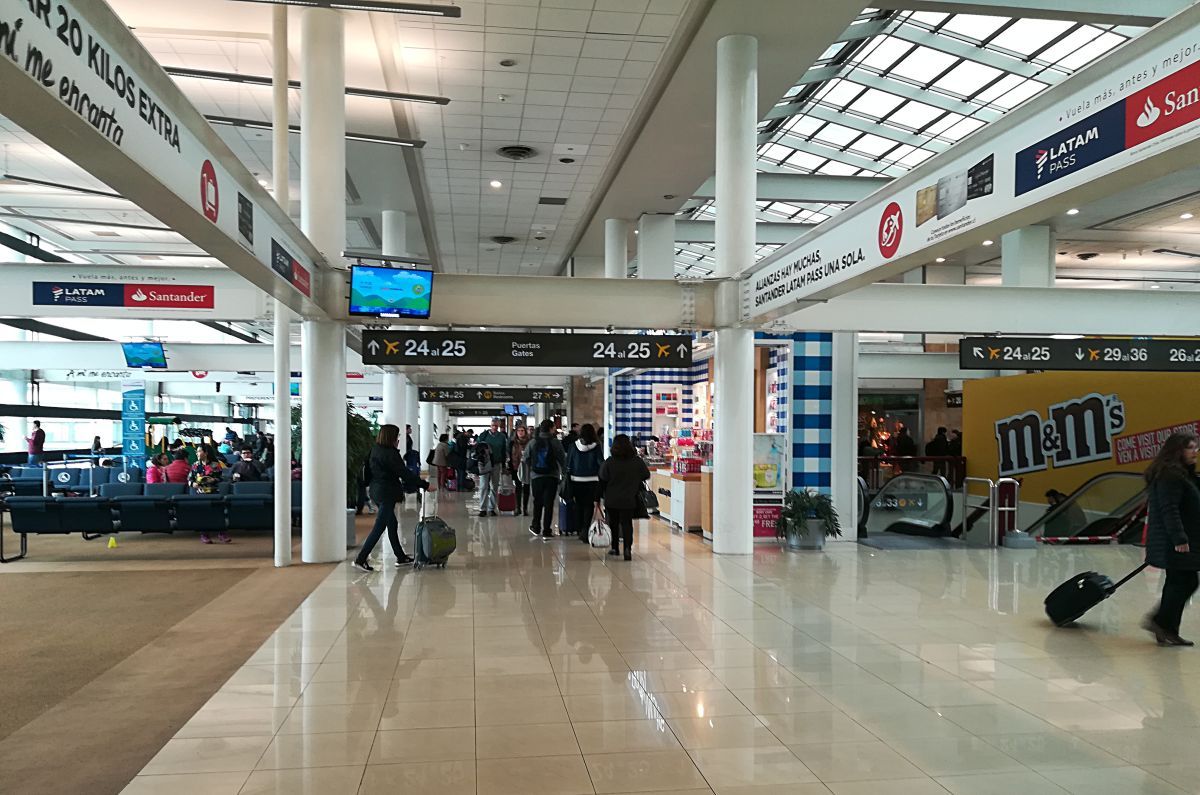
Ah, to the right. My cousin Carolina is inviting me for lunch downtown.
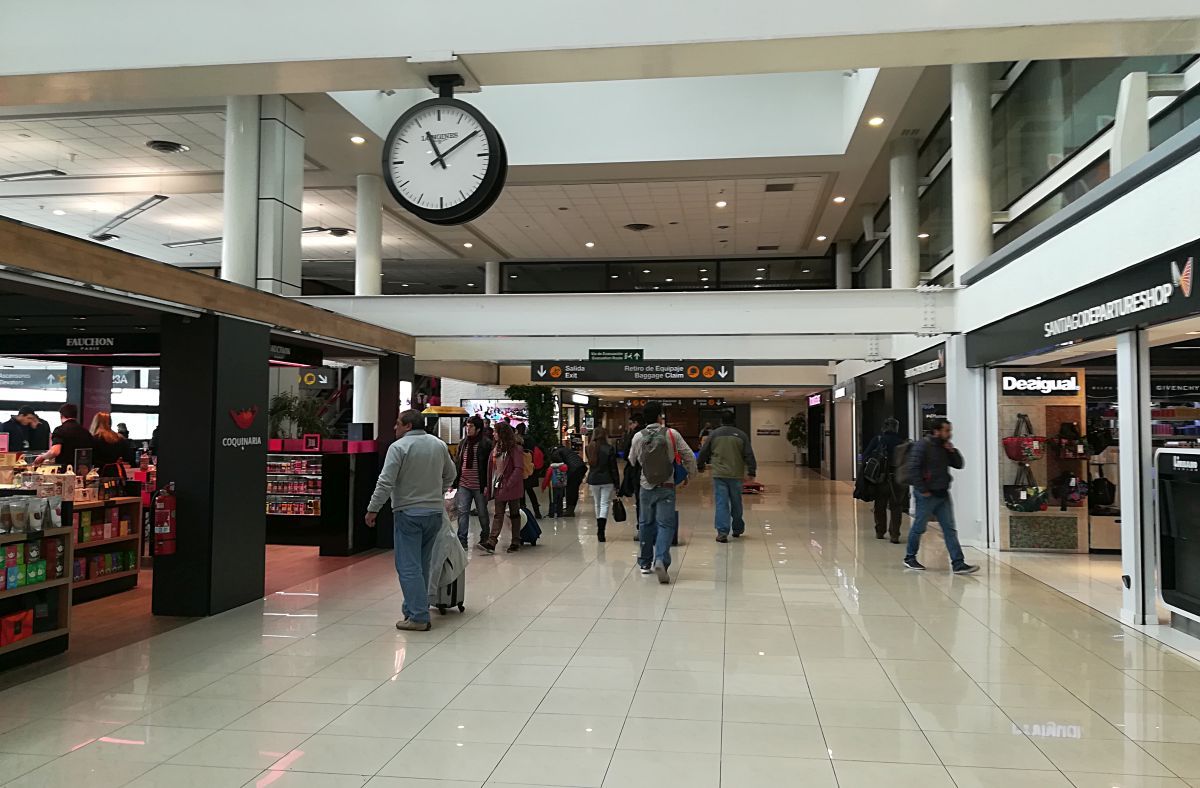
These are some technical details of the flight.
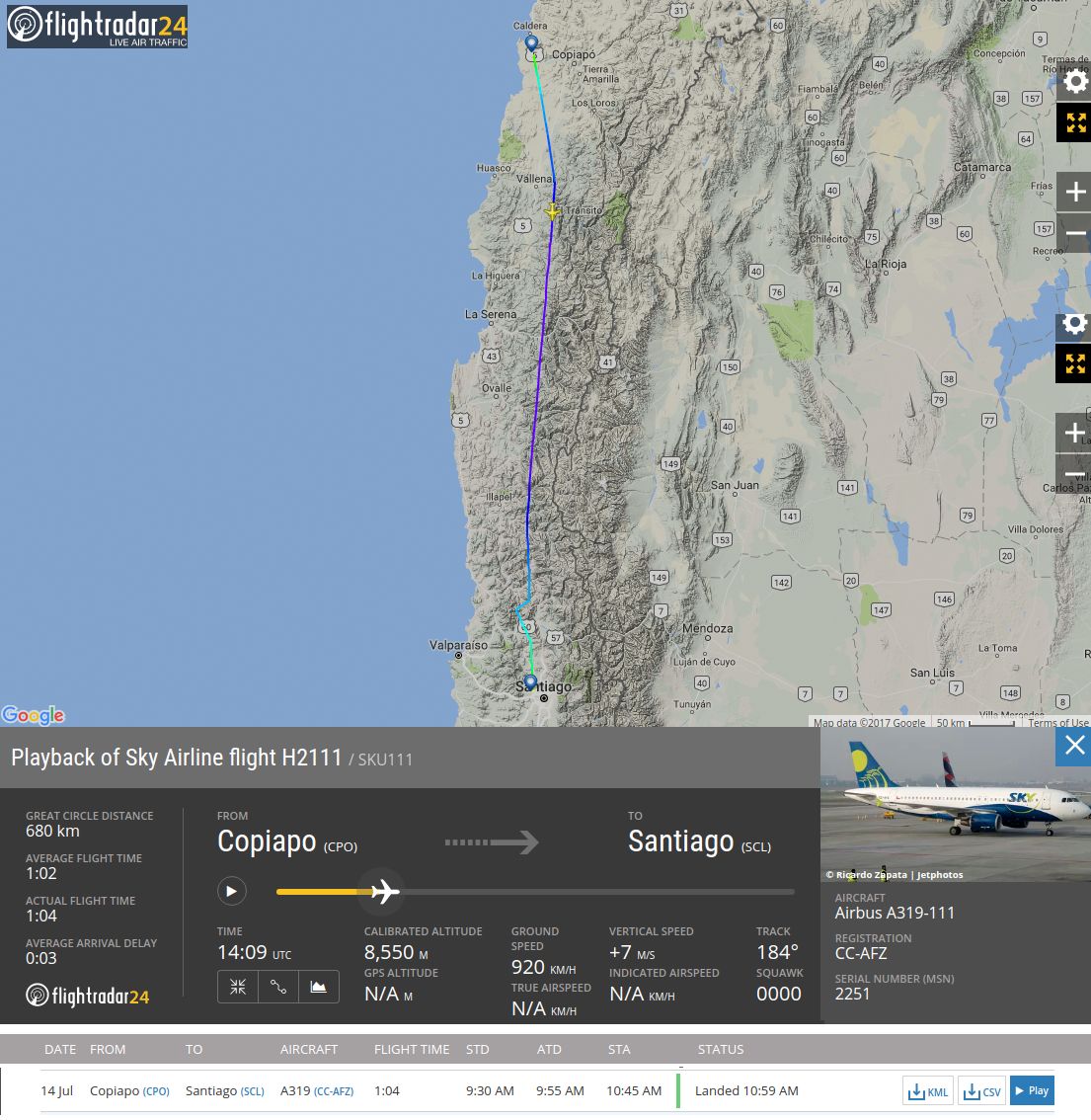
I'll meet my cousin here, in Santiago’s Plaza de Armas.

The same as in Copiapó…
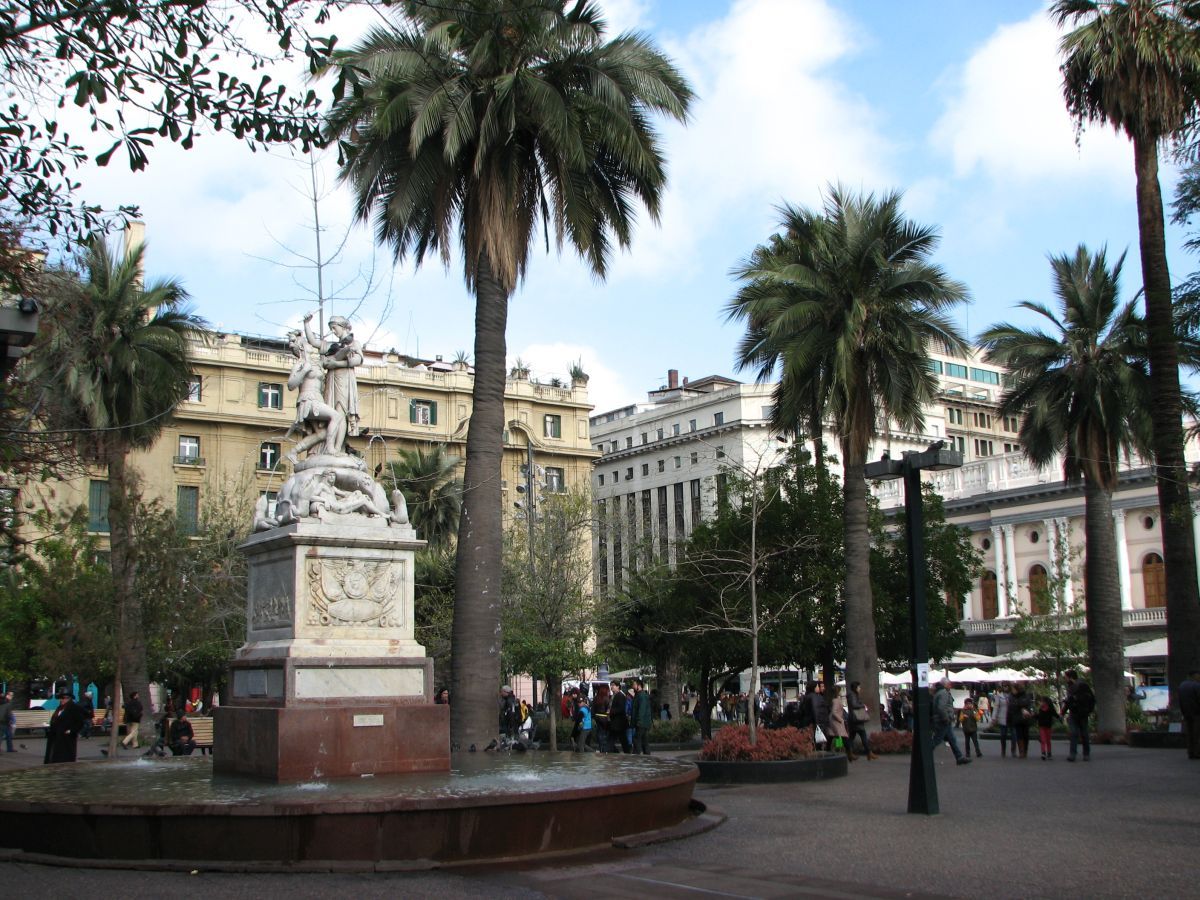
…it was originally the center of the city… (here, the Chilean police, called carabineros)
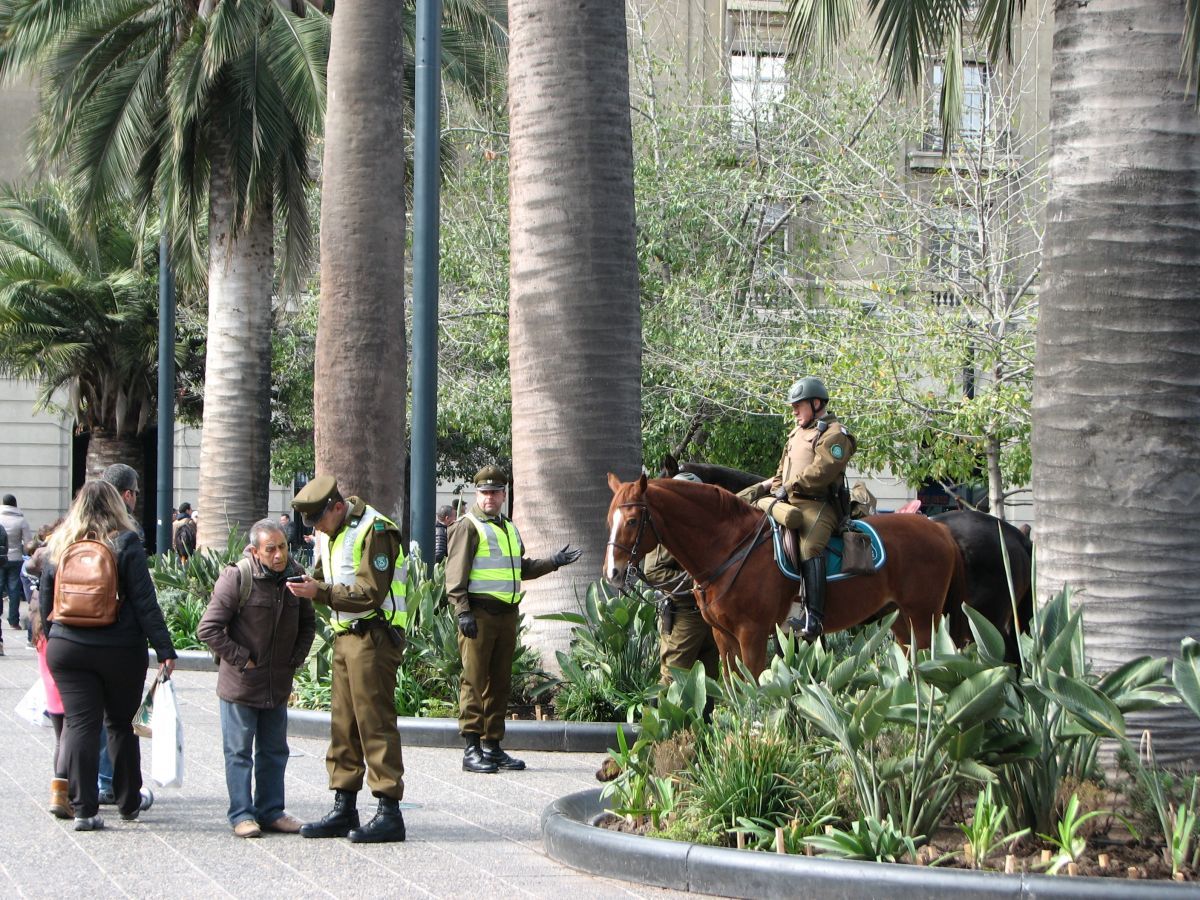
…surrounded by important buildings. Here the Catholic Cathedral on the left, and the headquarters of the national postal service on the right.
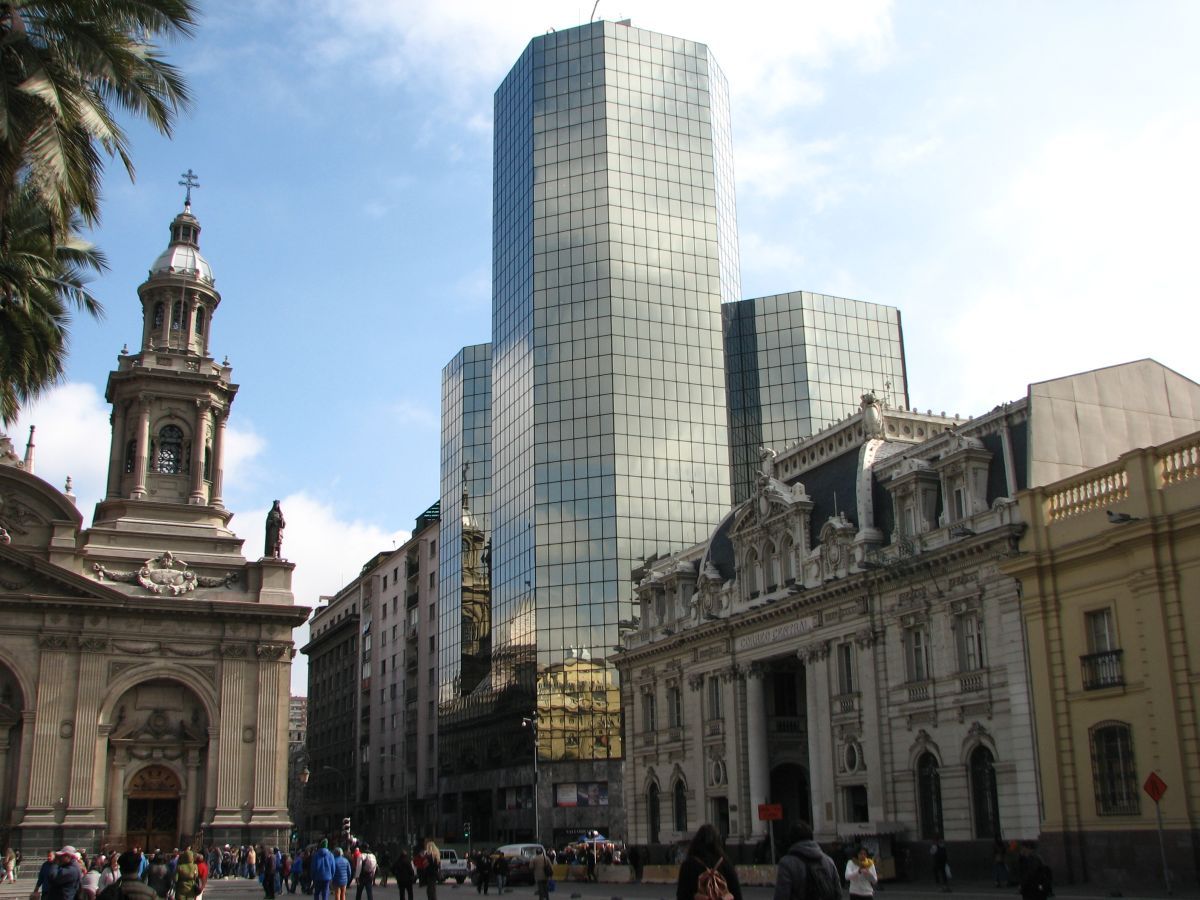
It used to have huge trees, and people would take cover from the summer heat in their shade, but it was redesigned some years ago. The lawn was replaced with cement, and the trees with palm trees that give no shade. It's a "cauldron" of cultures not only because of the large number of Peruvian and Haitian immigrants that gather here, but because this is where they all boil together in summer.

Street art still flourishes here, though.
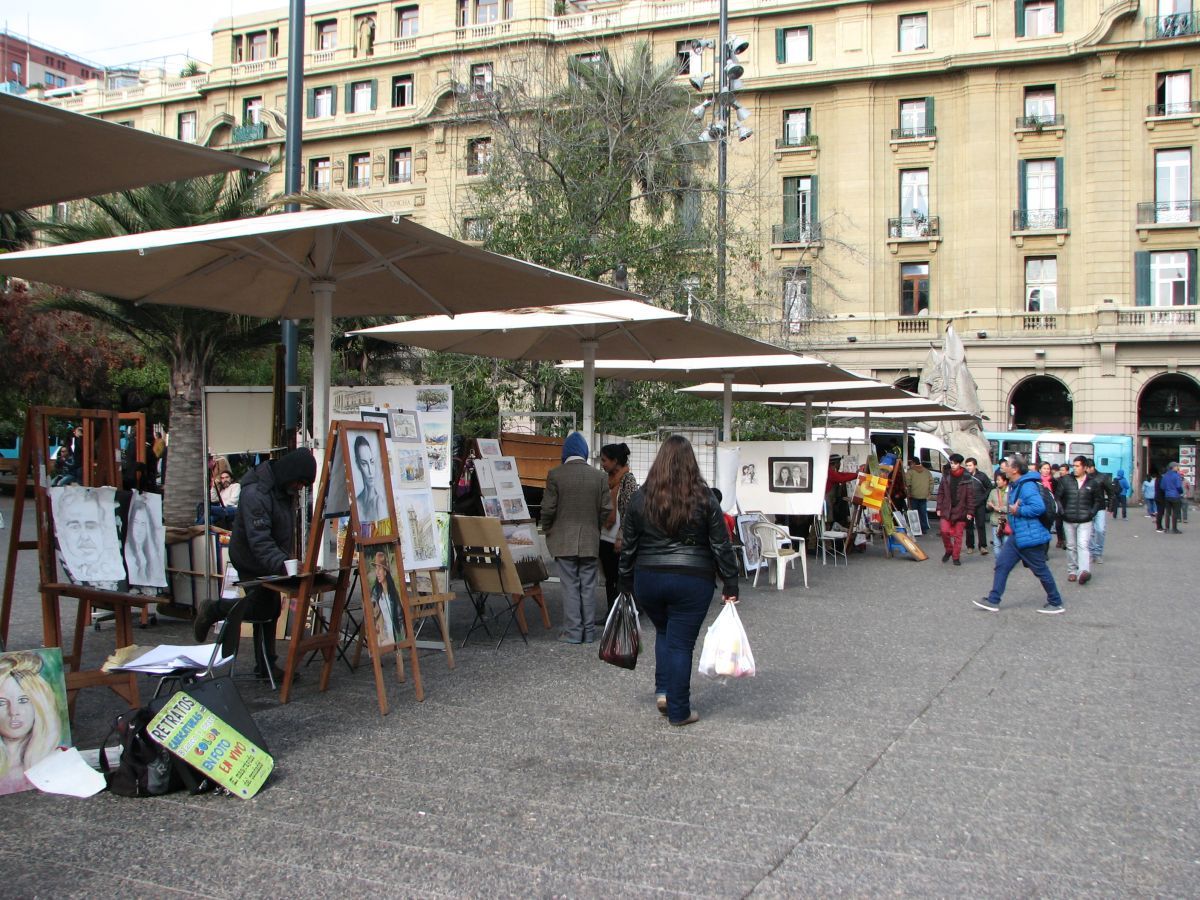
Thanks for reading! See you soon for the second stage of my trip: Montevideo!!
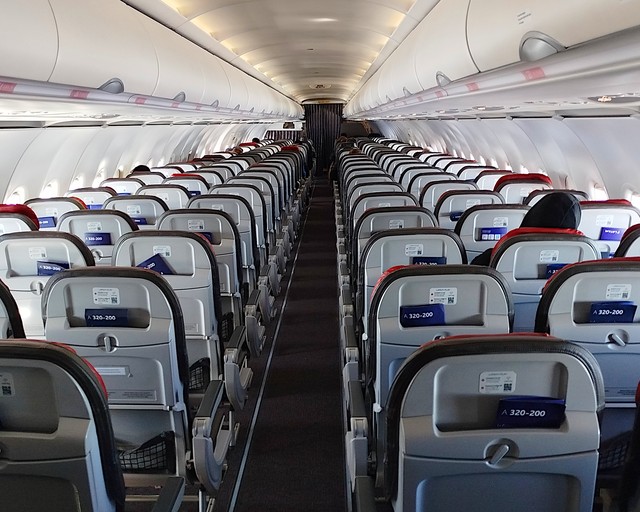
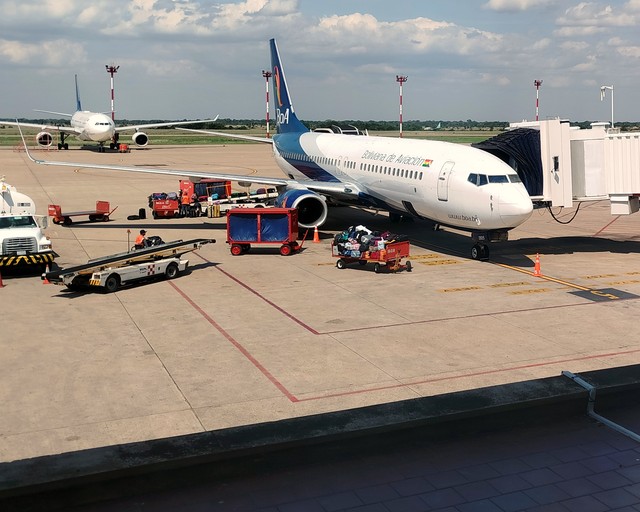
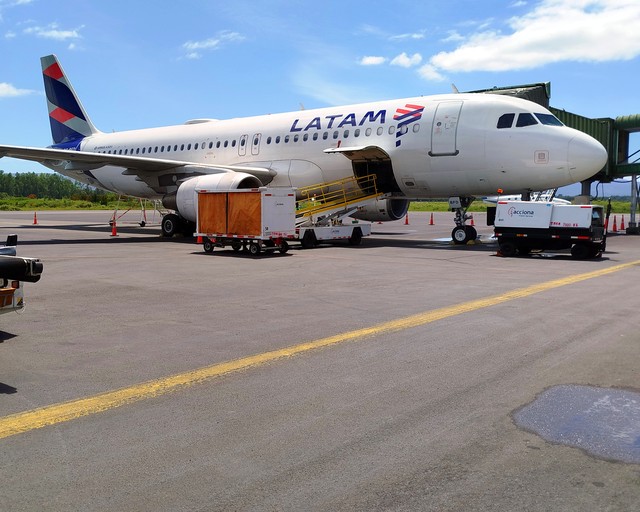
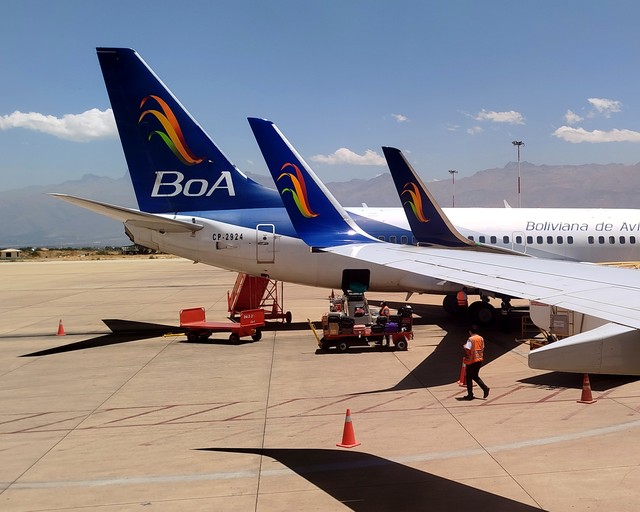
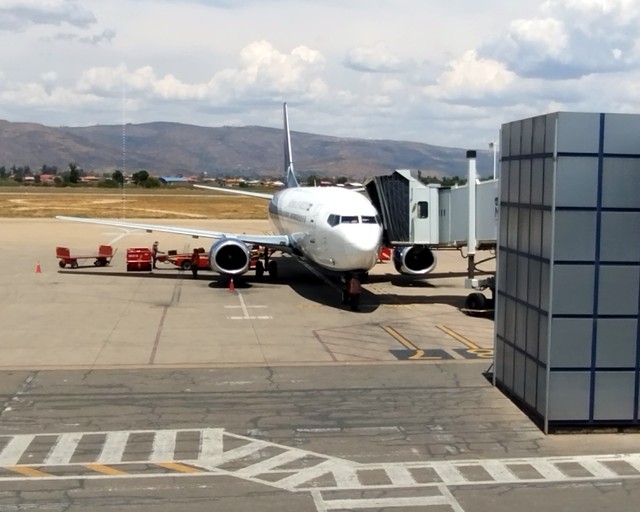


Nechus,
Tus relatos son siempre preciosos. A mí me parece que estoy a volar y disfrutar de tus viajes contigo. Yo, después de lo de los 33, esperaba que Copiapó estuviera un poco más moderna, pero sigue todo igual. ¿Vas a venir cuando a Brasil? Un cordial saludo!
SPANISH (ENGLISH BELOW)
Hola Rafael!
Muchas gracias por tu comentario! Copiapó fue decepcionante para mí también. Por alguna razón, los "pueblos mineros" suelen ser feos en Chile. Incluso ciudades grandes como Rancagua o Calama, con una activa industria minera, son horribles. Me pregunto si lo mismo ocurre en todo el mundo.
Voy a visitar Florianópolis y Balneário Camboriú la última semana de octubre. Estoy ansioso! Amo Brasil!
Que estés bien!! ^^
ENGLISH
Hi Rafael!
Thanks a lot for your comment! Copiapó was disappointing for me, too. For some reason, "mining towns" are usually ugly in Chile. Even large cities like Rancagua or Calama, which have an active mining industry, are horrible places! I wonder if the same thing happens around the world.Balneário Camboriú
I will be visiting Florianópolis and Balneário Camboriú the last week of October. I'm very excited! I love Brazil!
Take care! ^^
Nice to hear that you will come to Brazil next October. If you ever come to Northeastern Brazil, feel free to contact me and you can do some spotting around here! Amo escribir en castellano y terminé por olvidarme de contestar en inglés... jejejeje... Have safe trips always!
Oh! Muito obrigado. O norte do Brasil está na minha lista de lugares que eu quero visitar. O português é a minha língua favorita, mas não sei falar muito. Aprendi um pouco quando visitei o Brasil em 2013. Espero aprender mais. Não é difícil de aprender. Espanhol e português são quase a mesma coisa. Adoro as músicas do Djavan. "Um dia frio, um bom lugar para ler um livro..." rsrsrsrs Adoro. ^^
Já escreves perfeitamente em português! Parabéns!